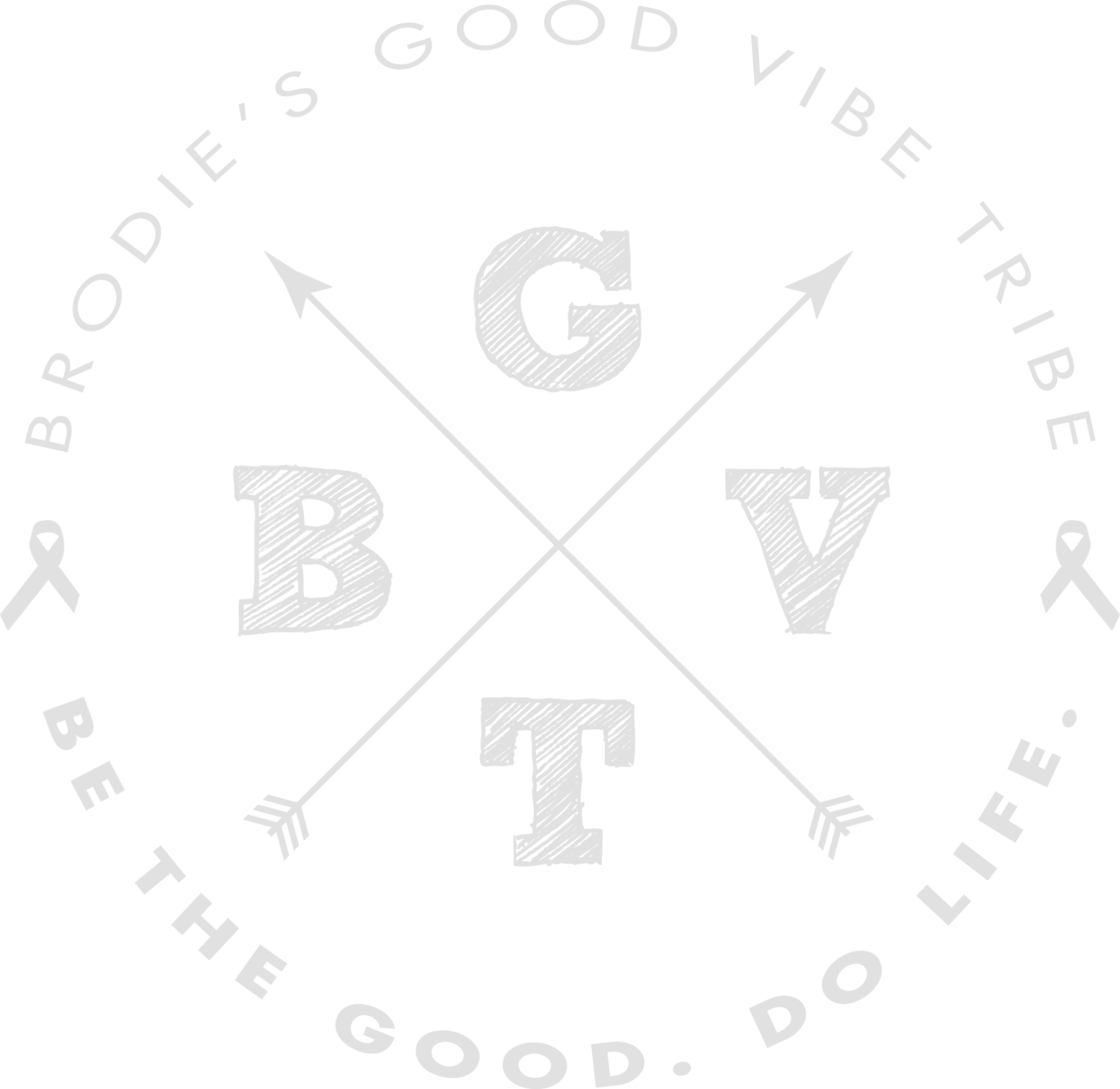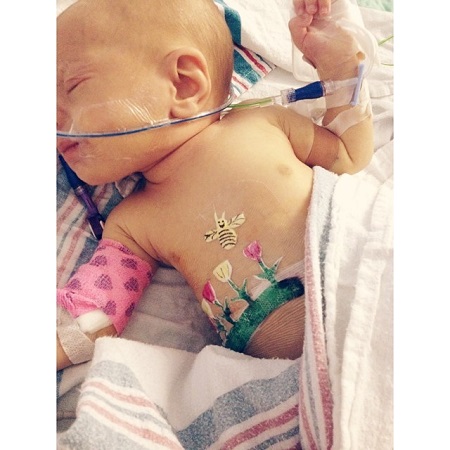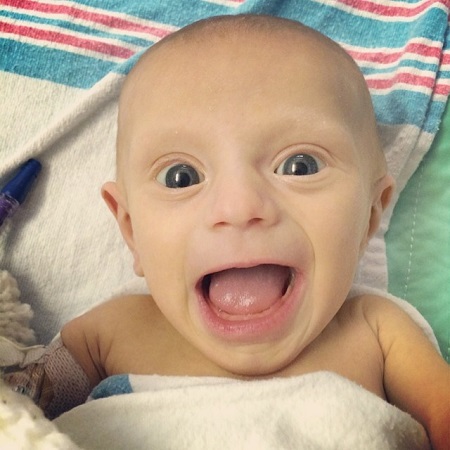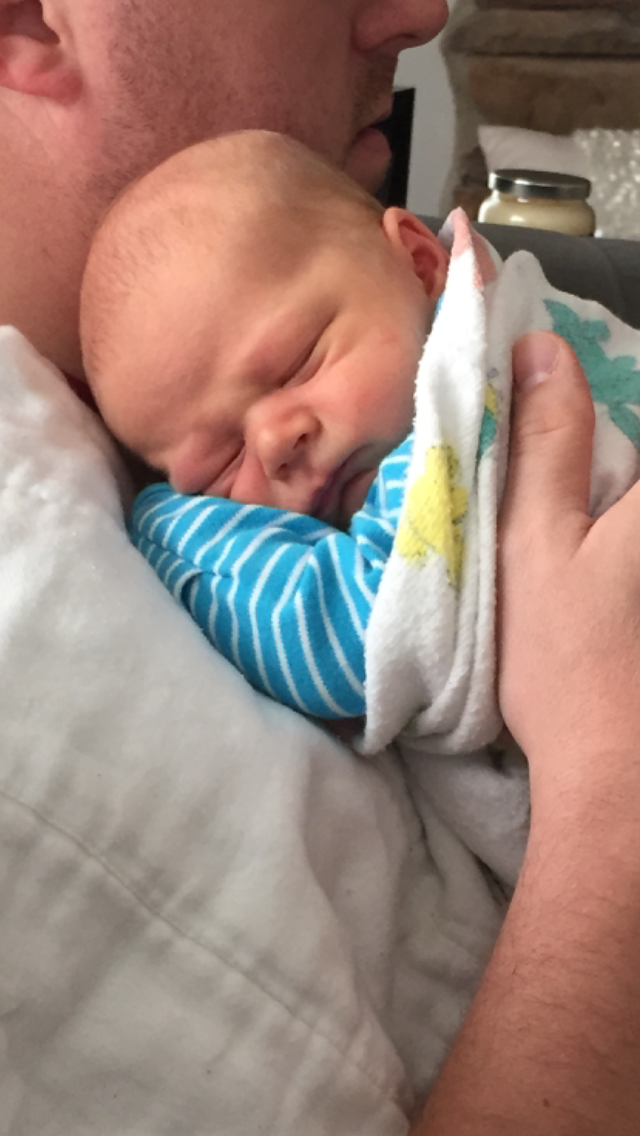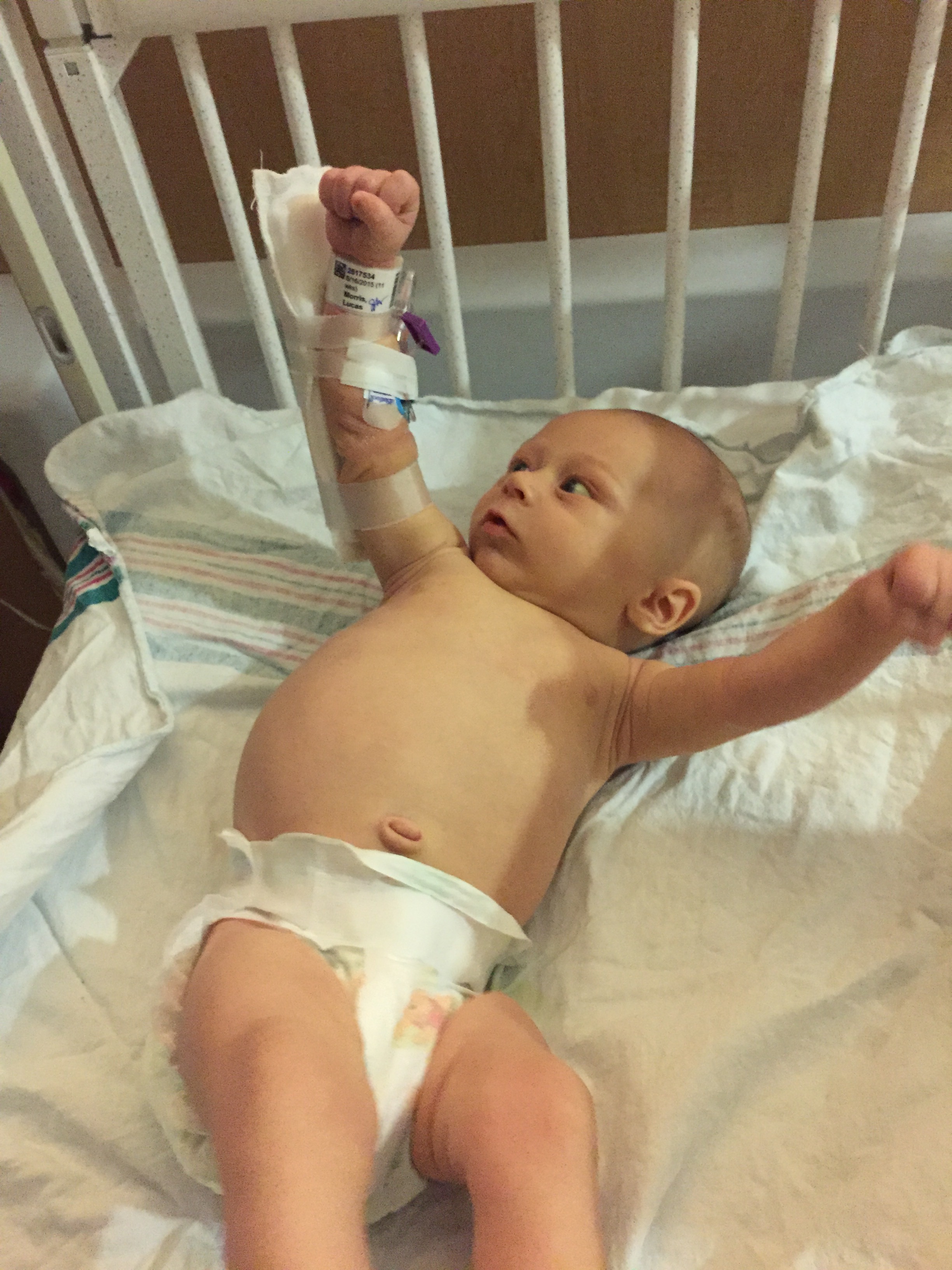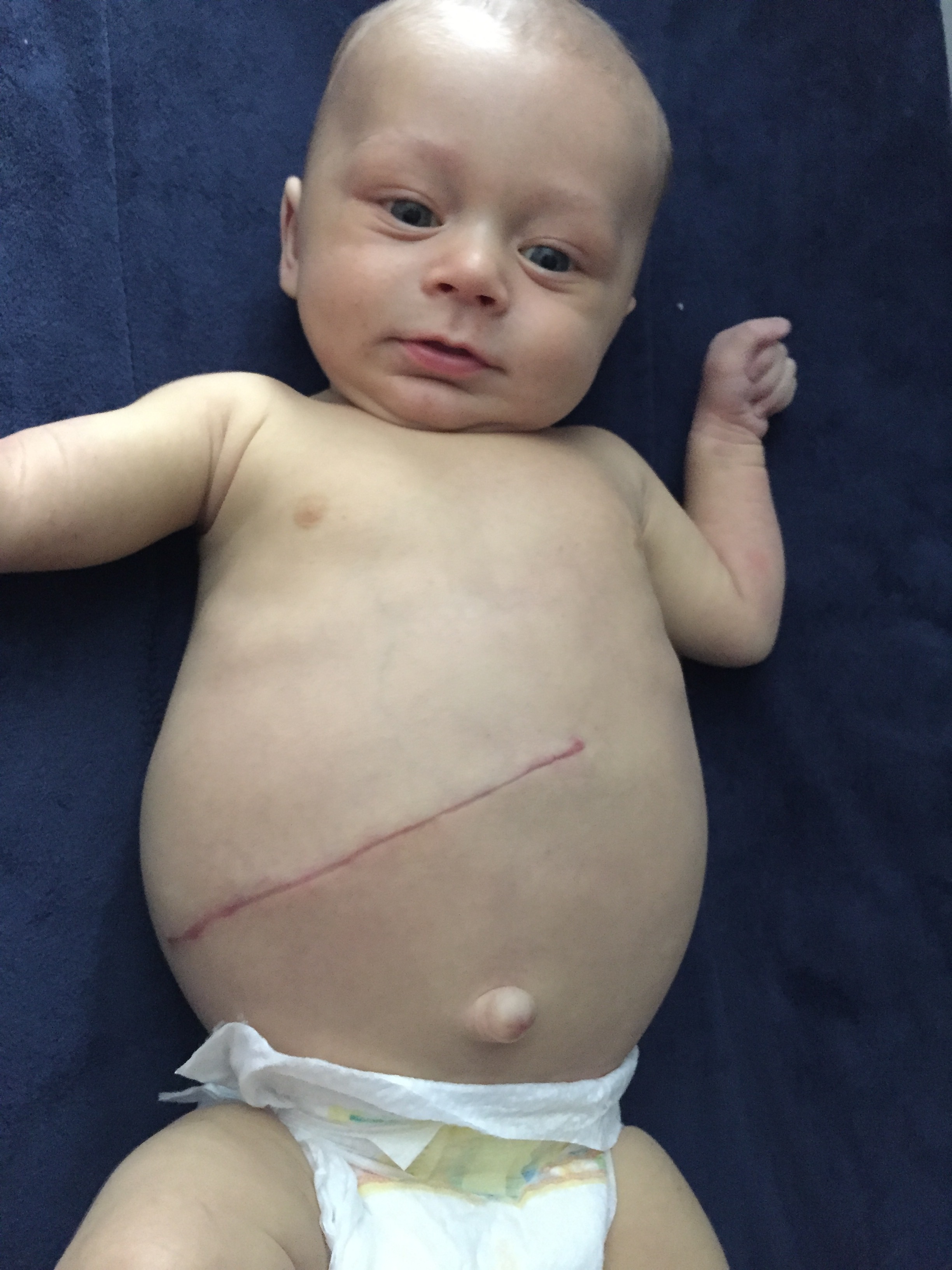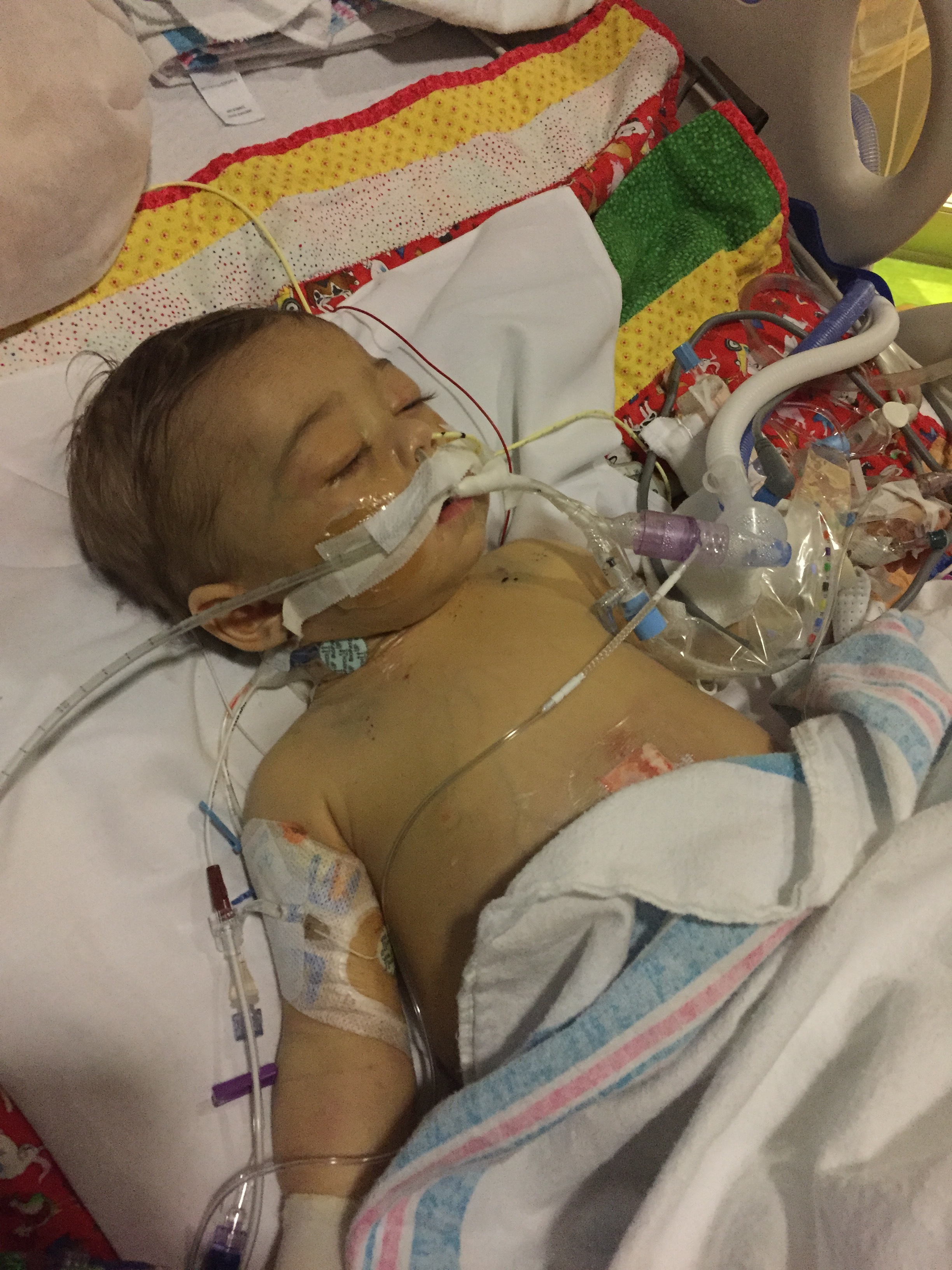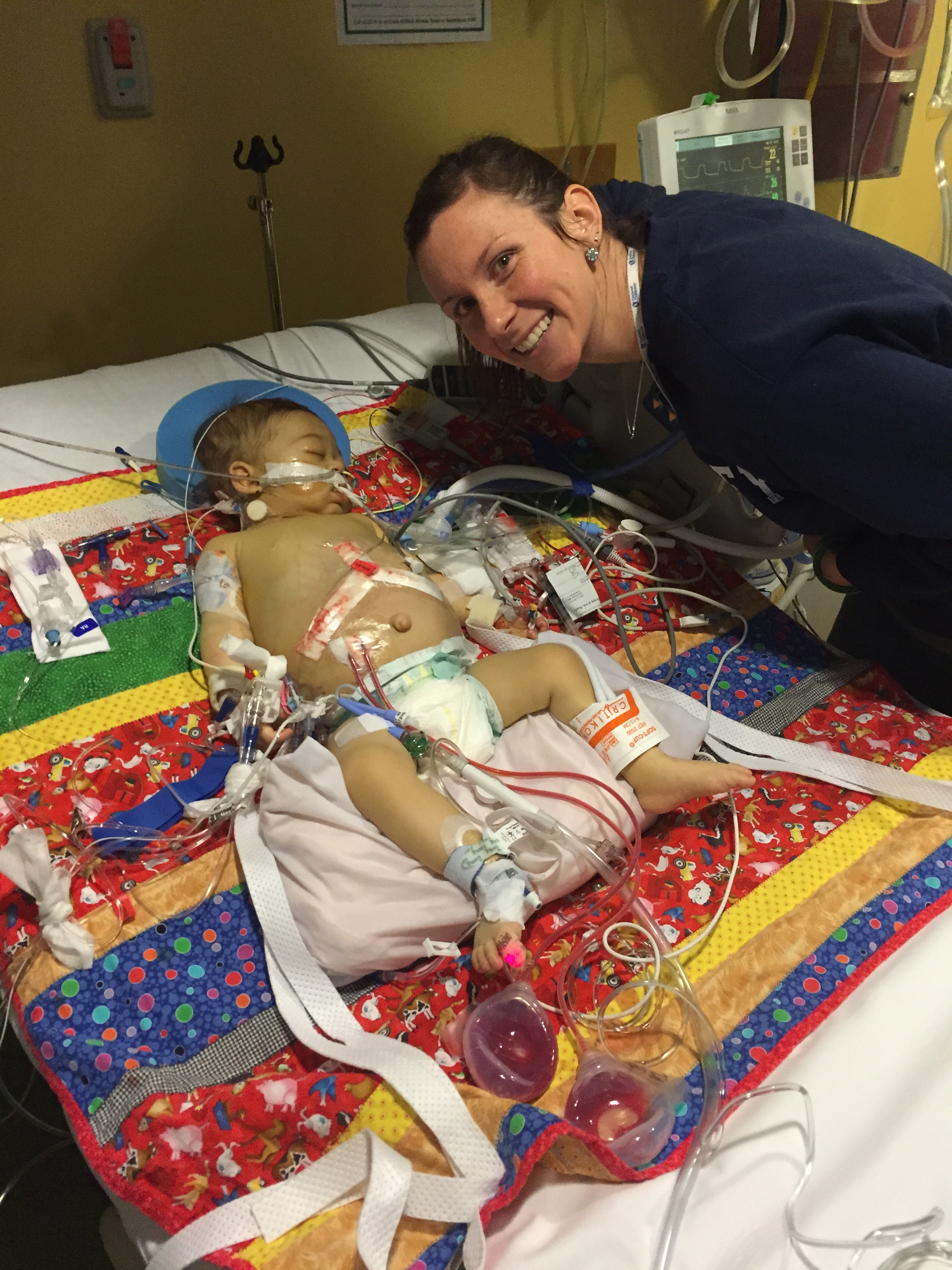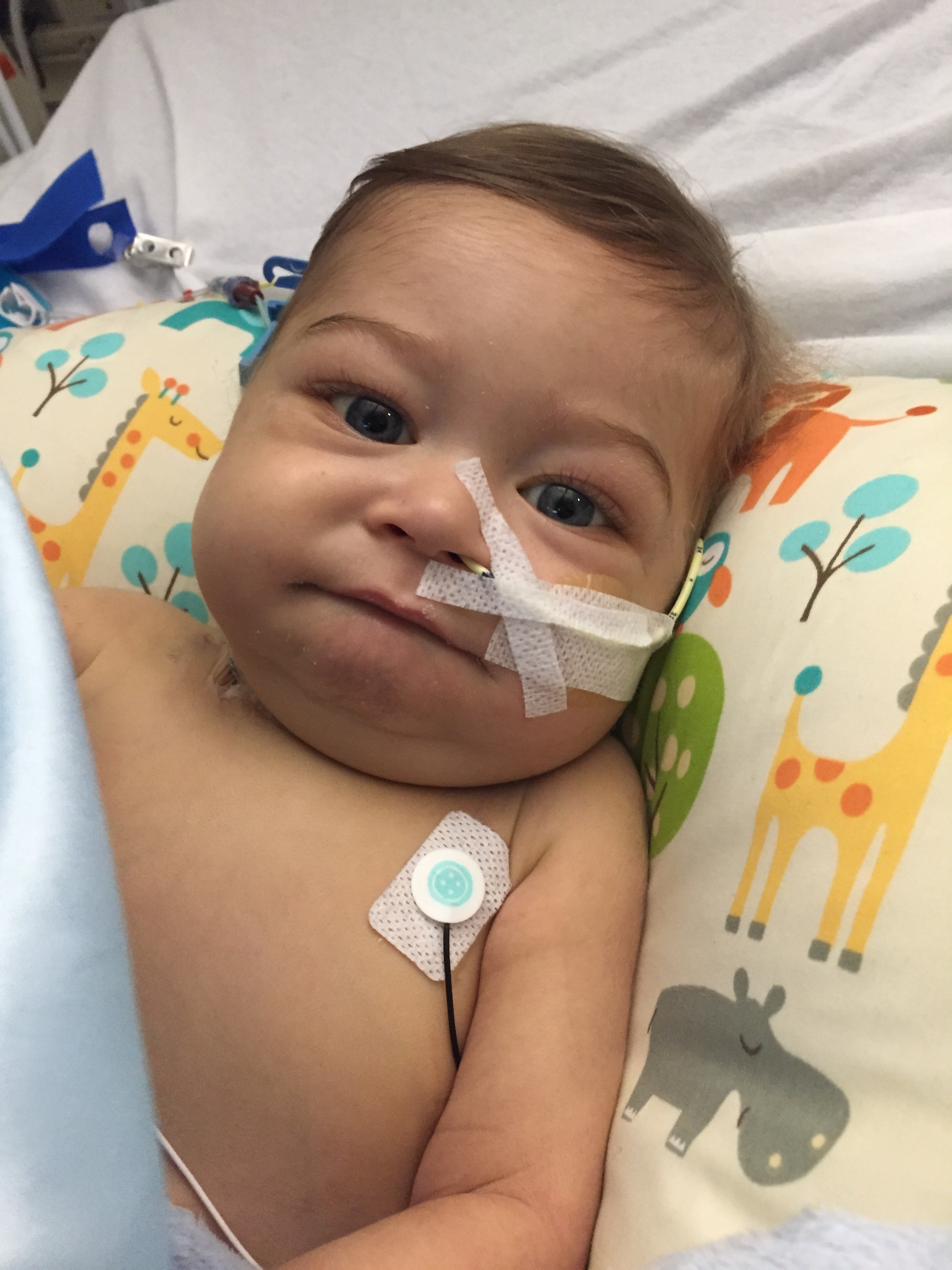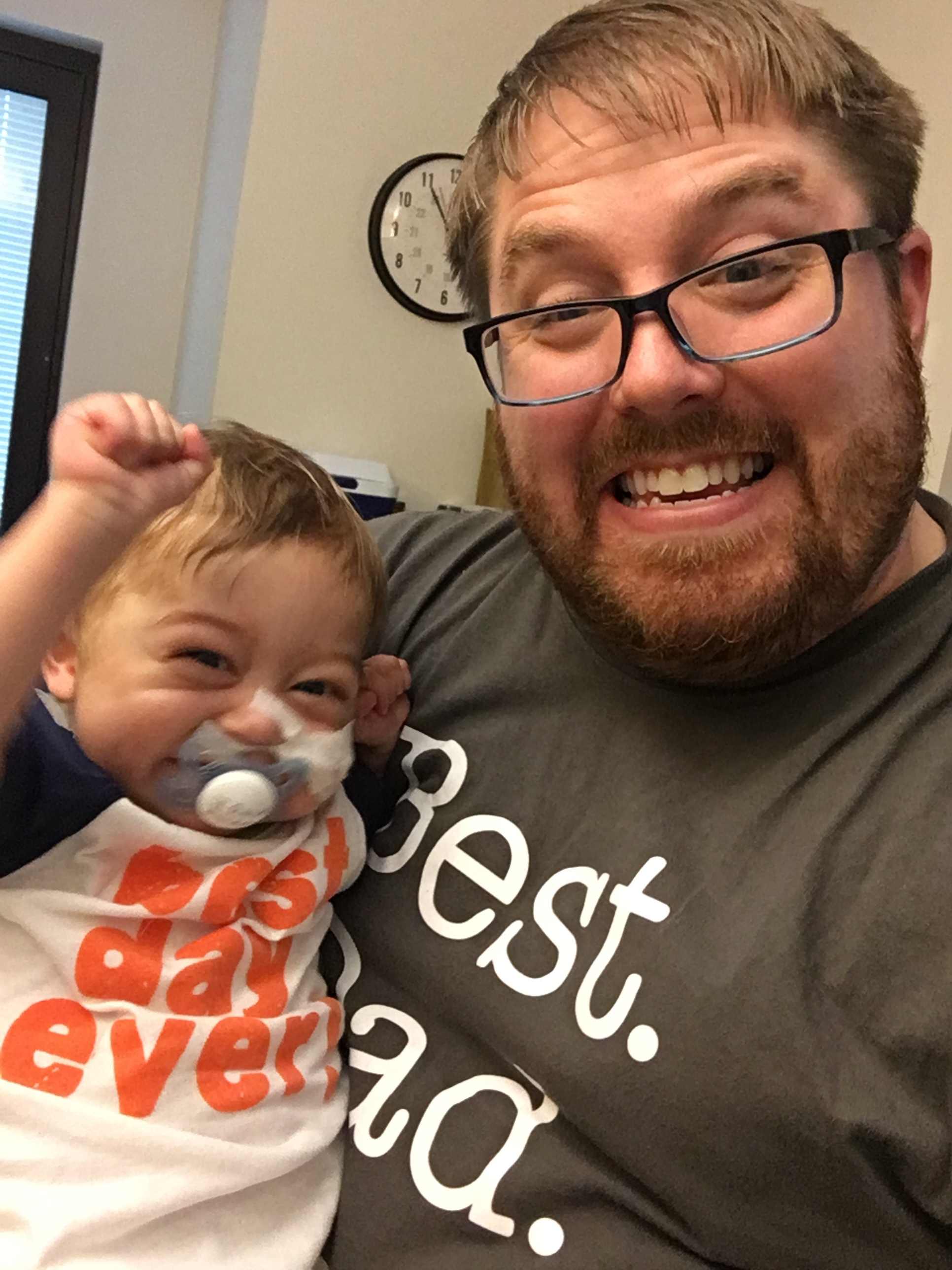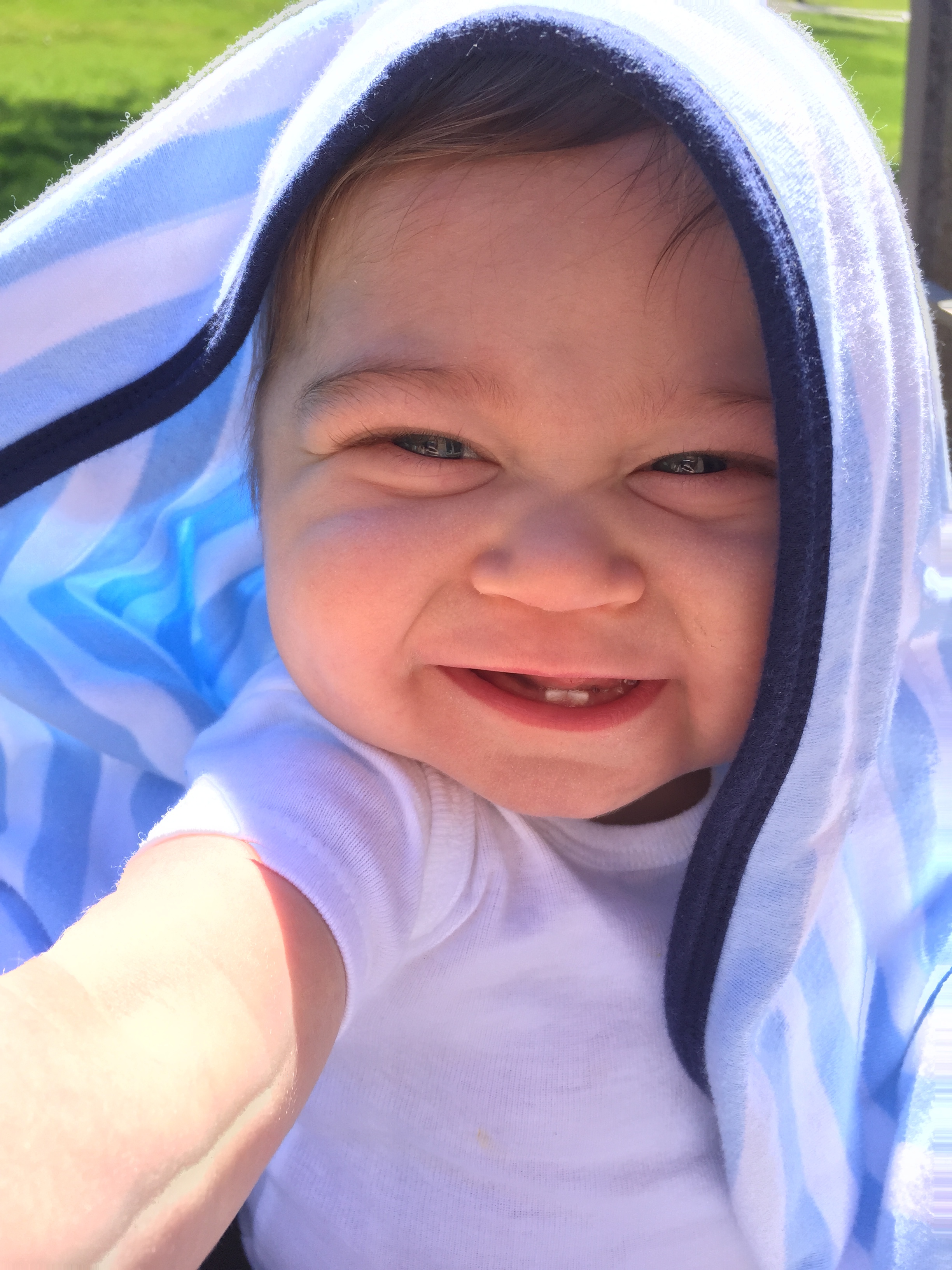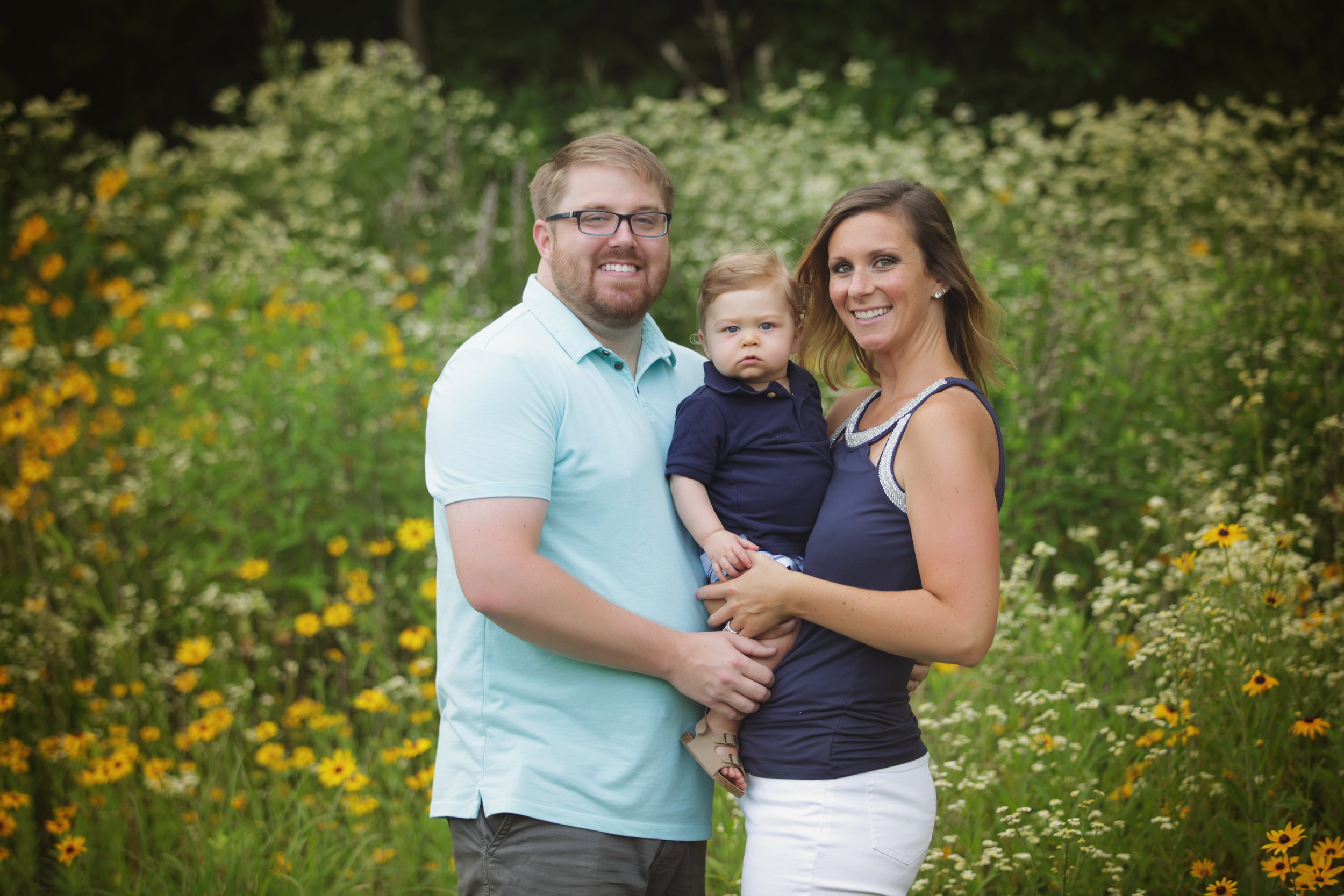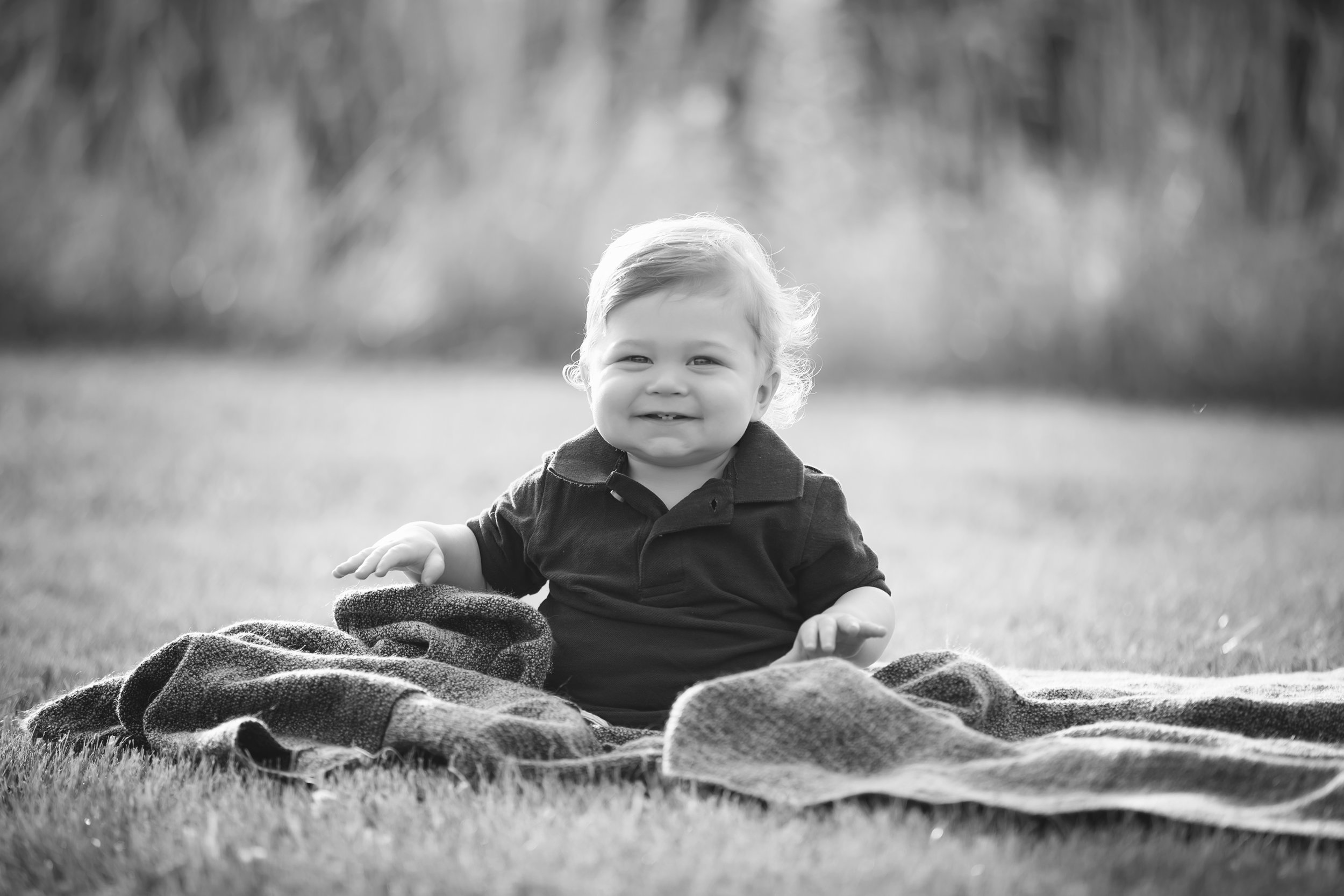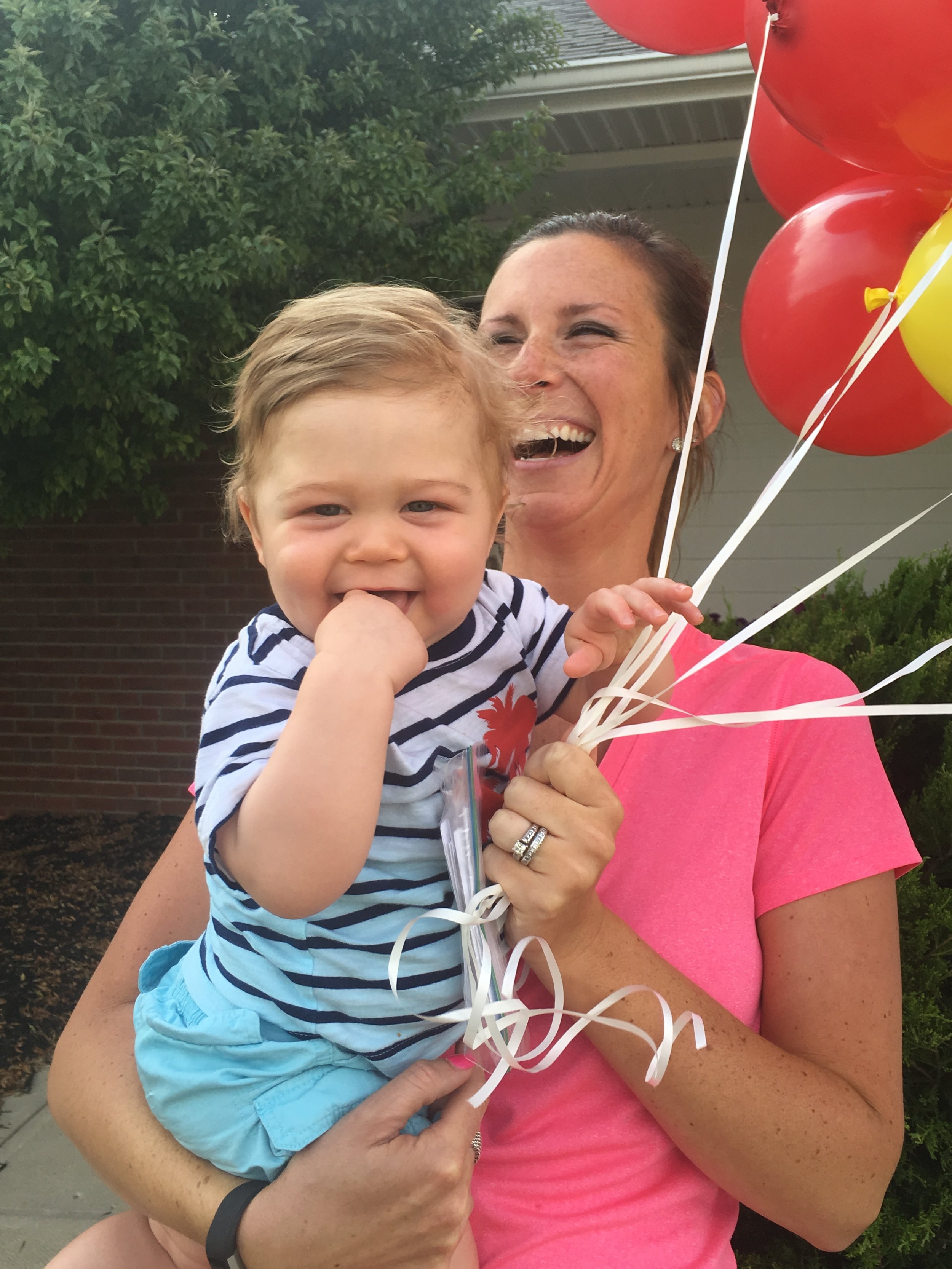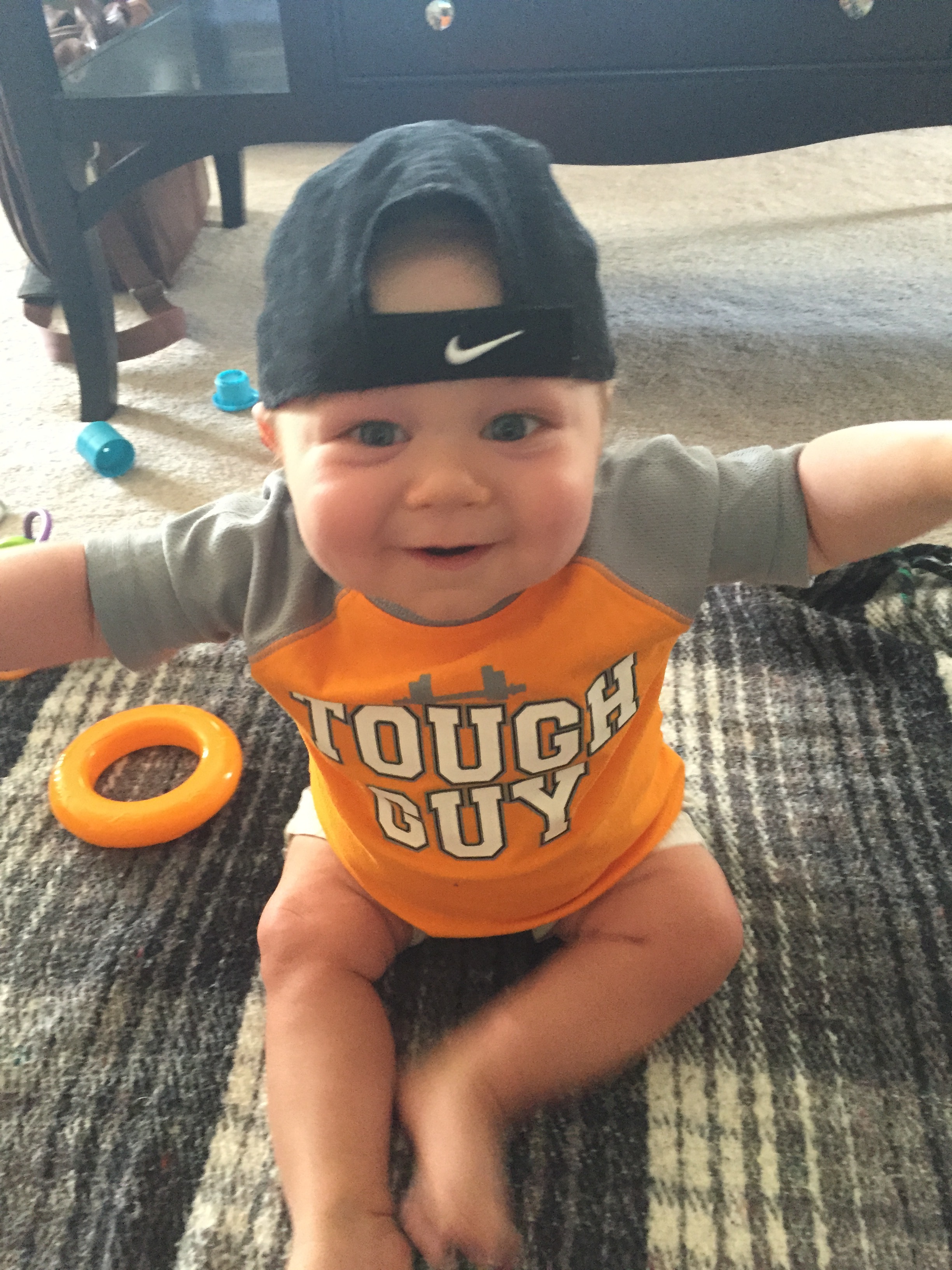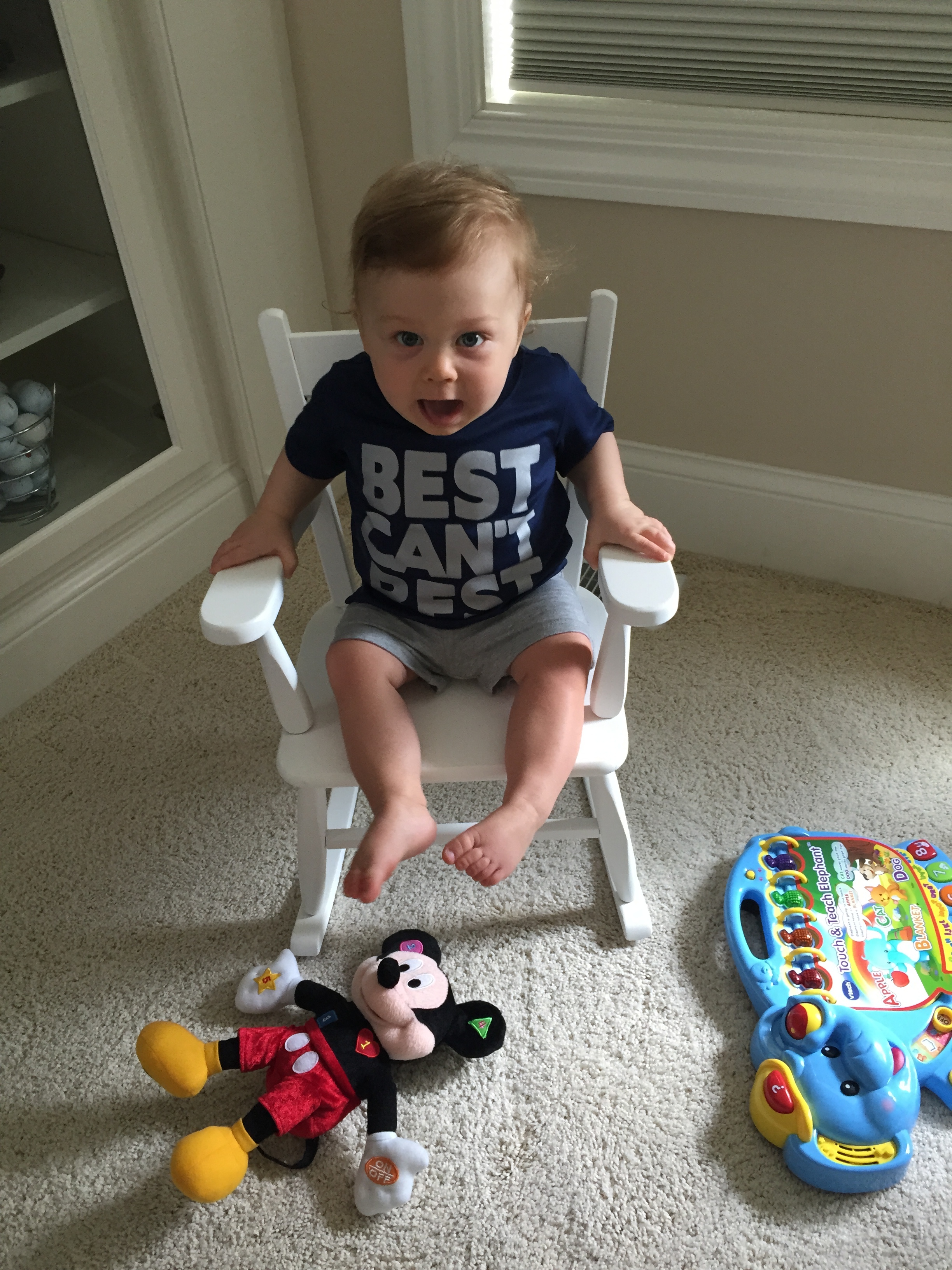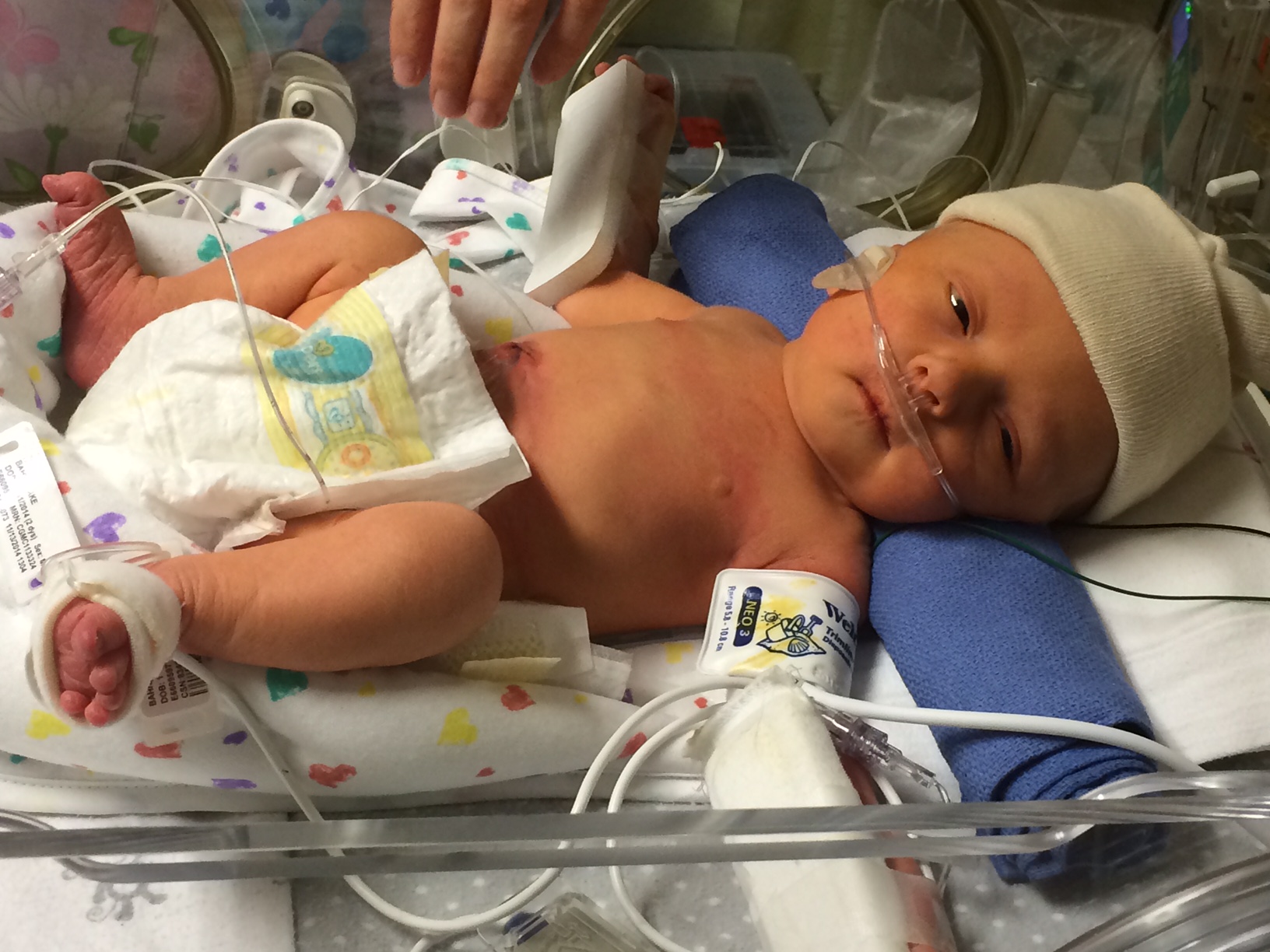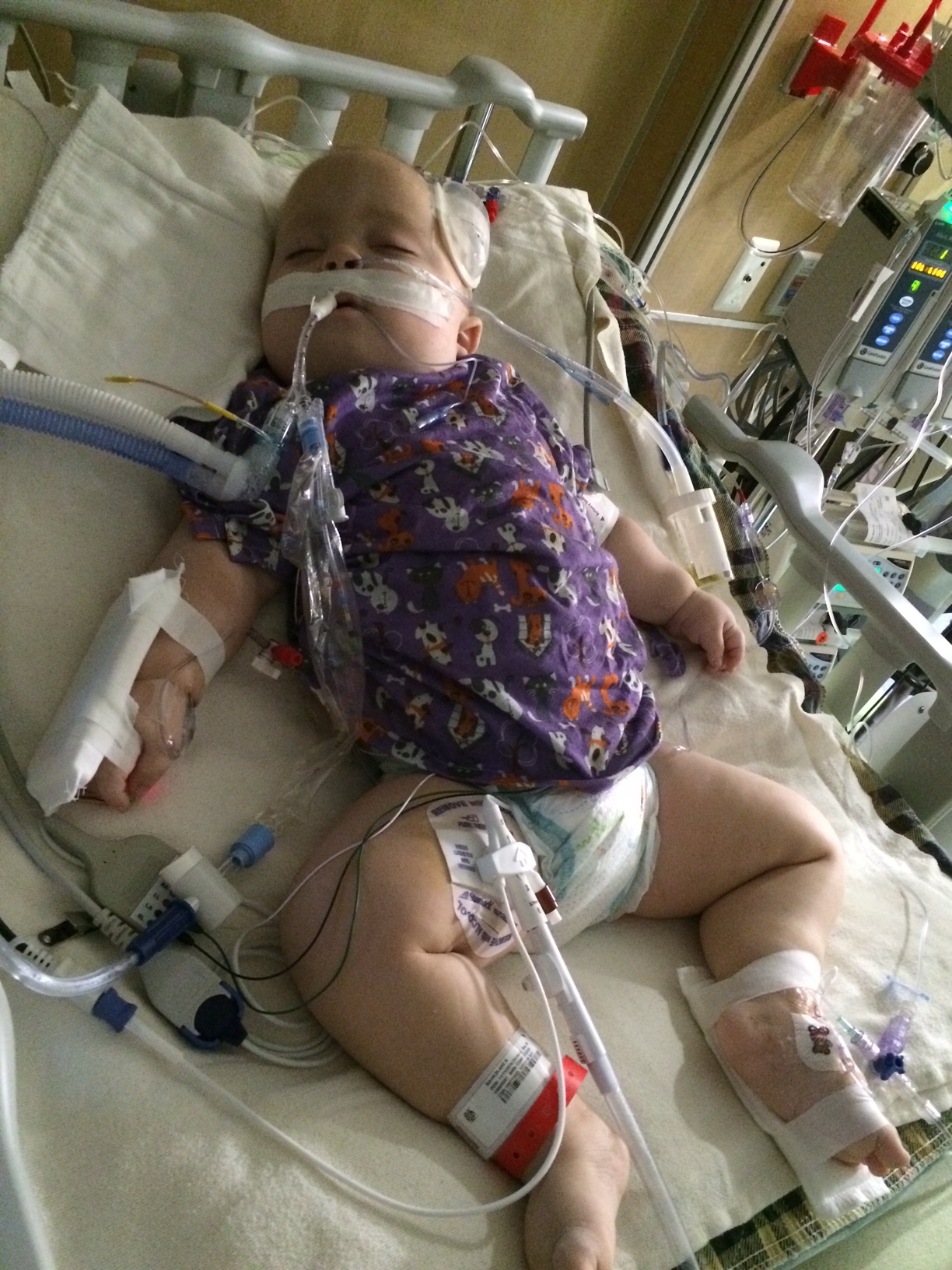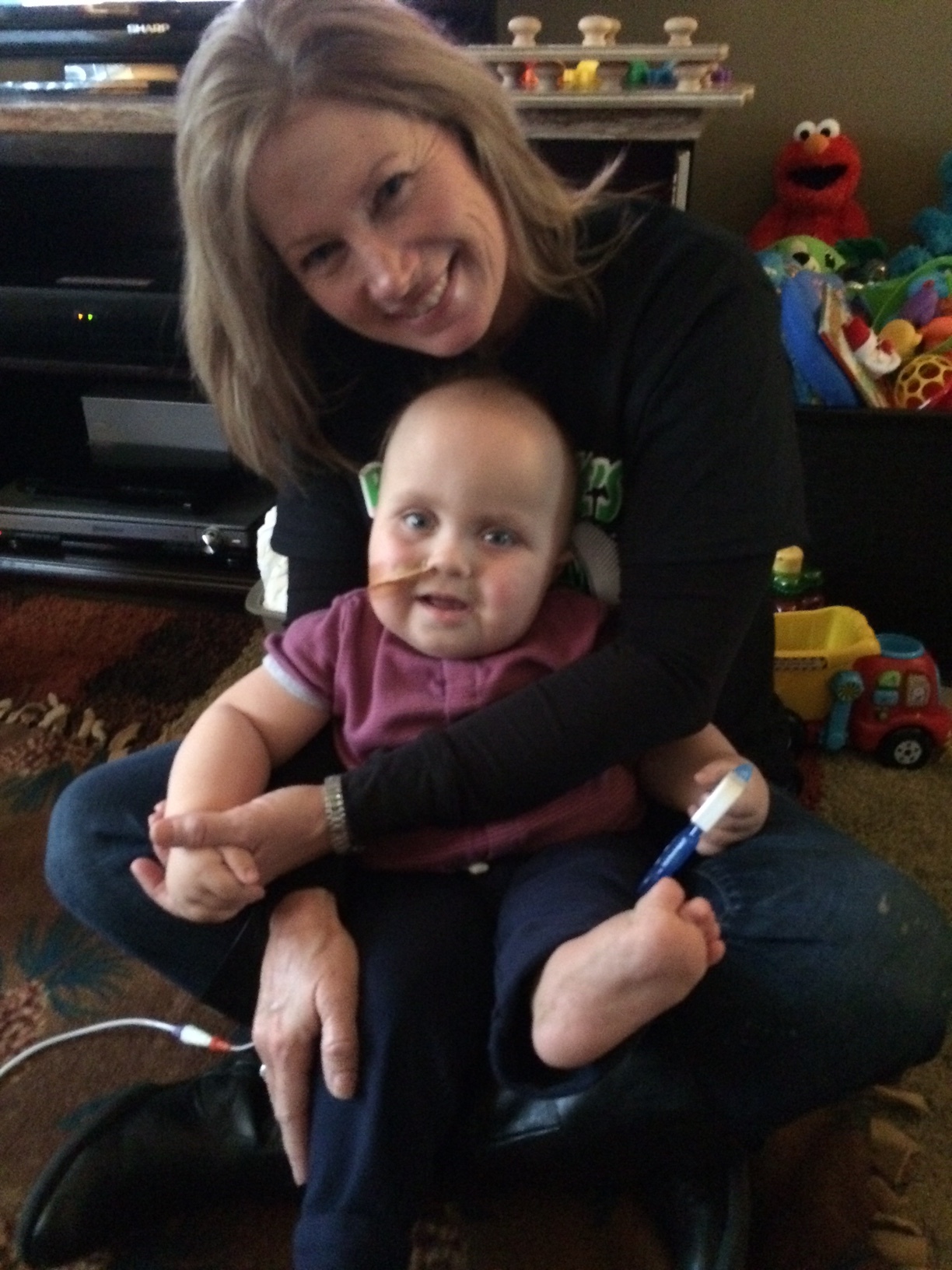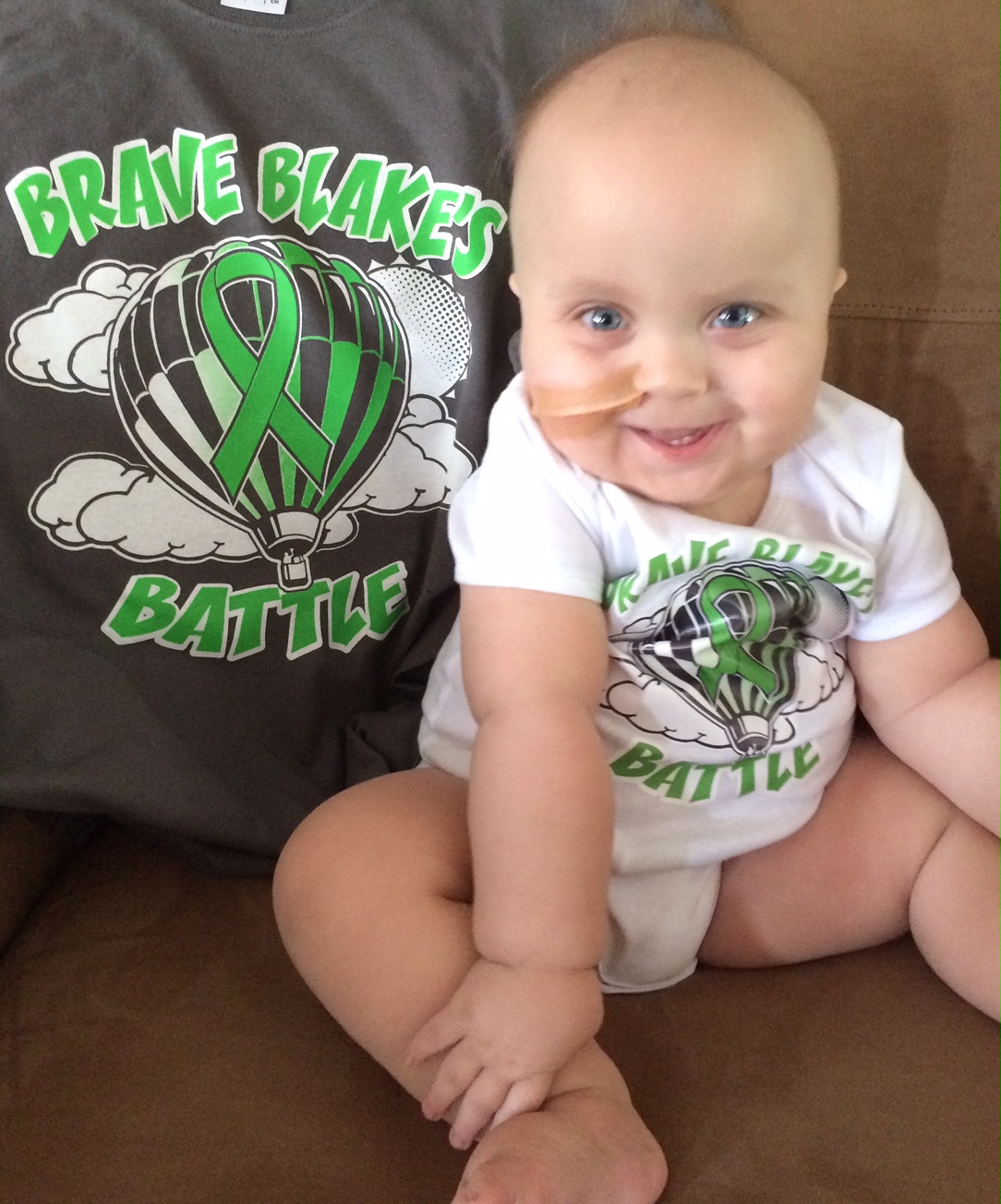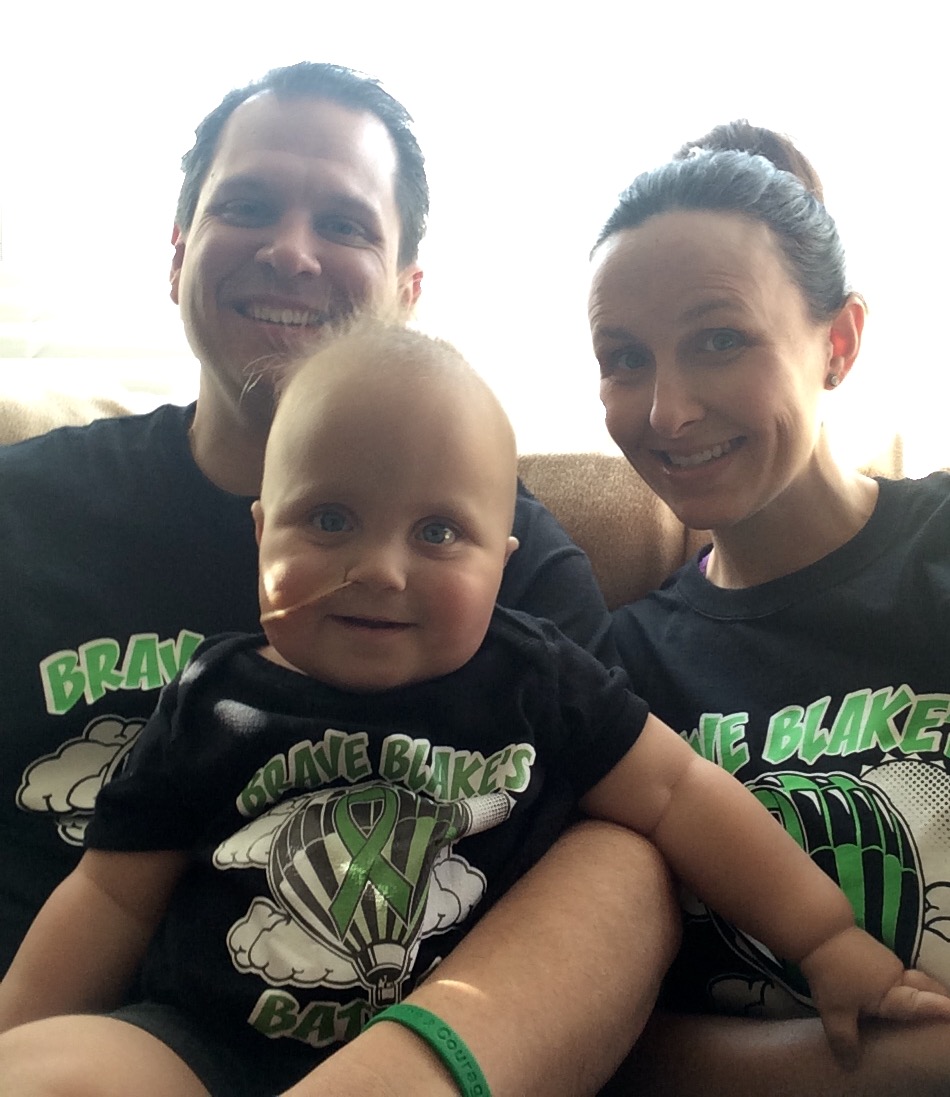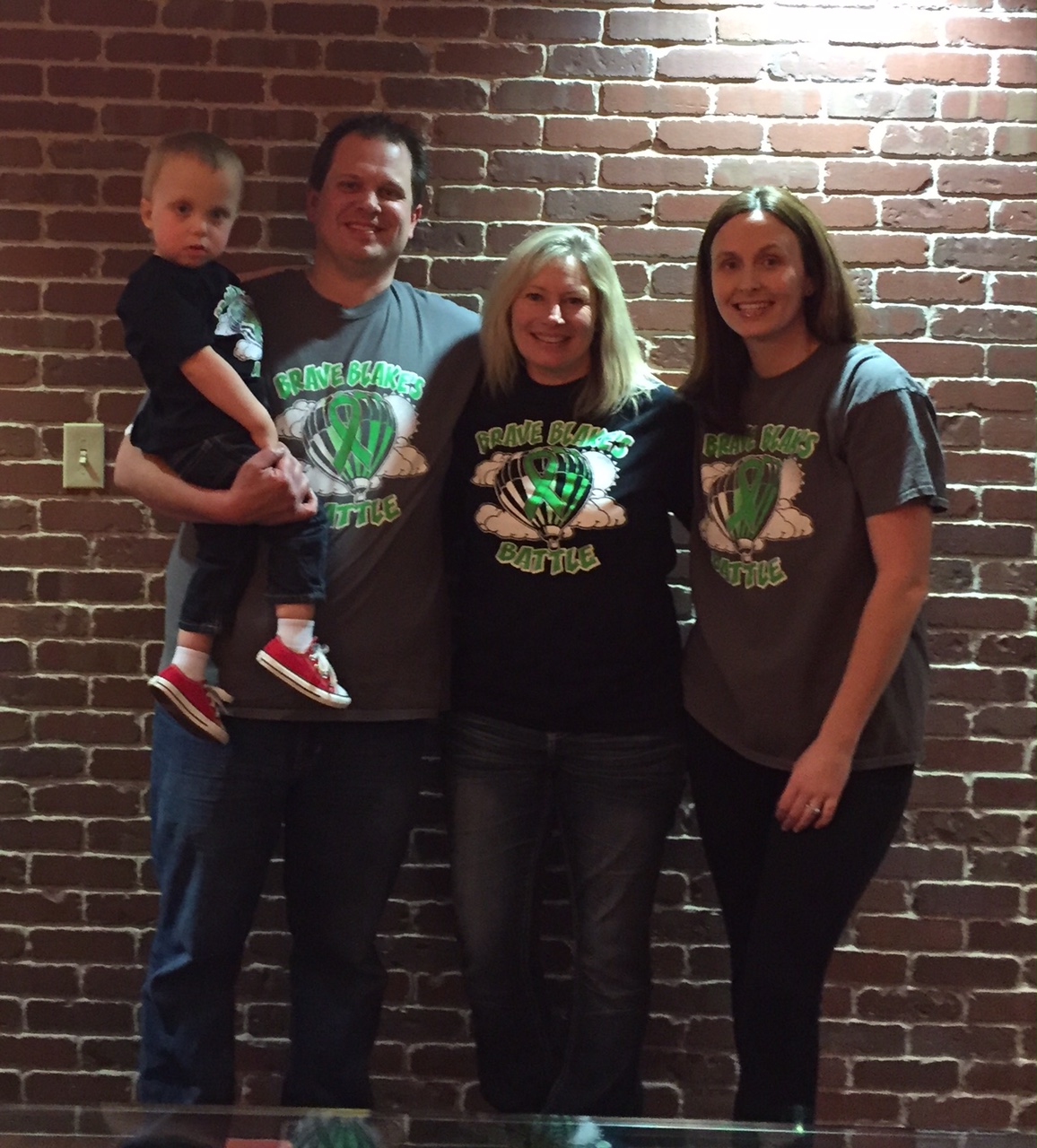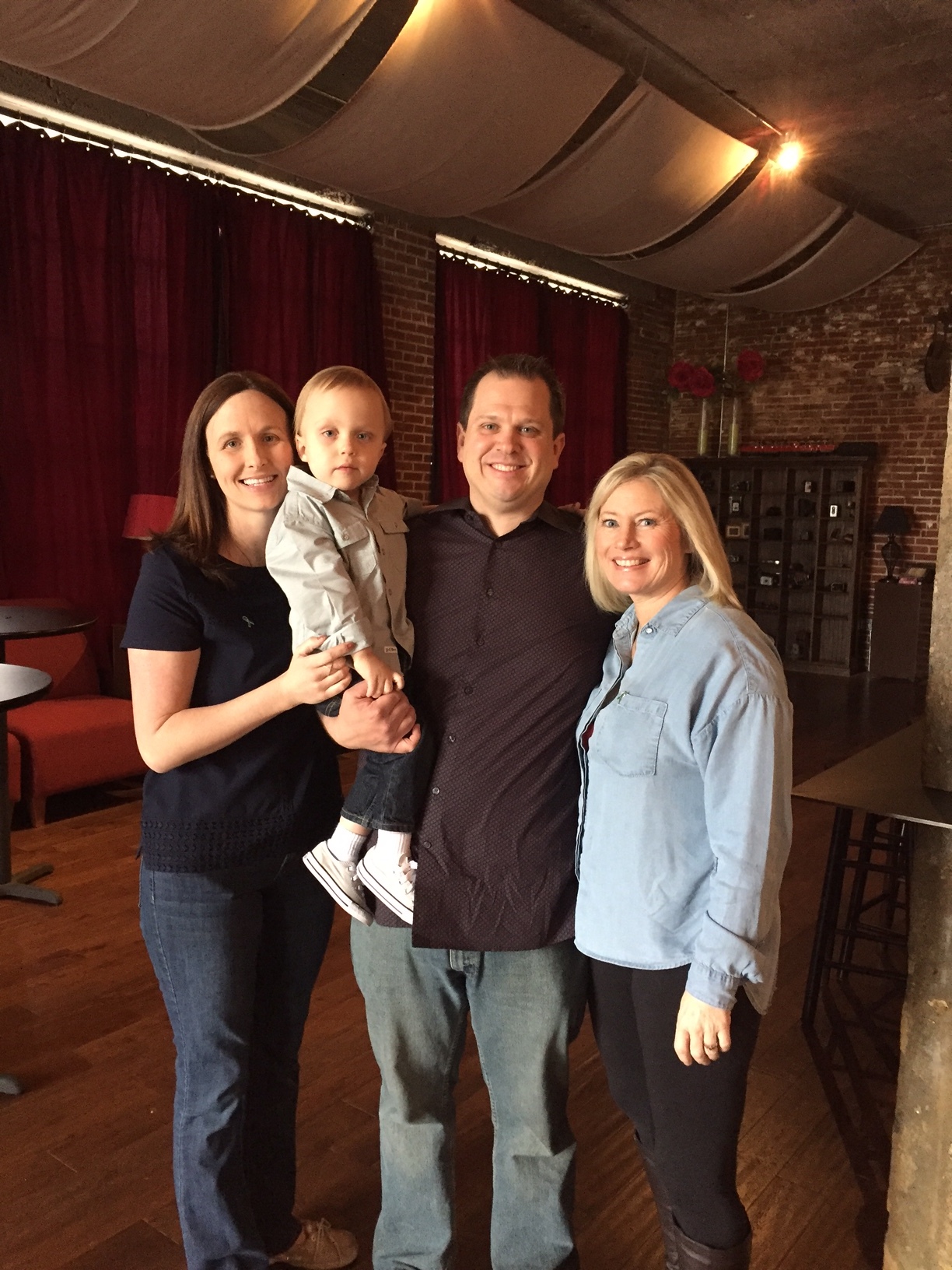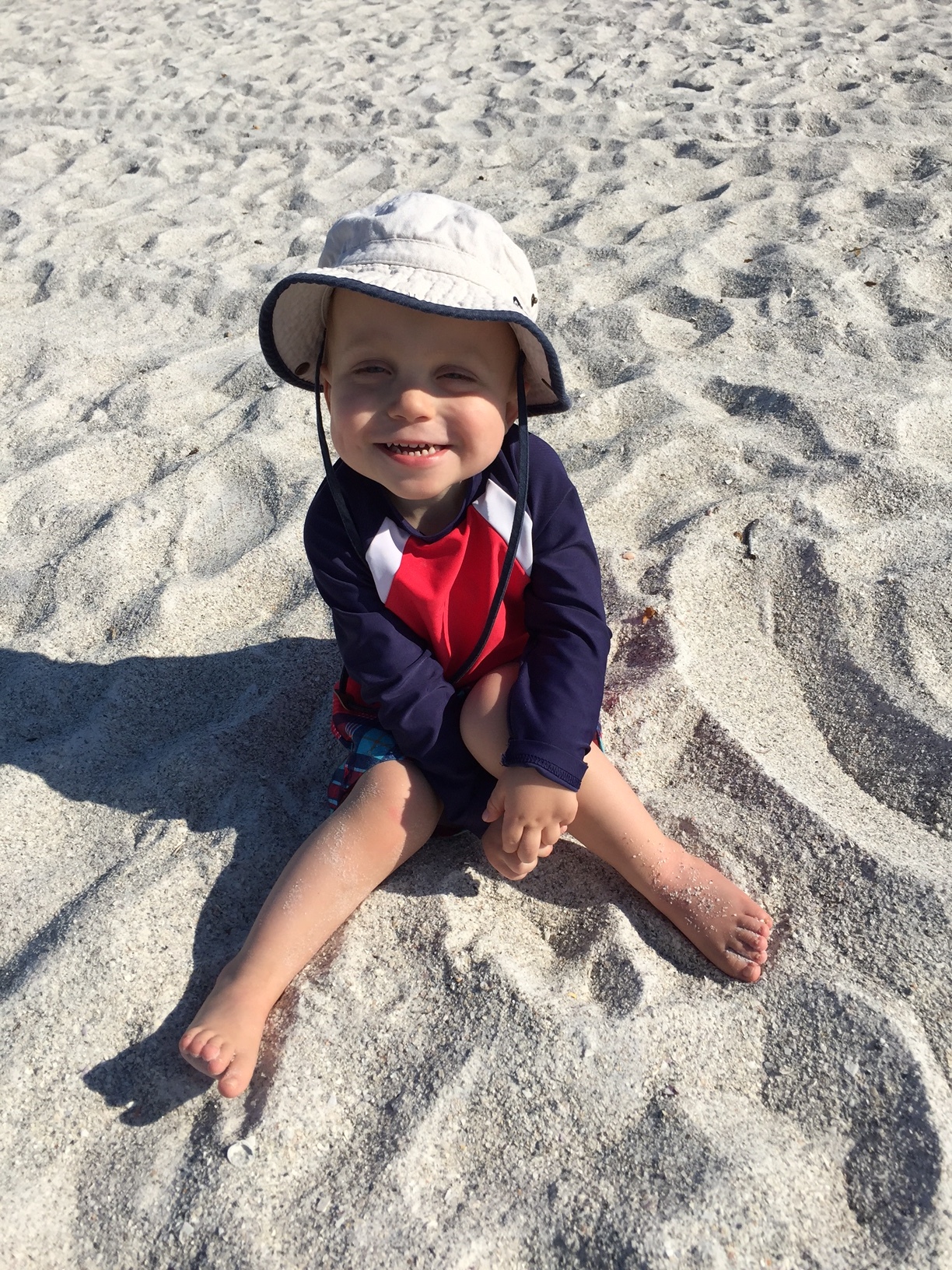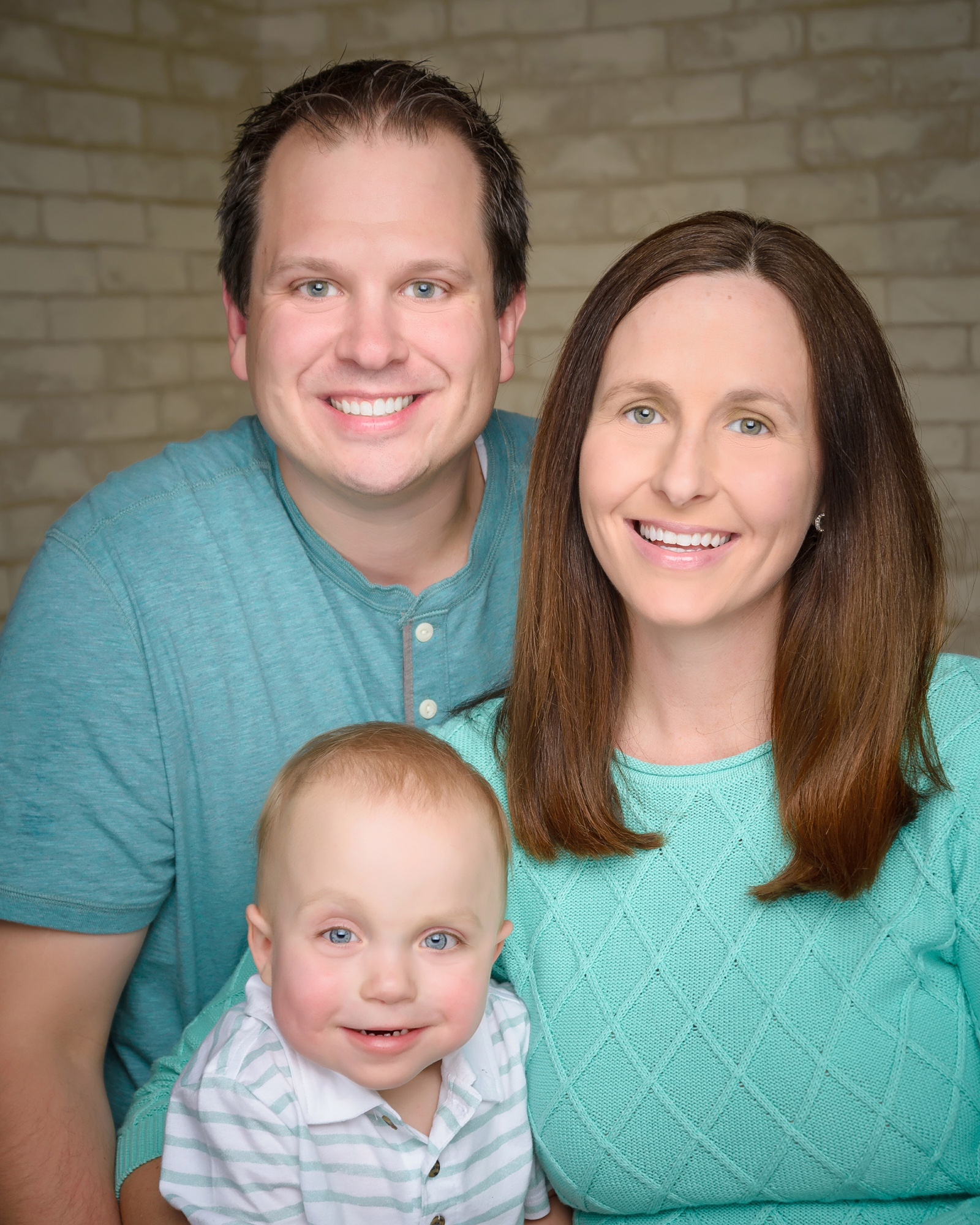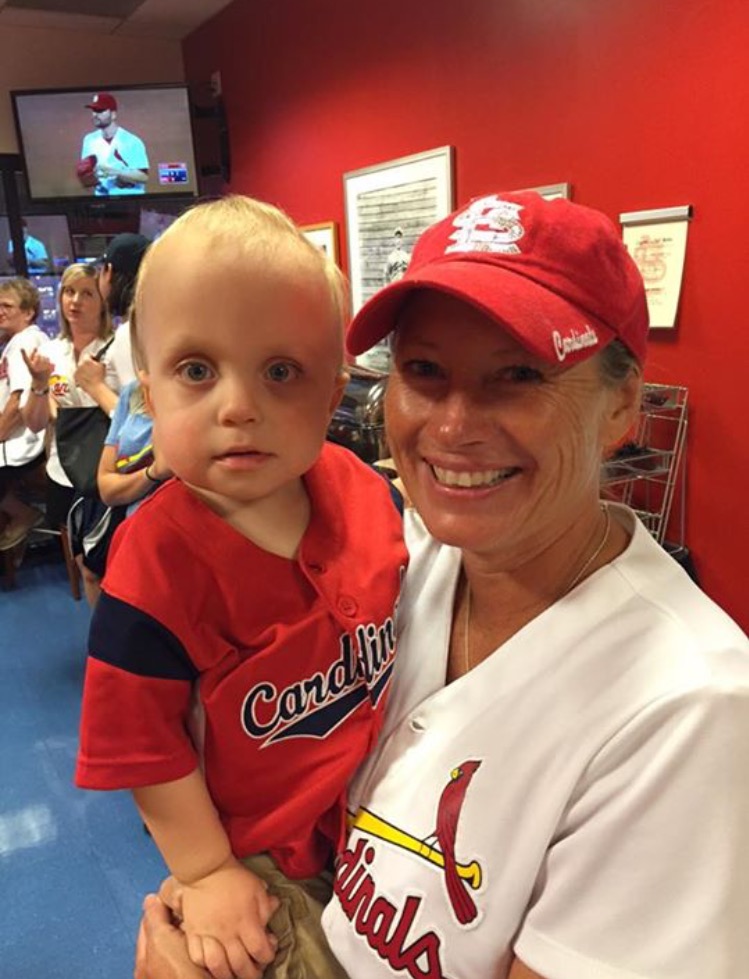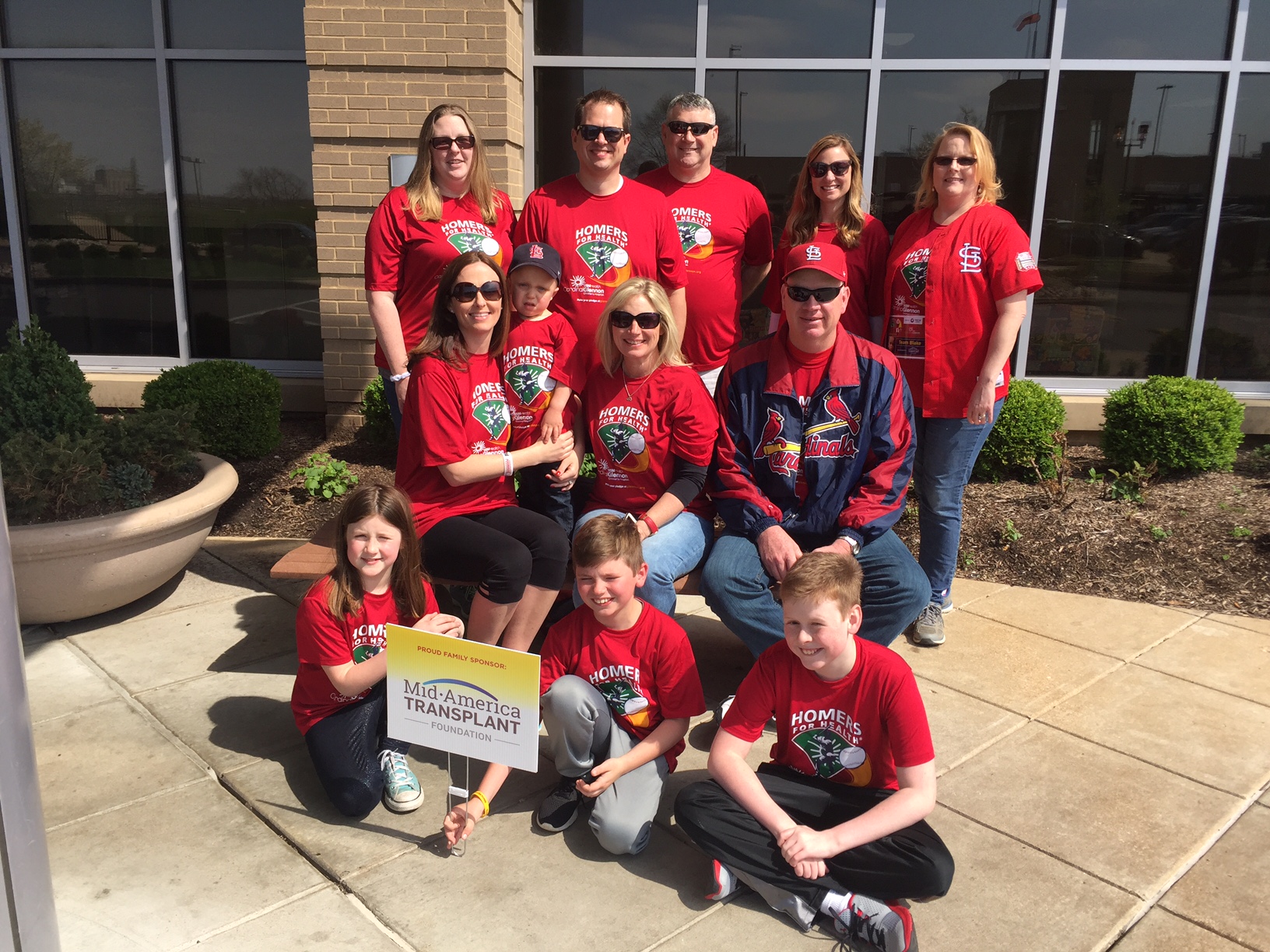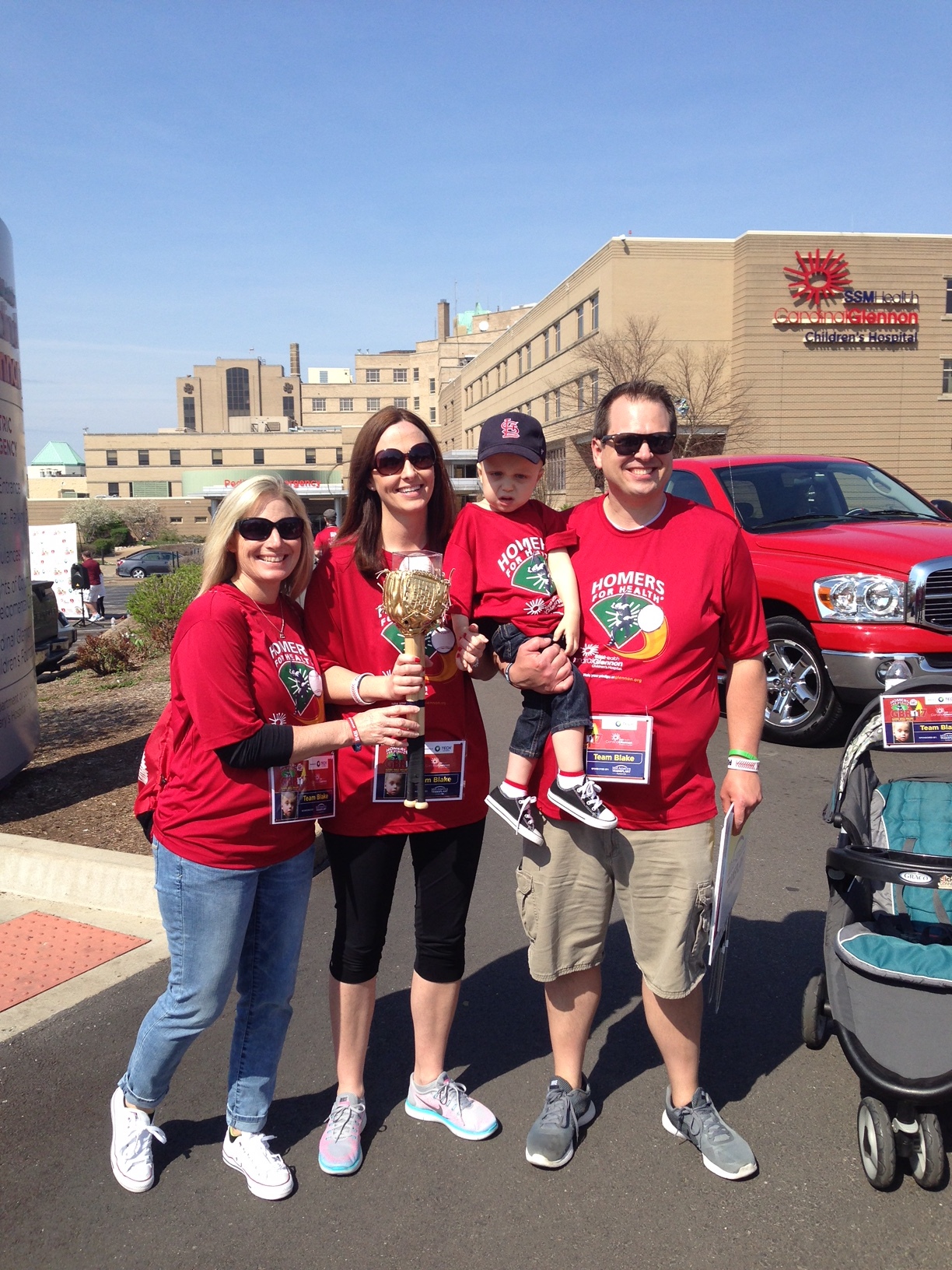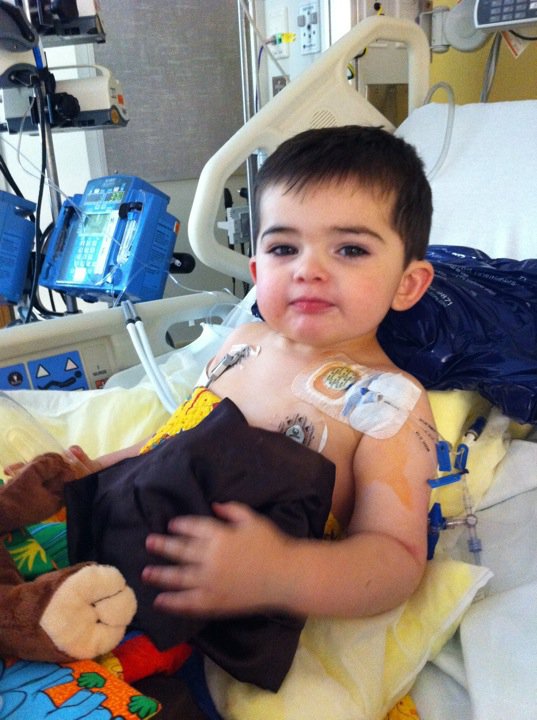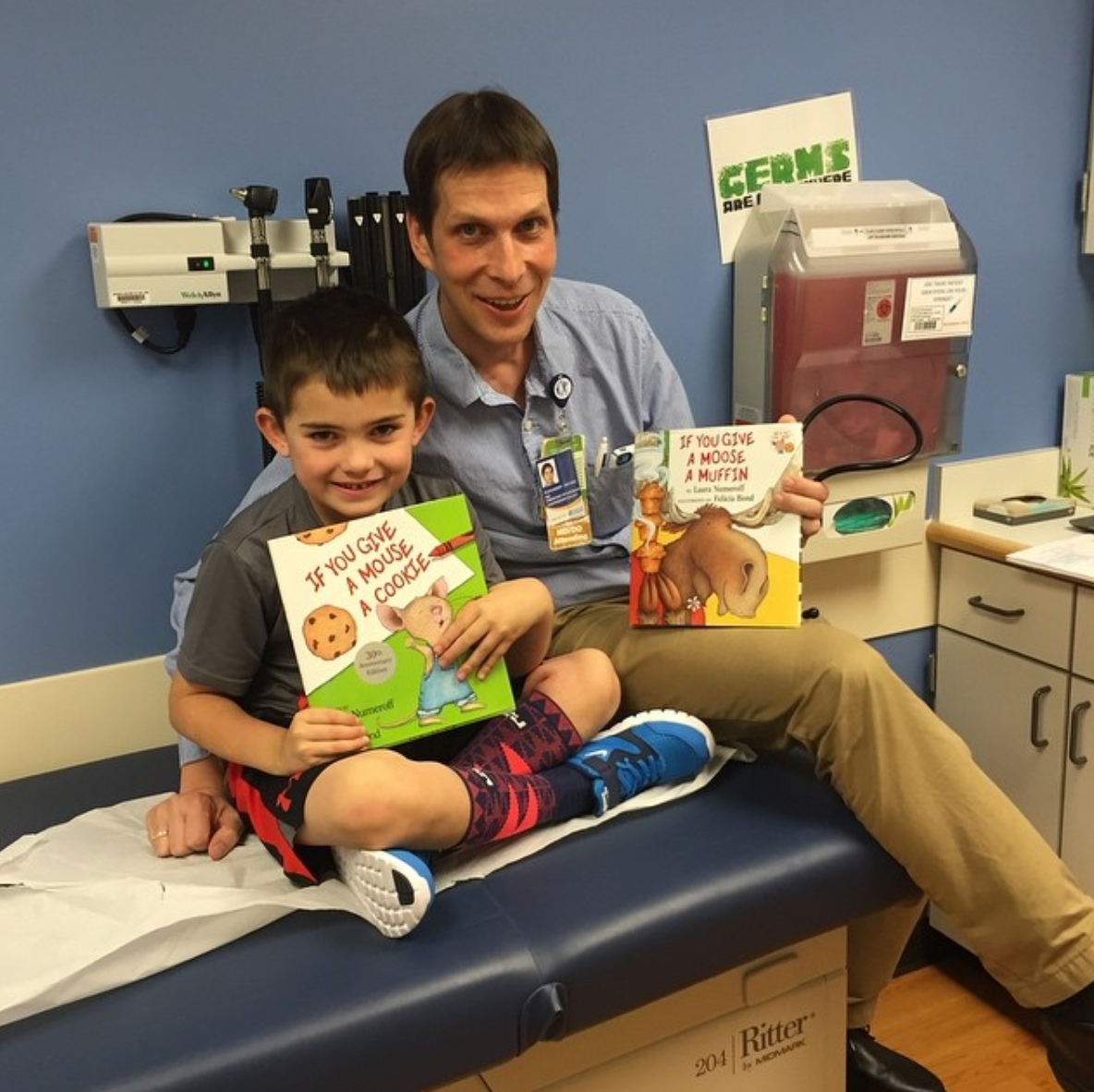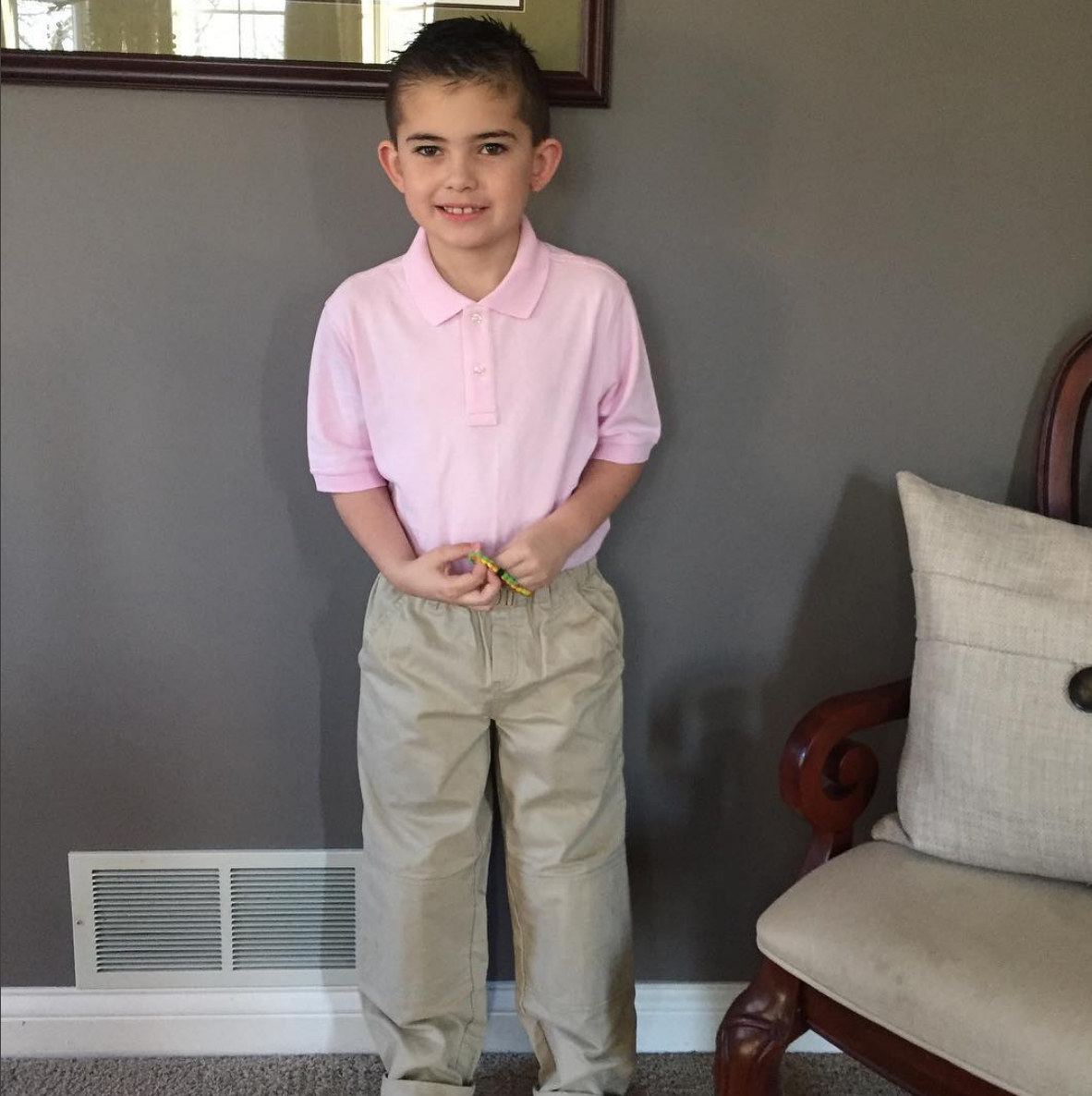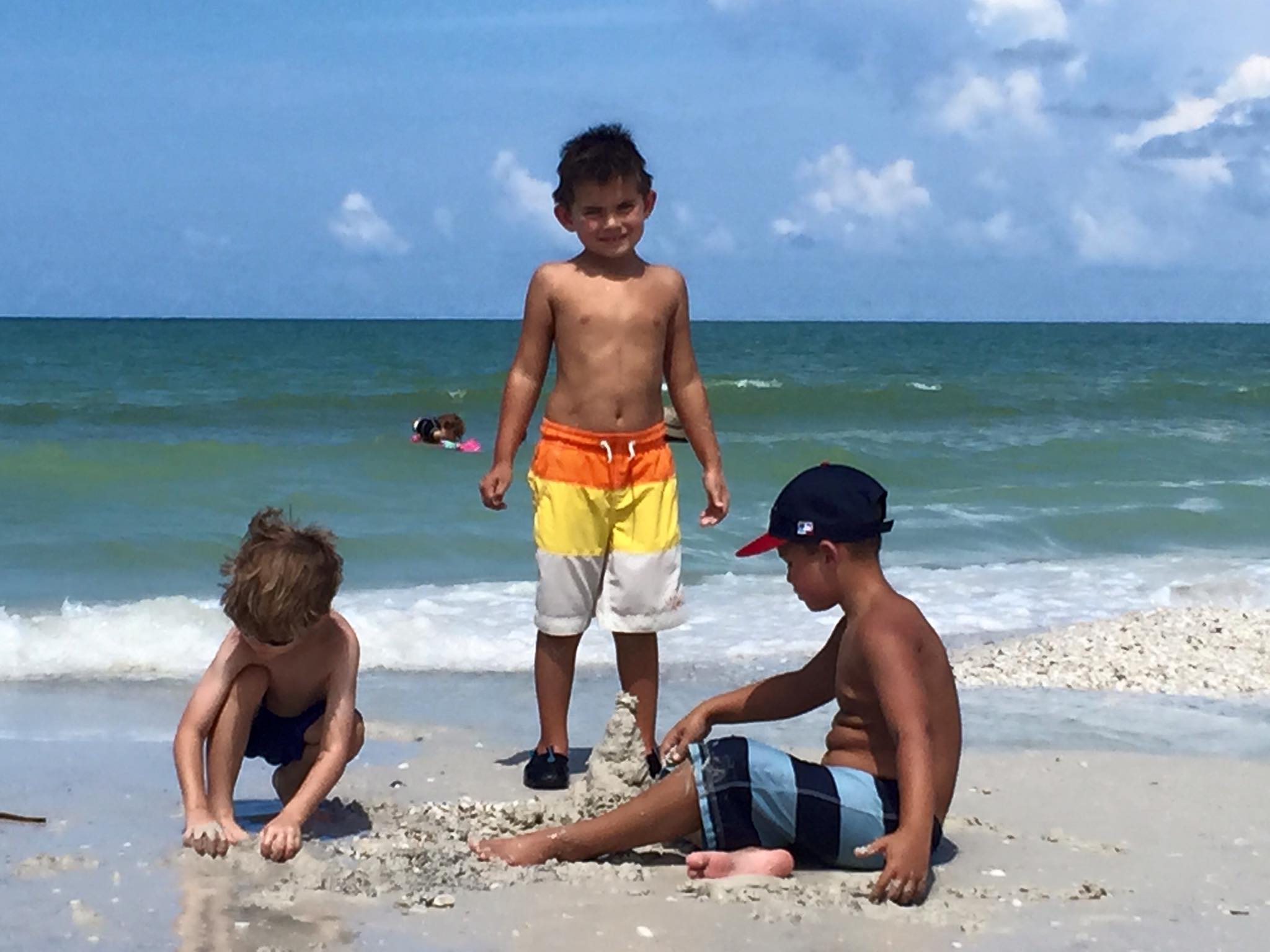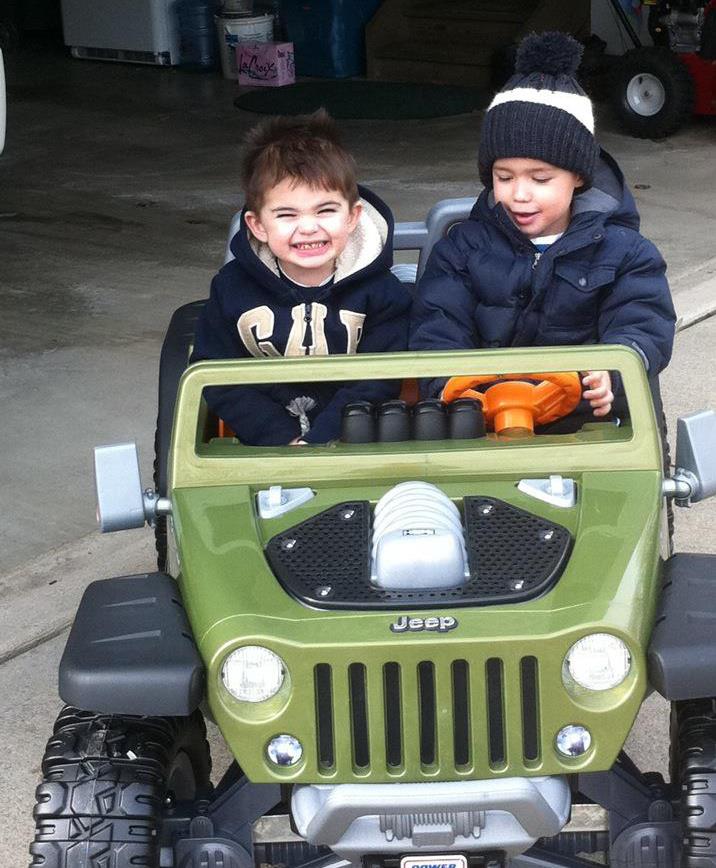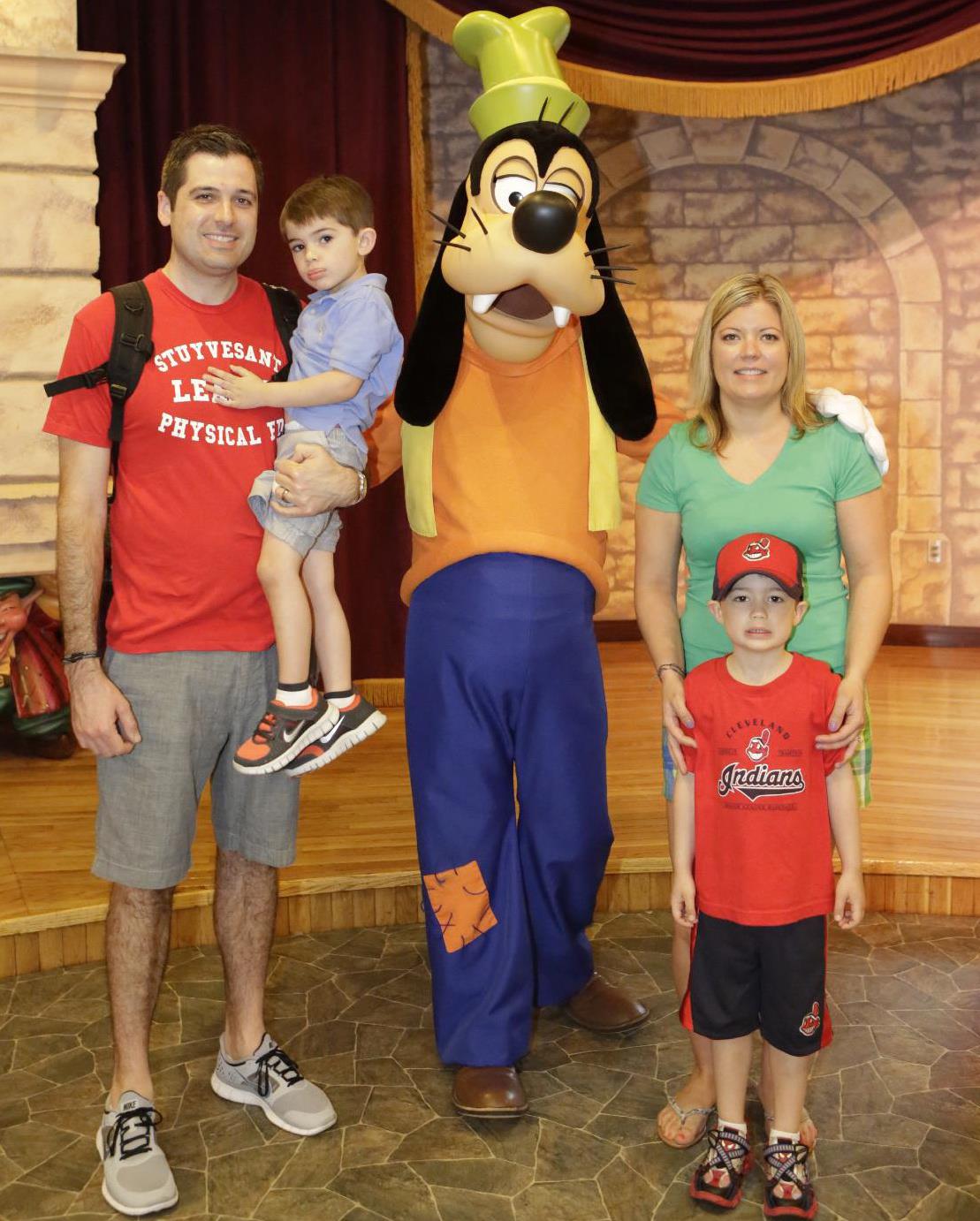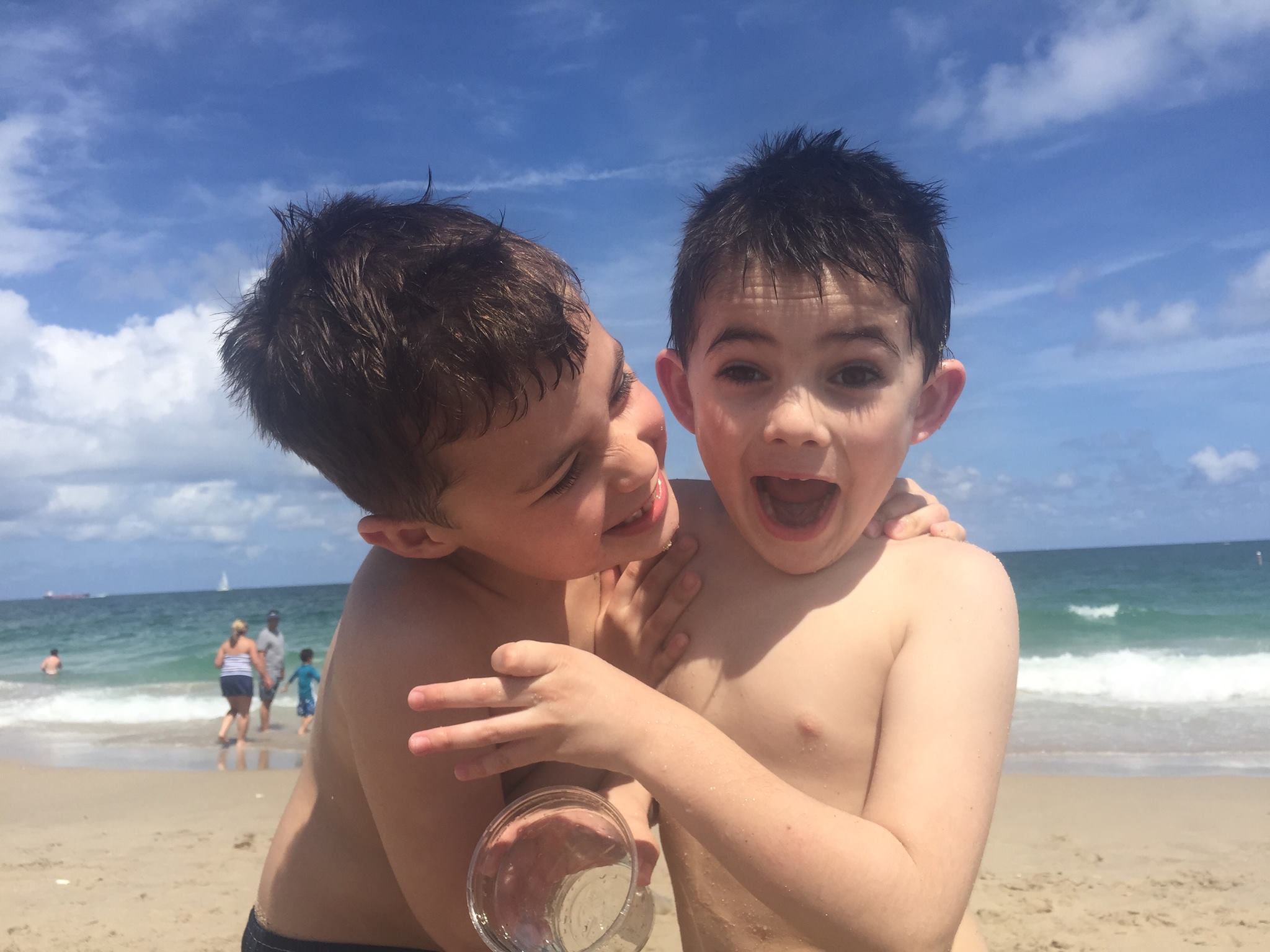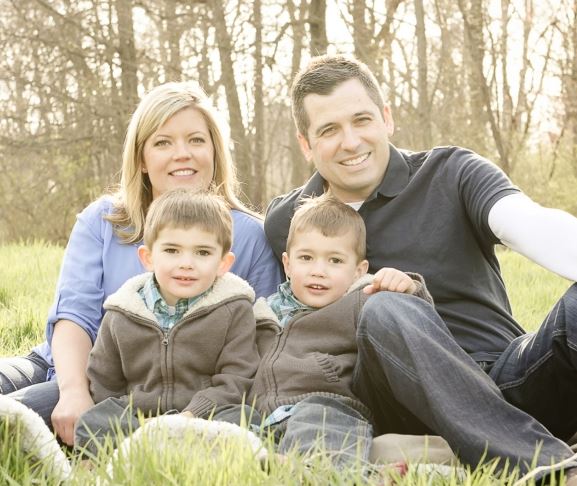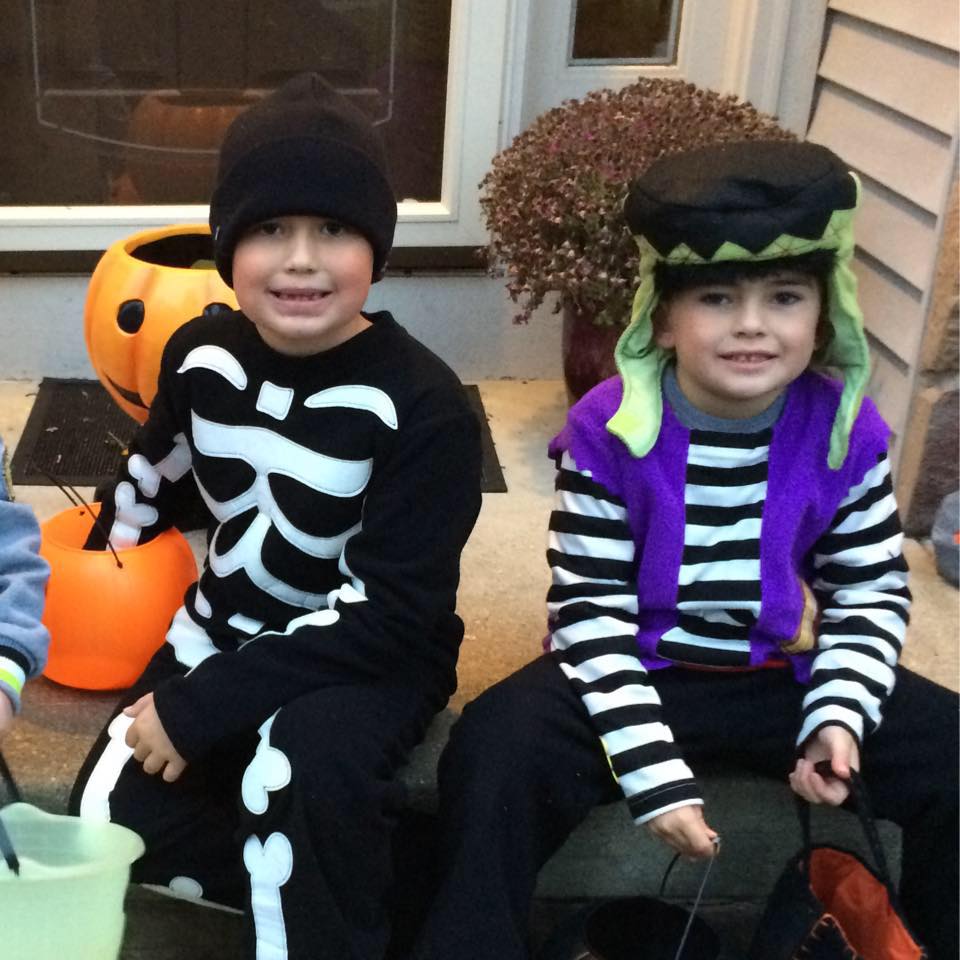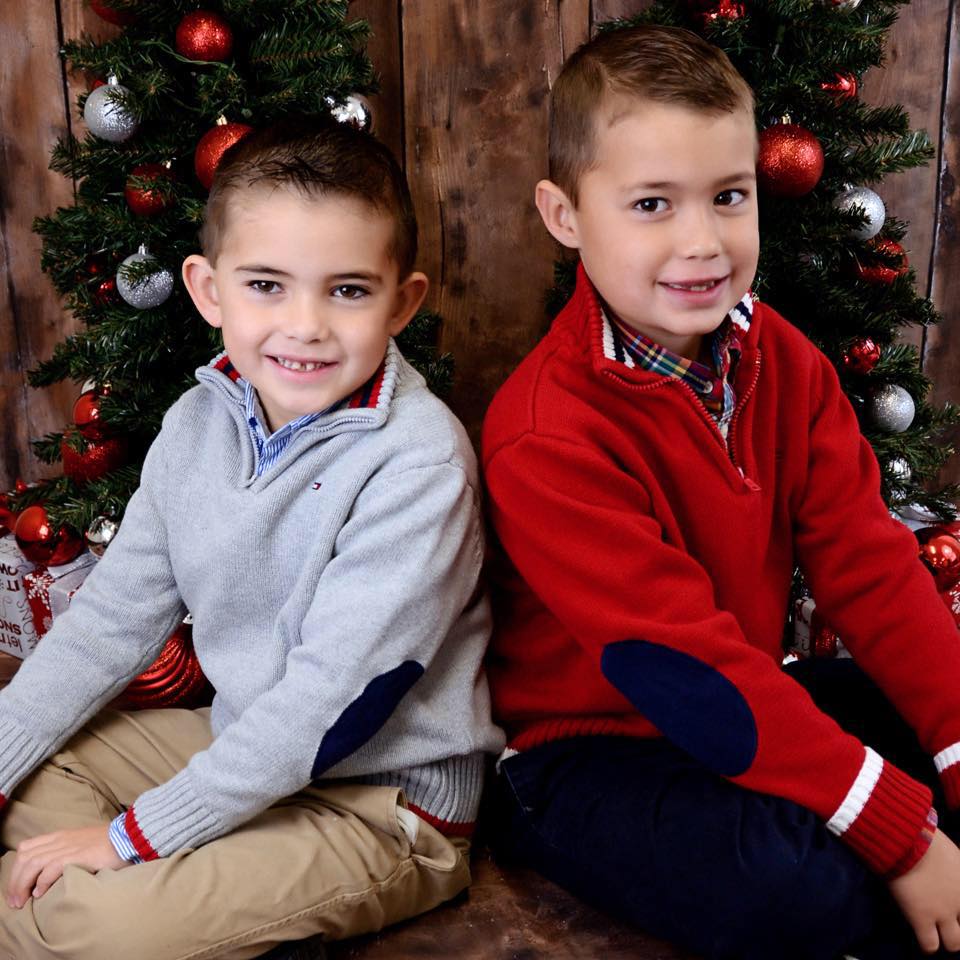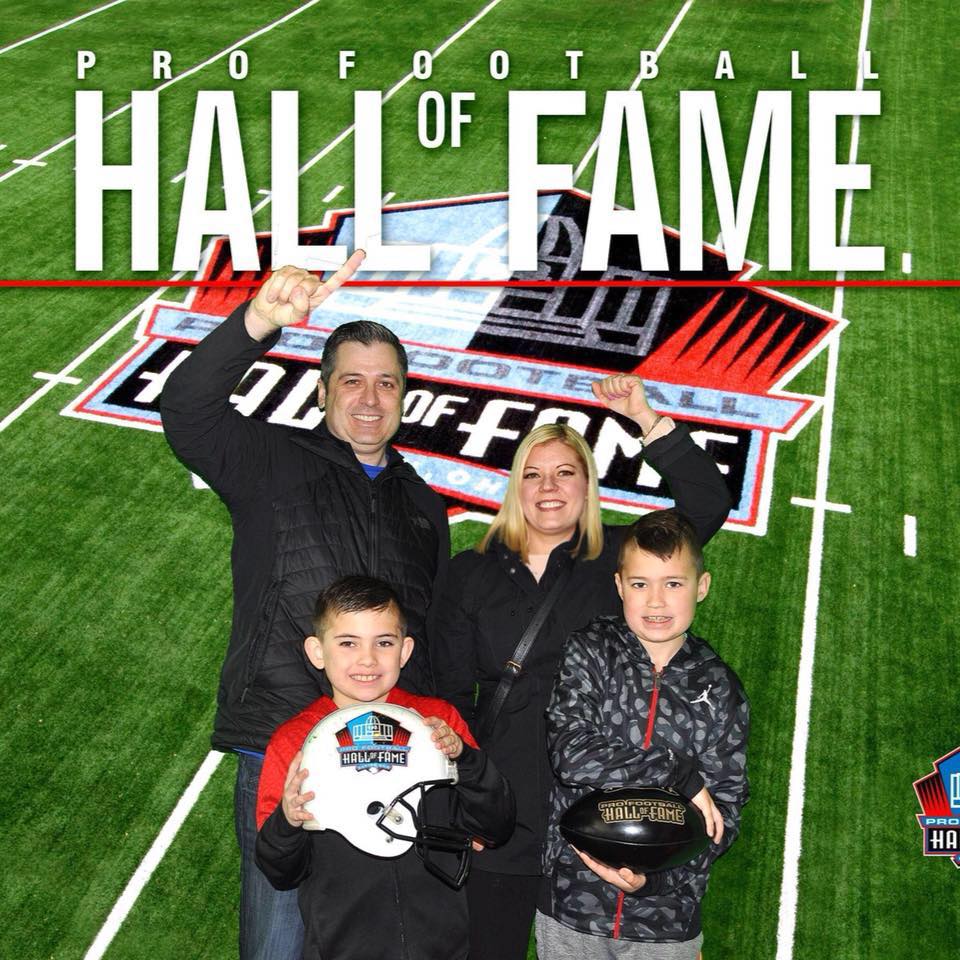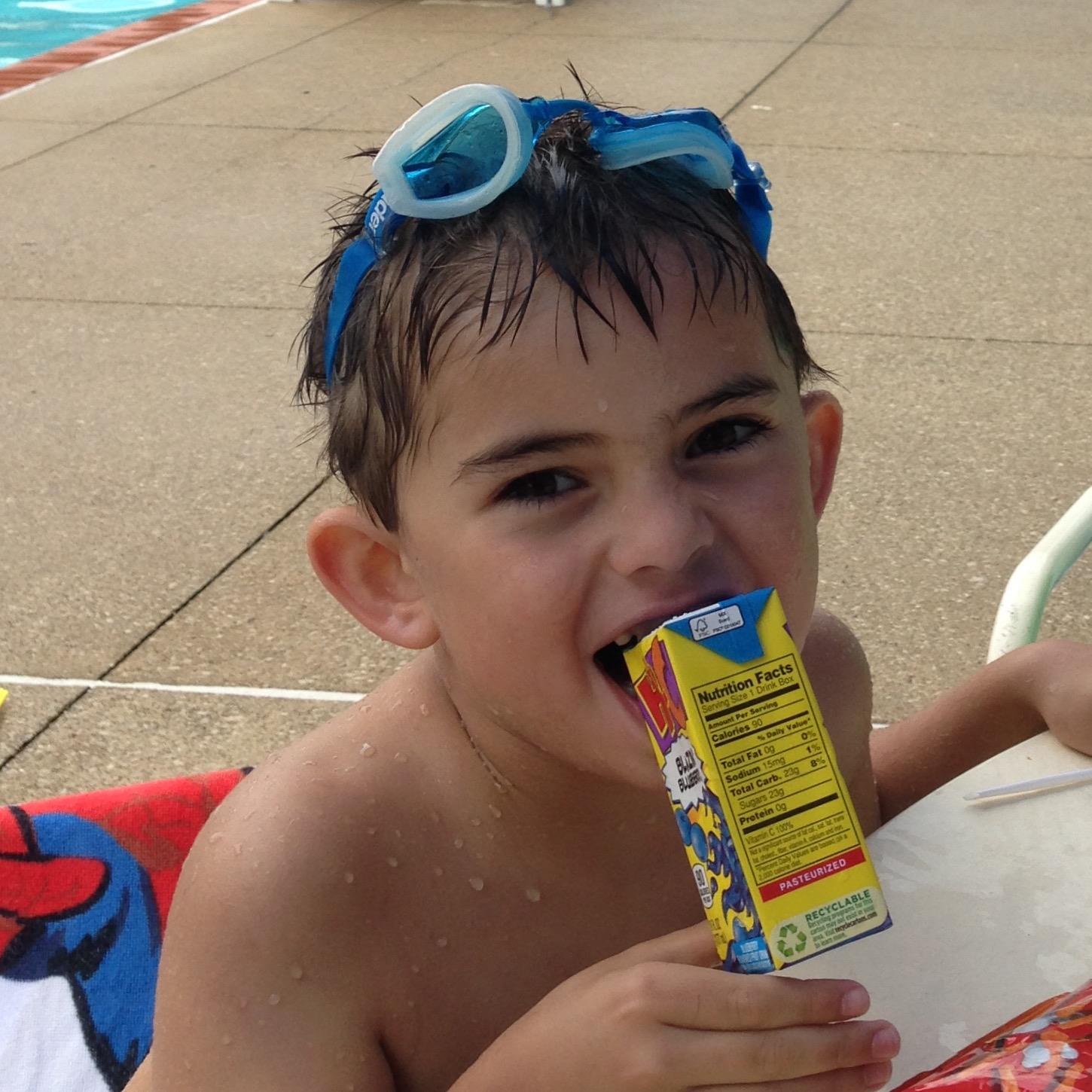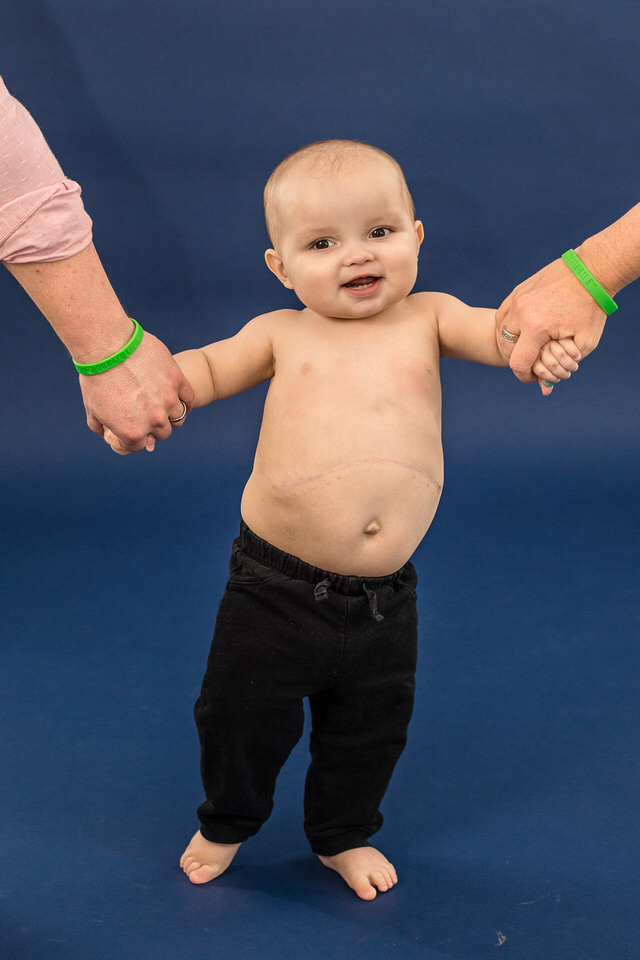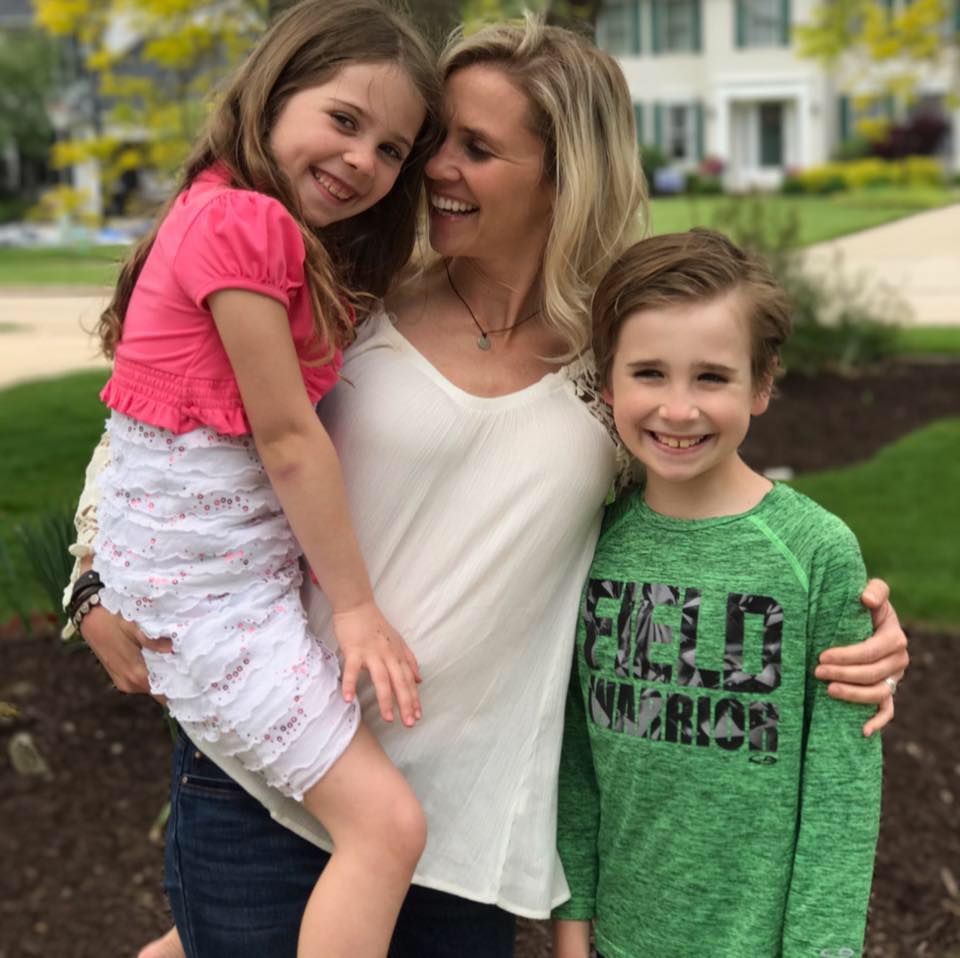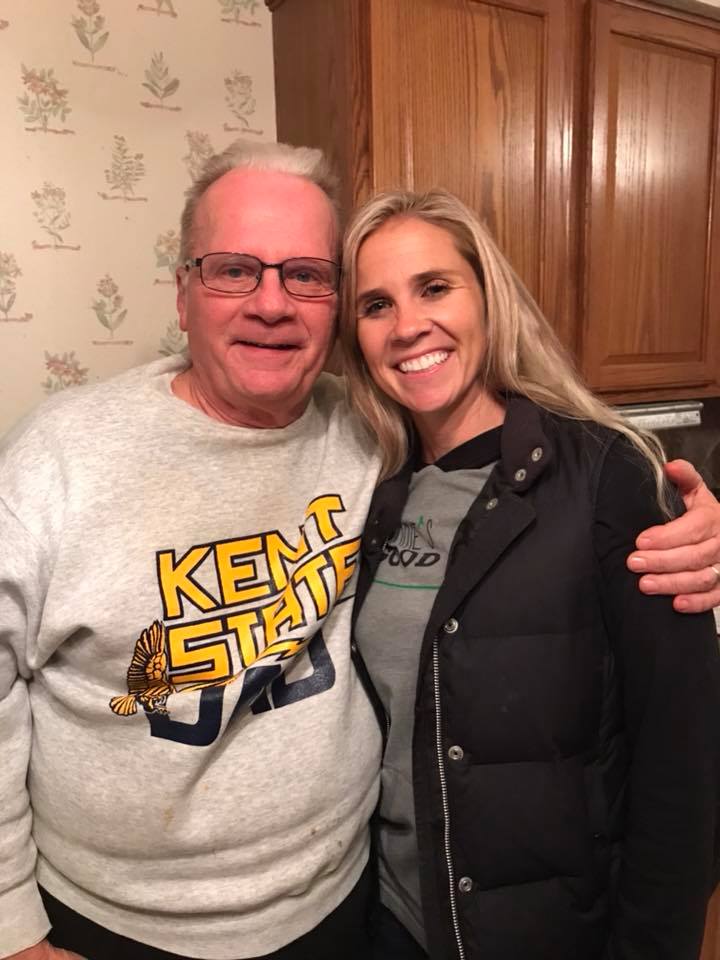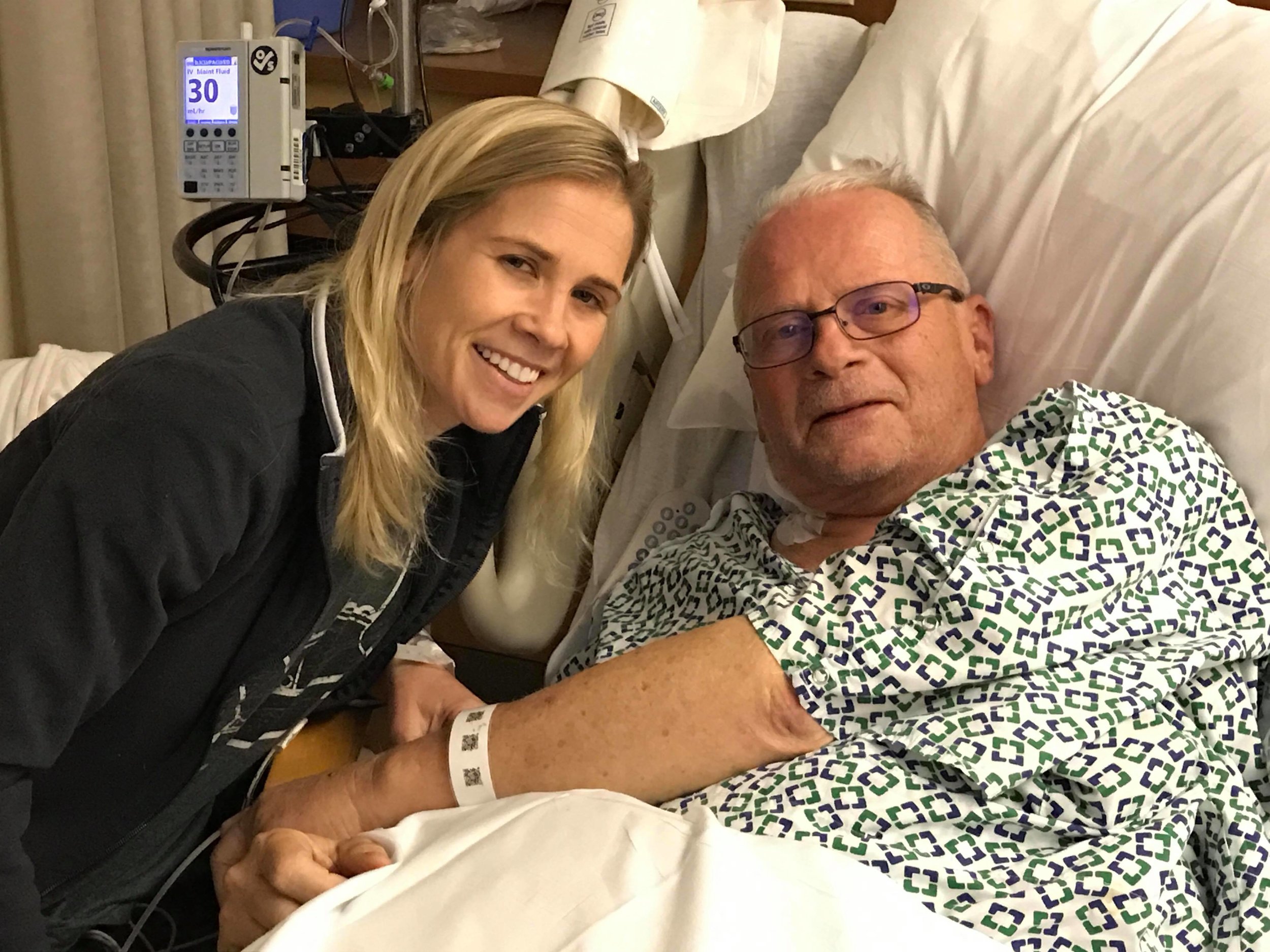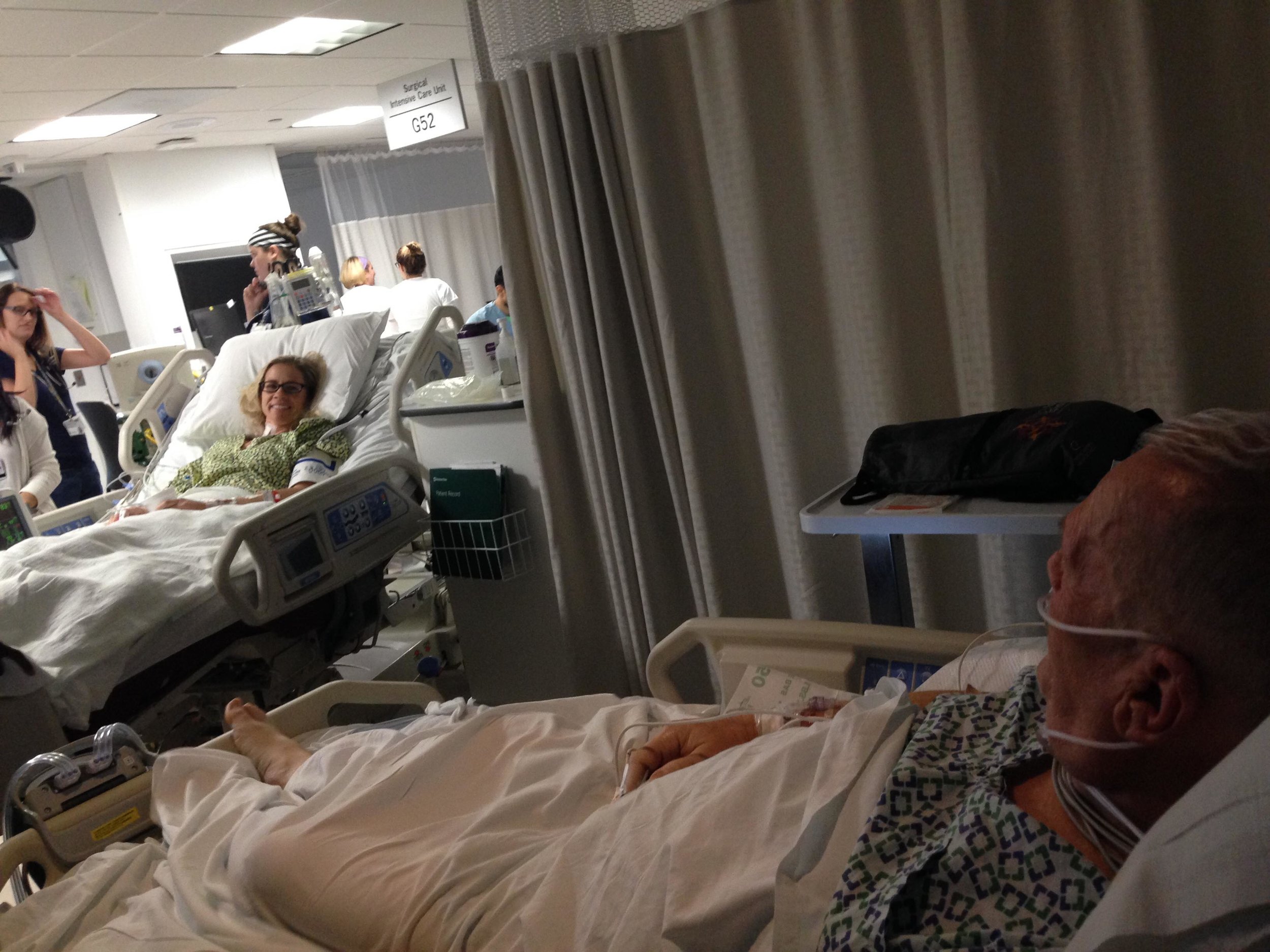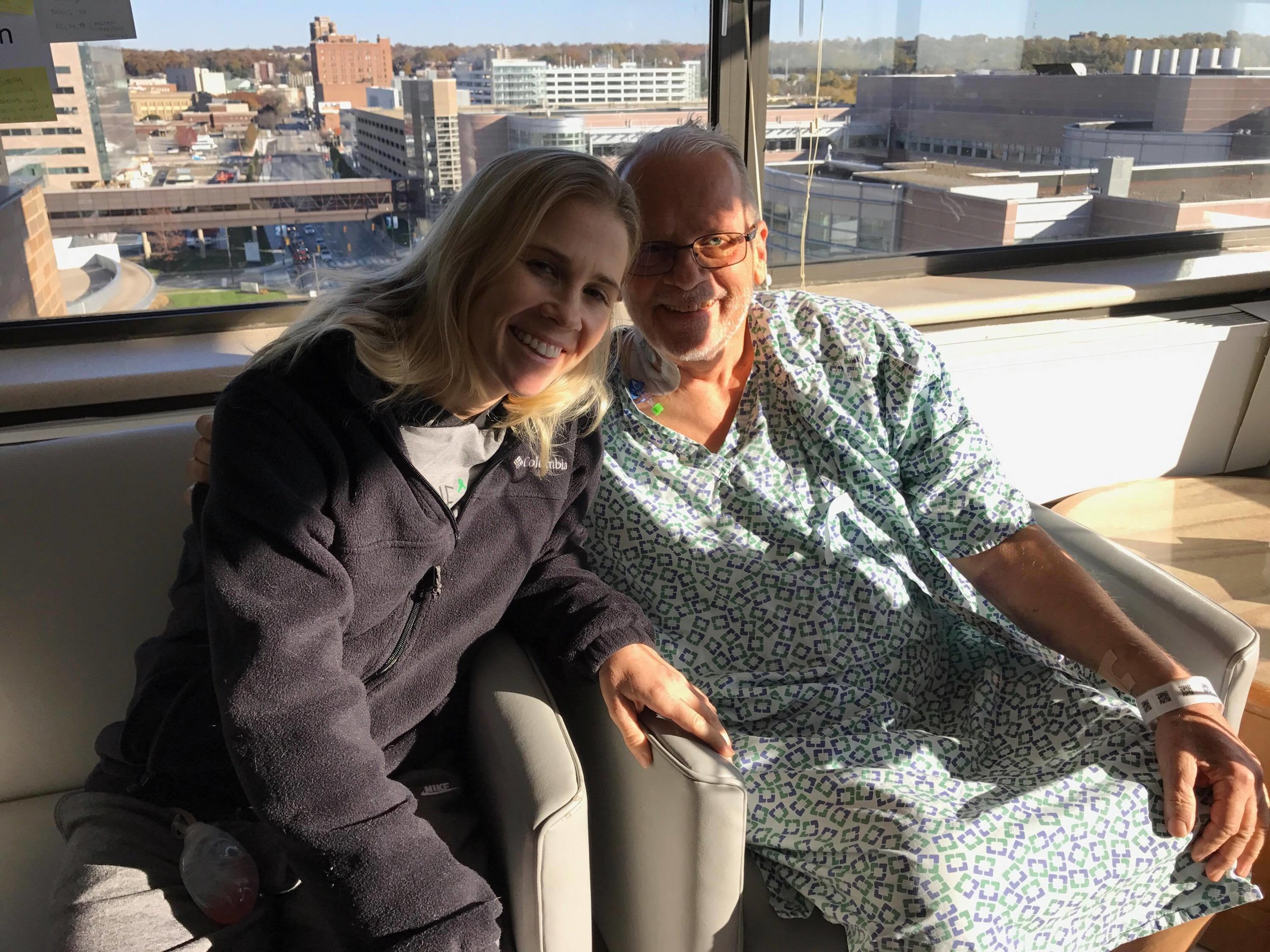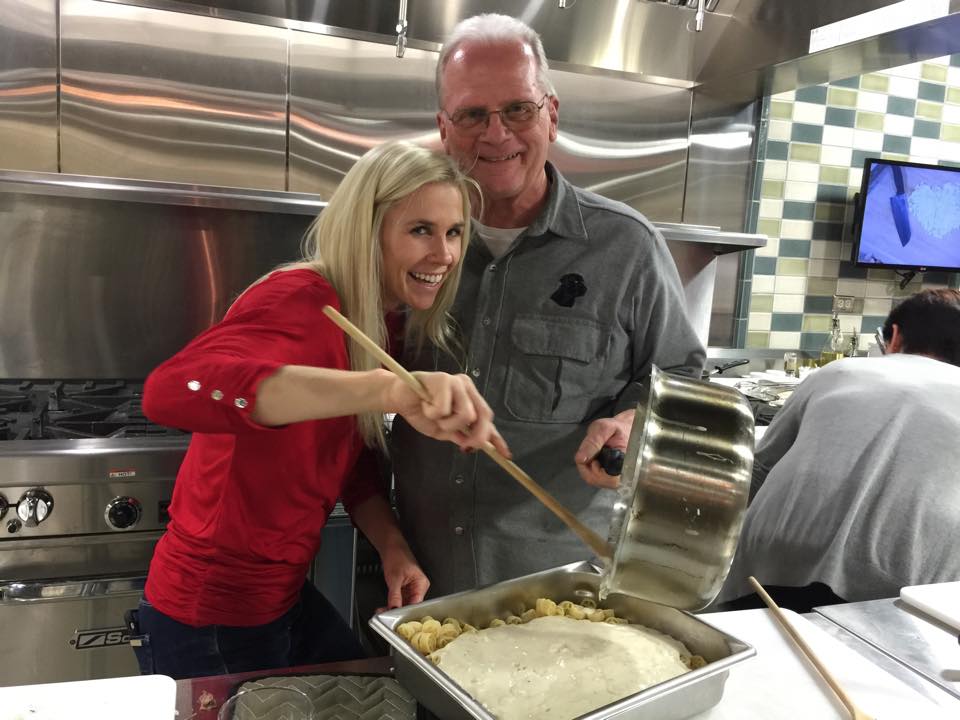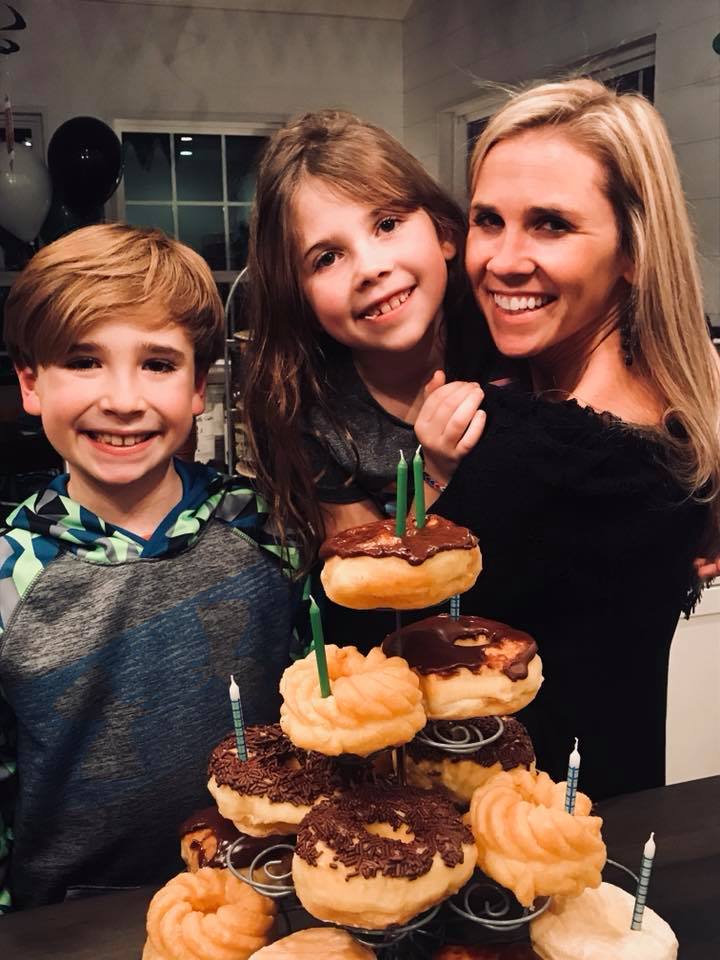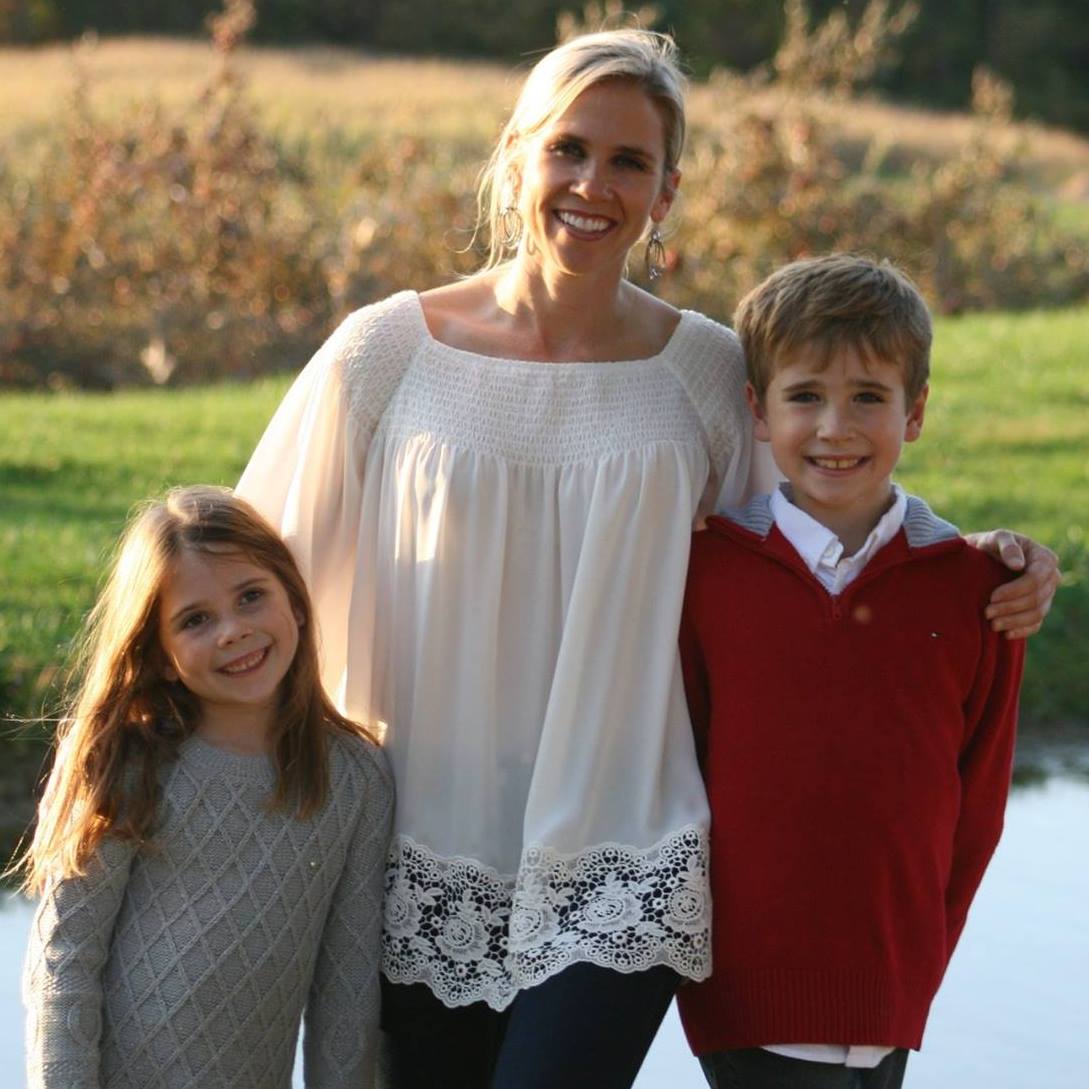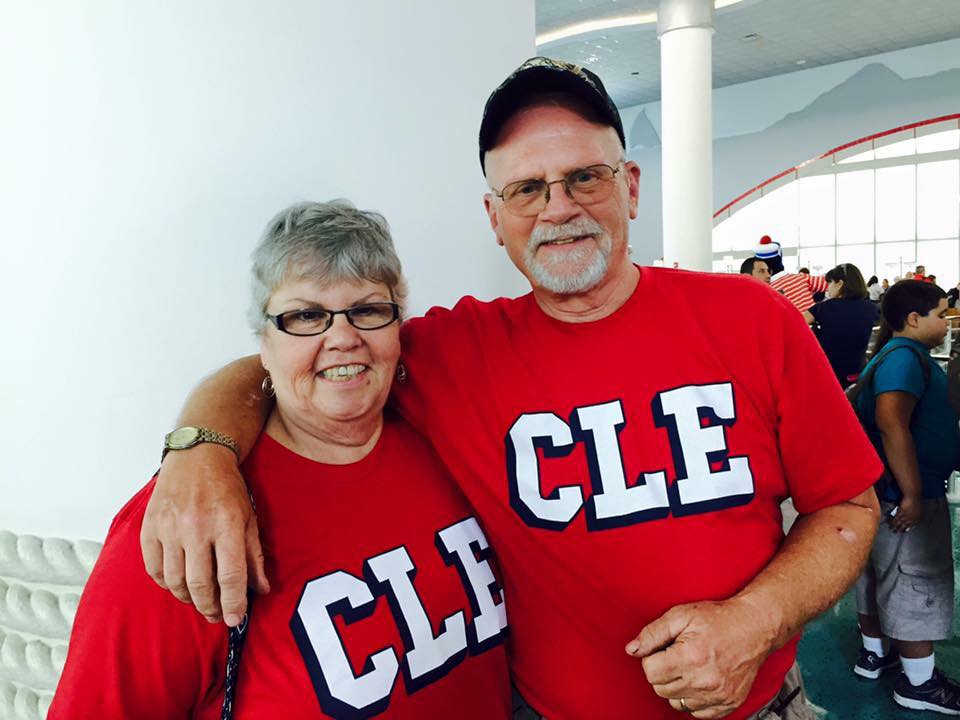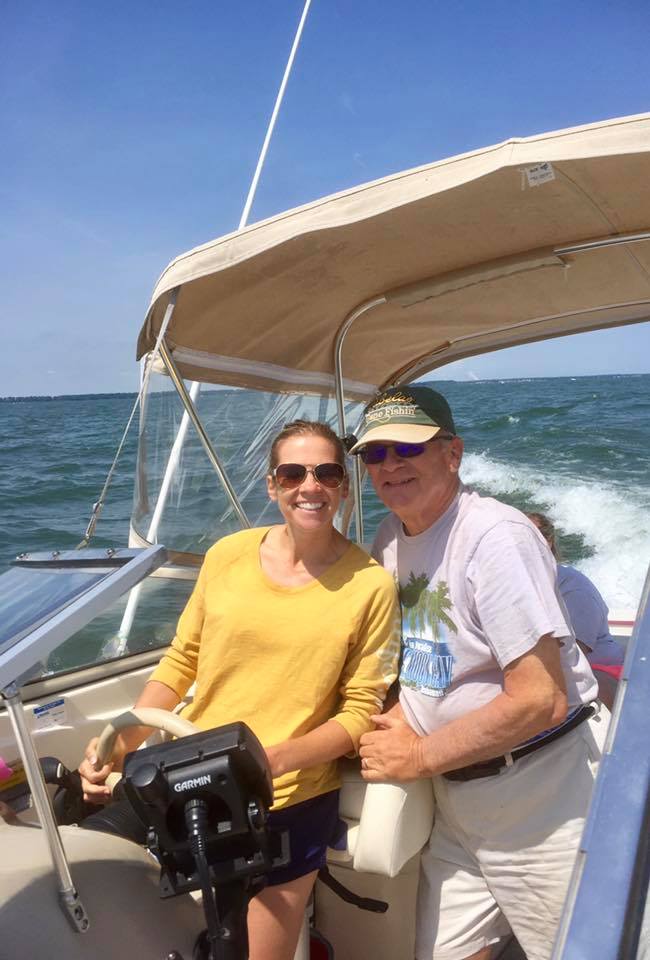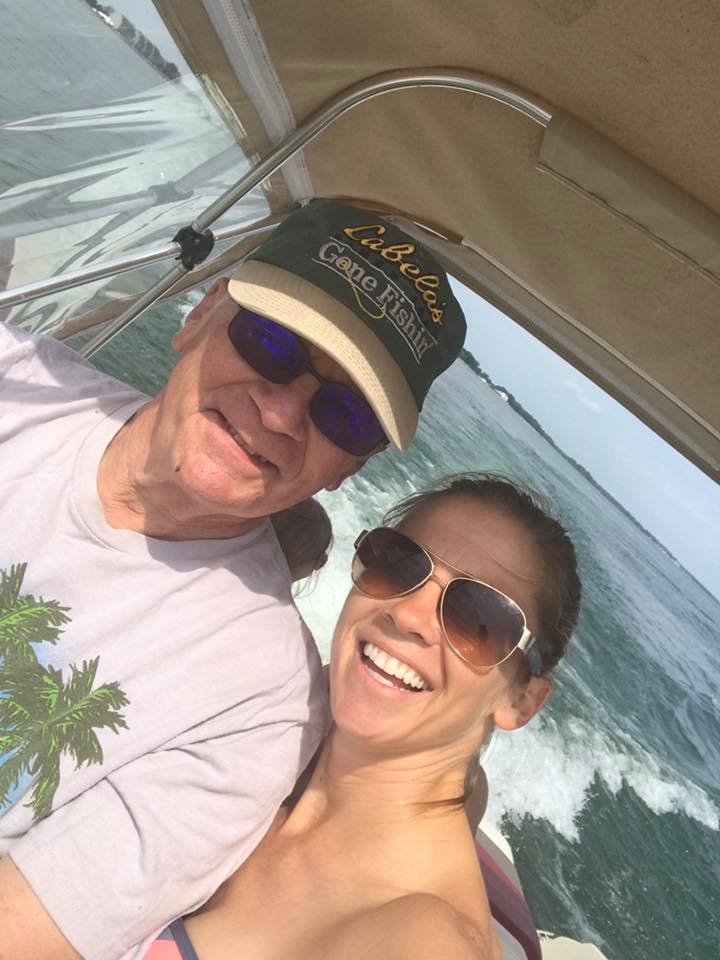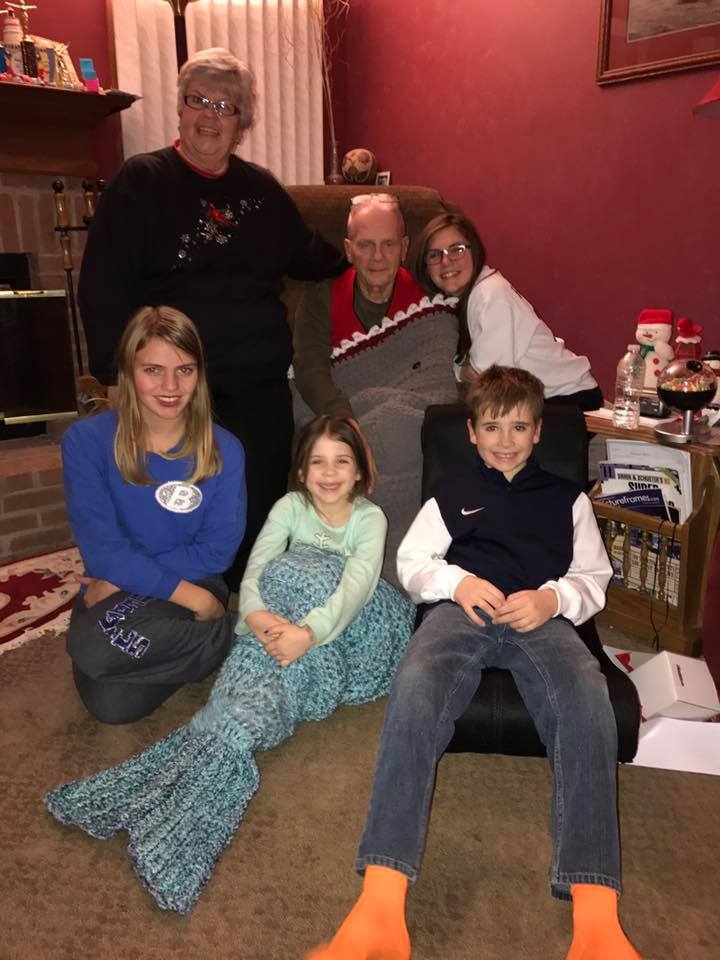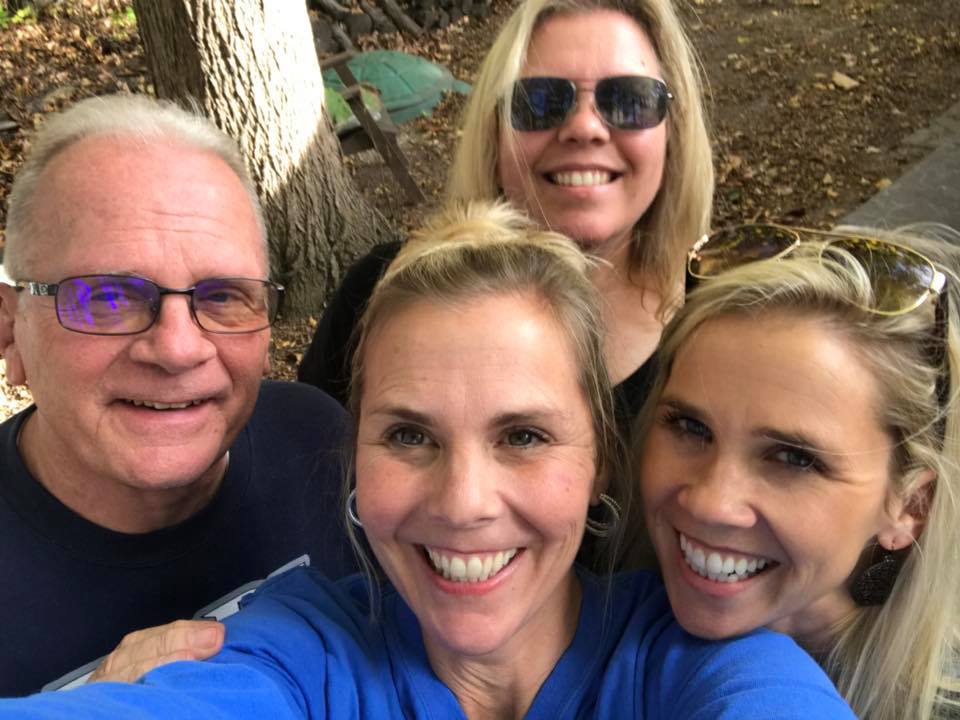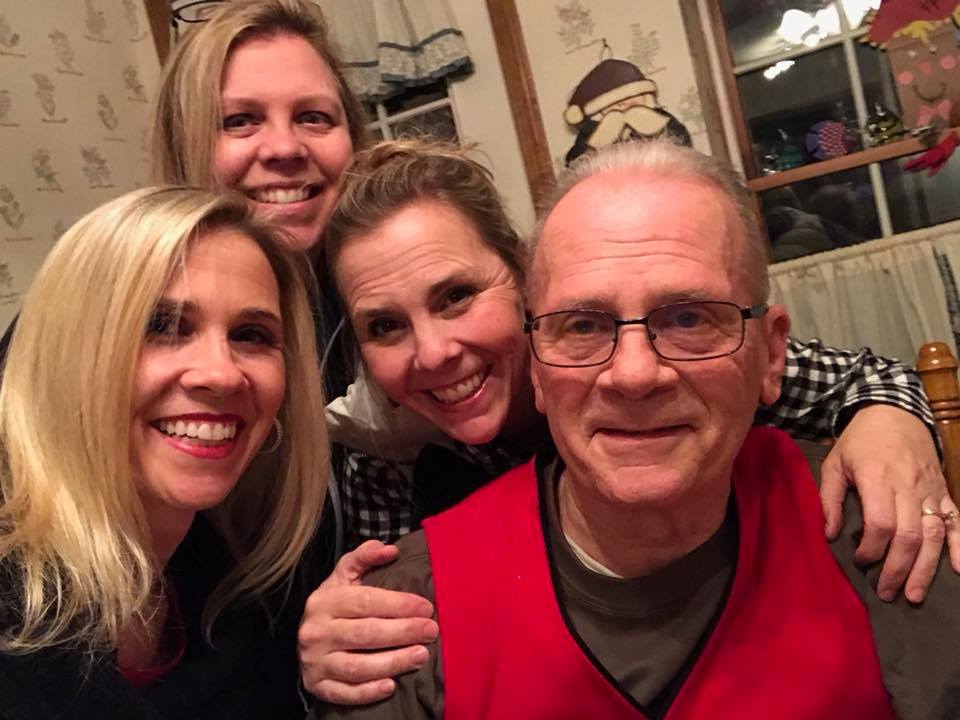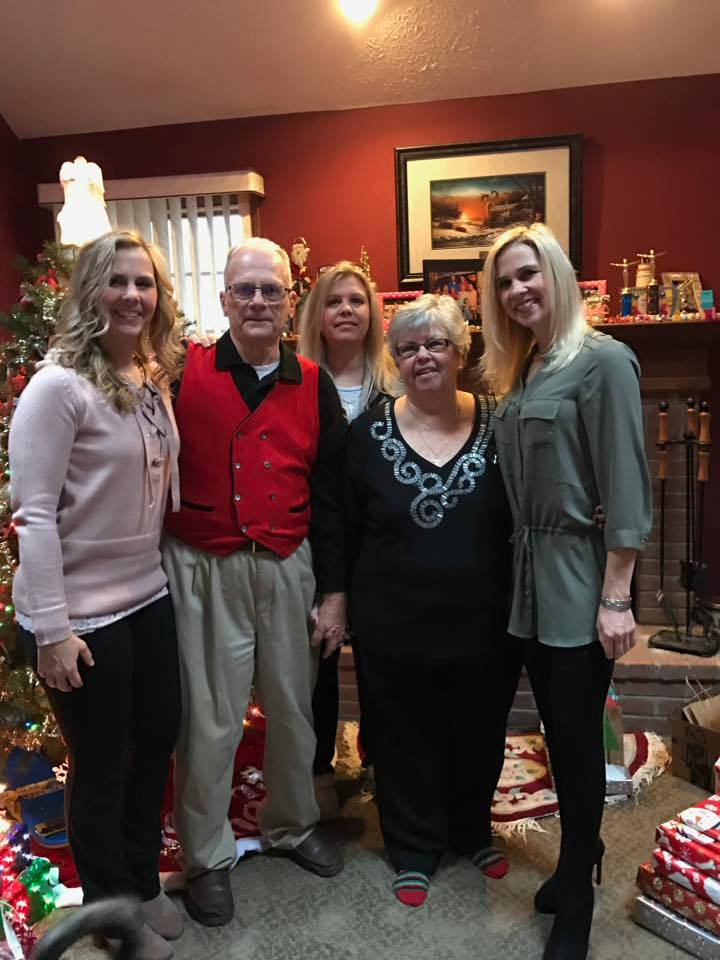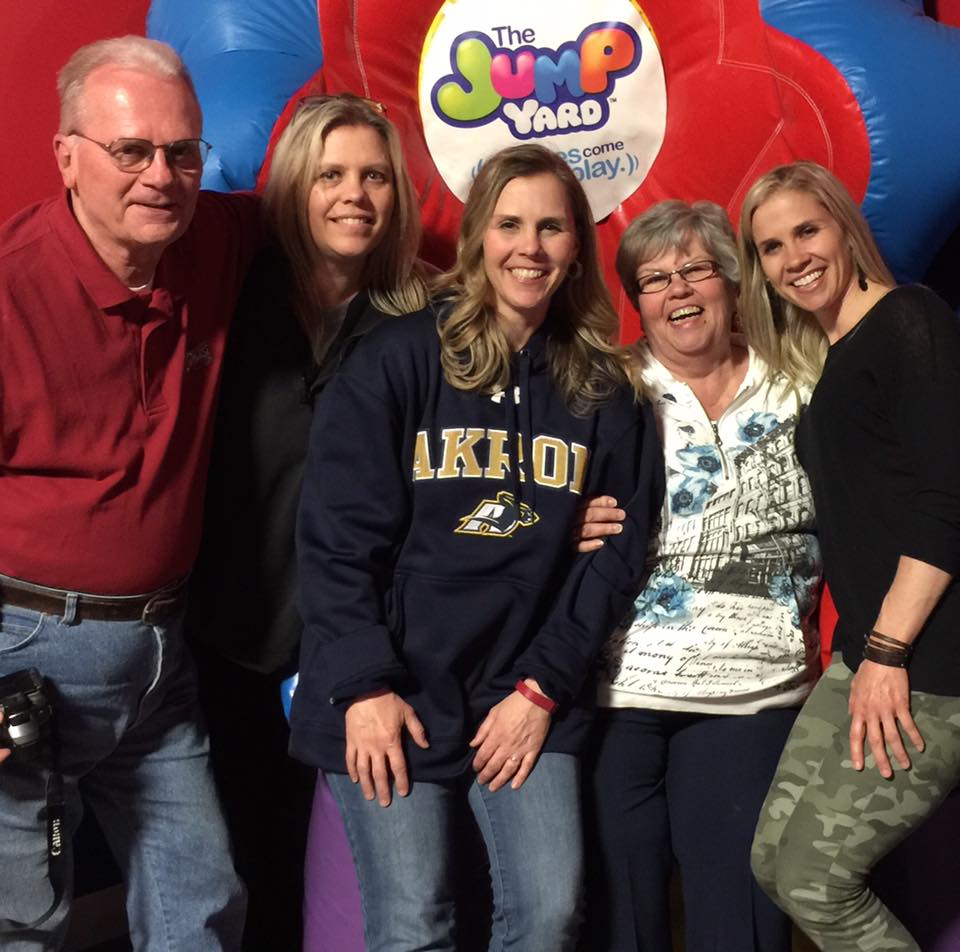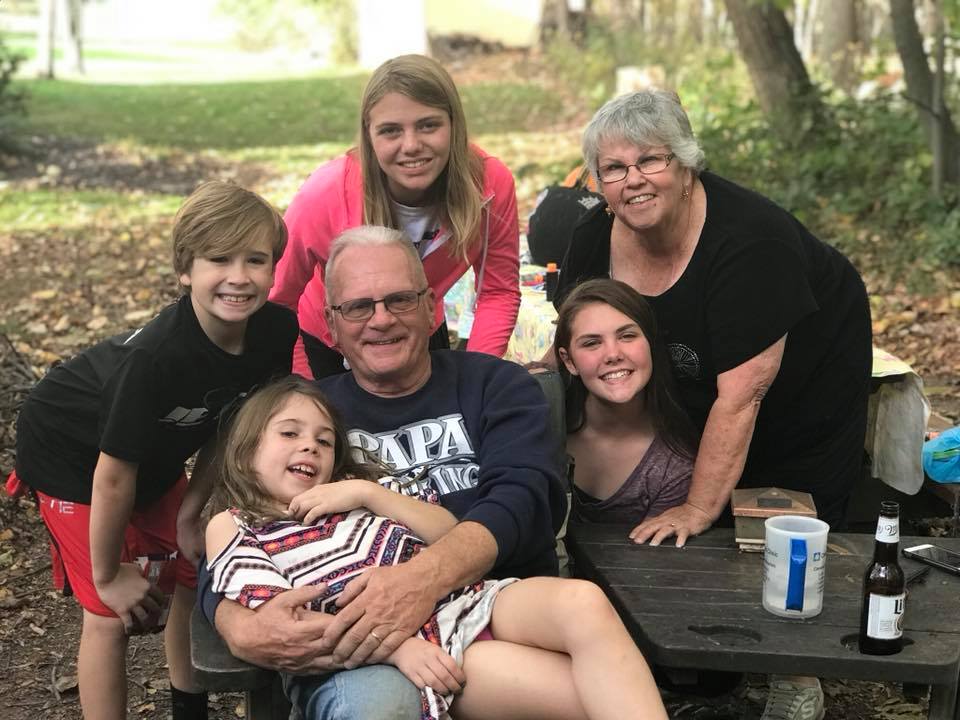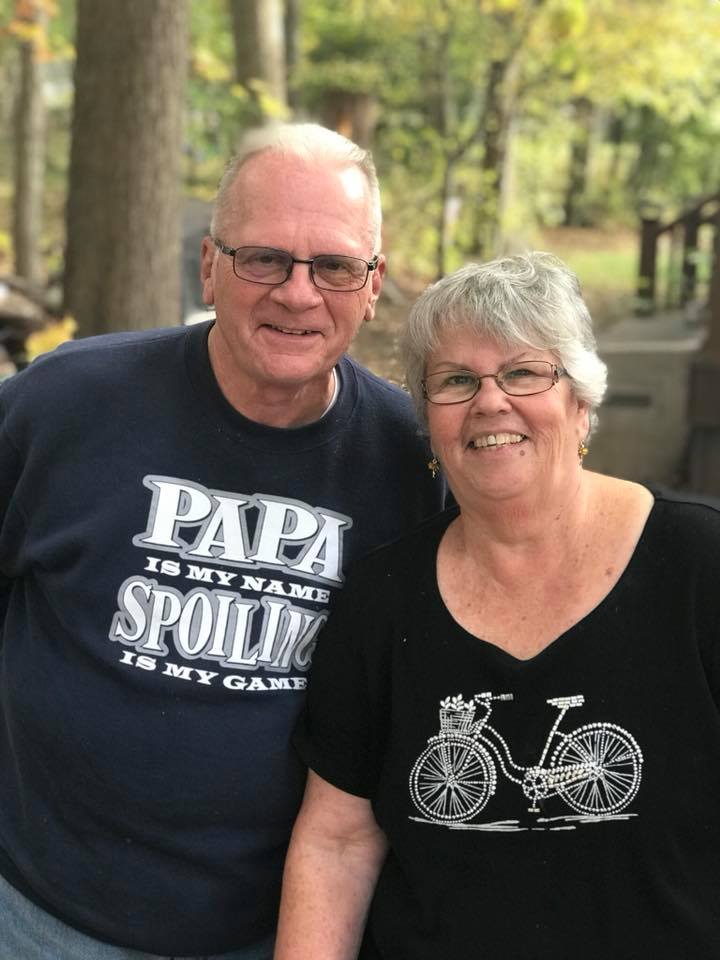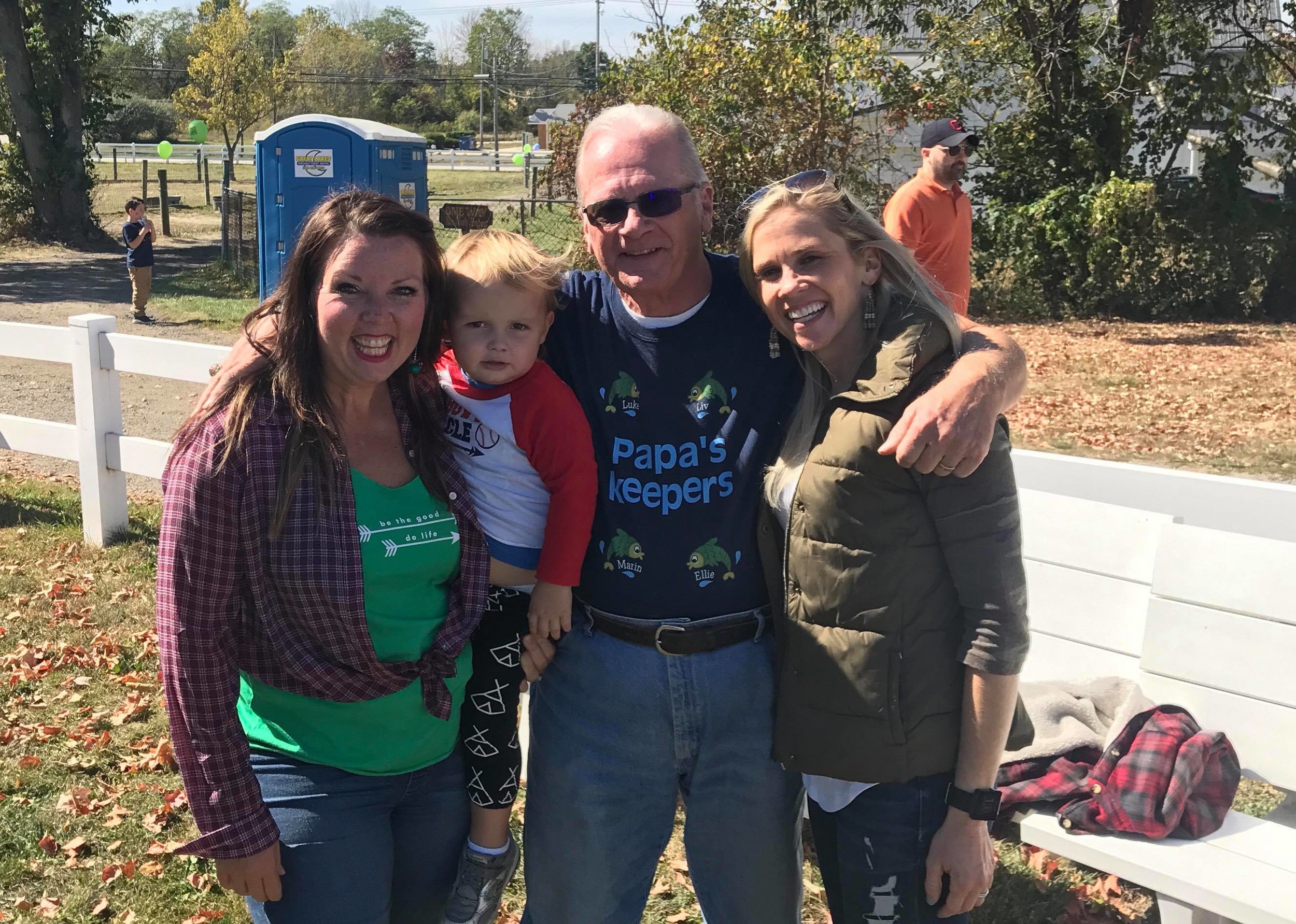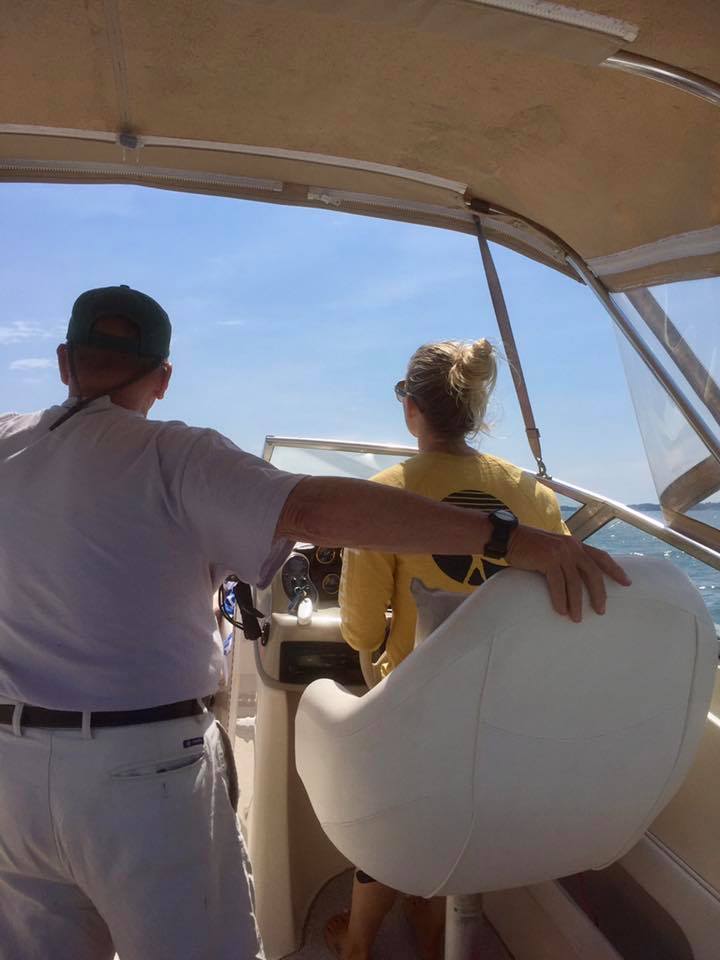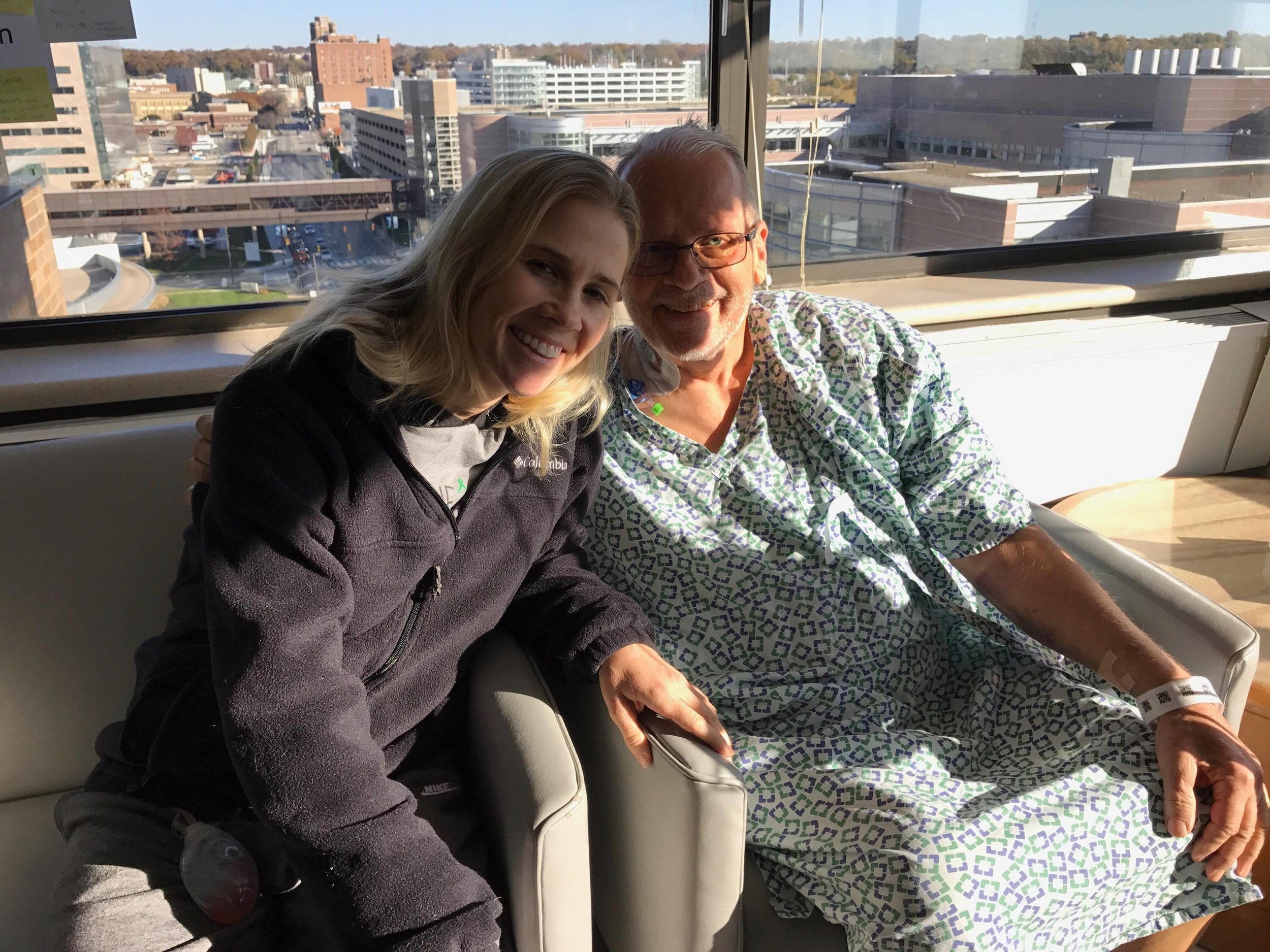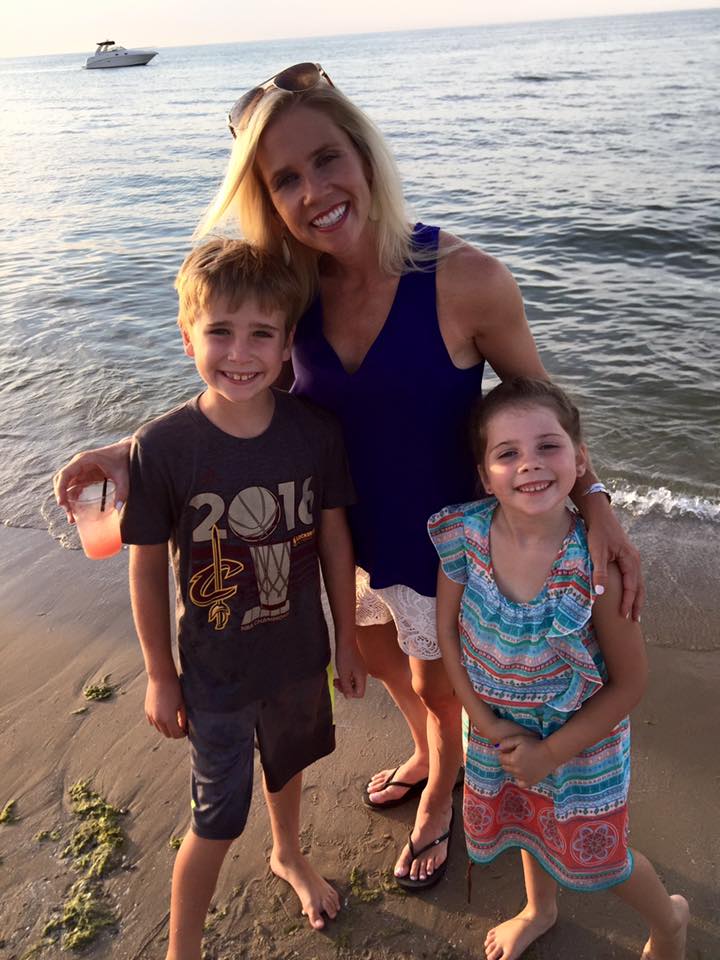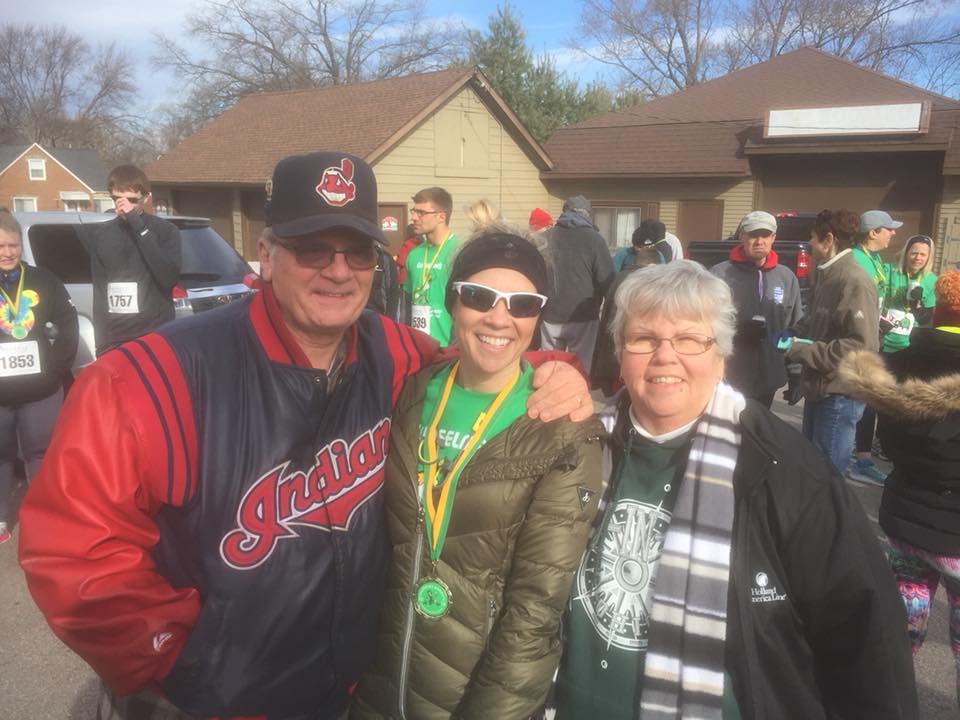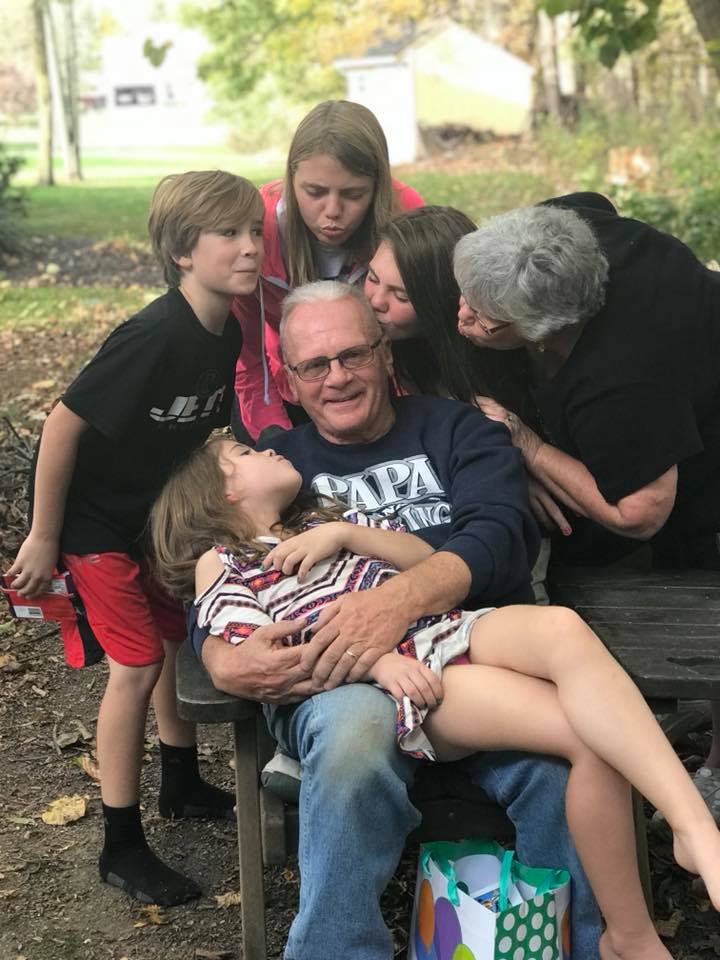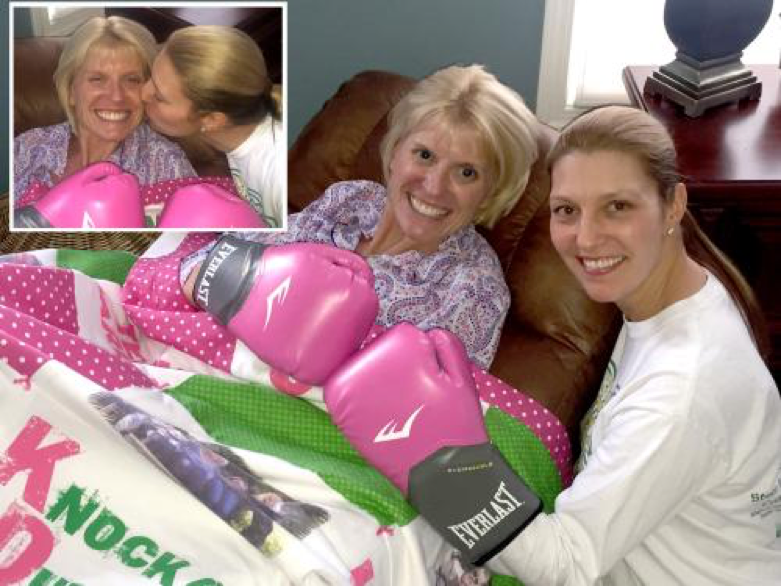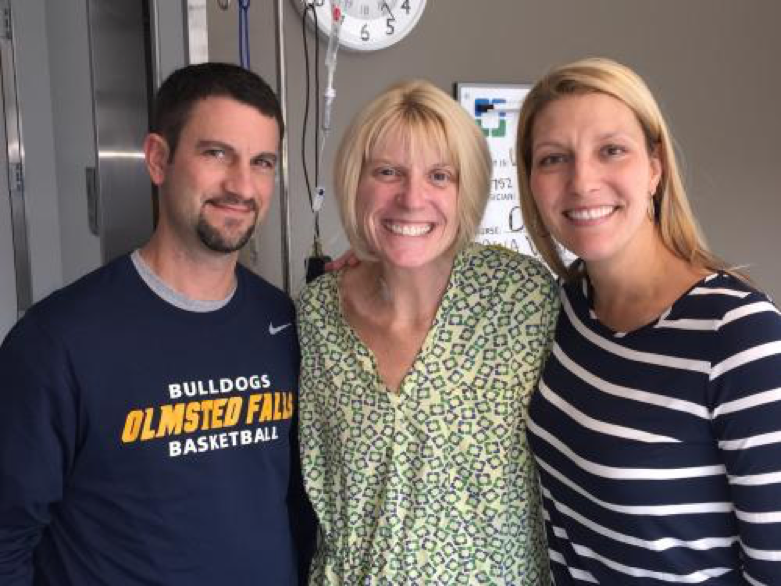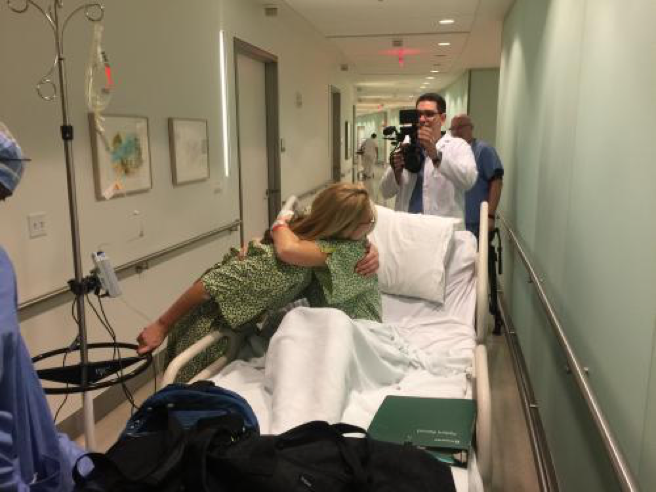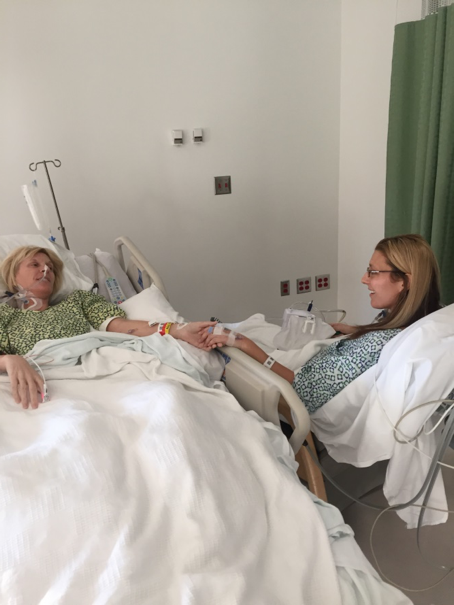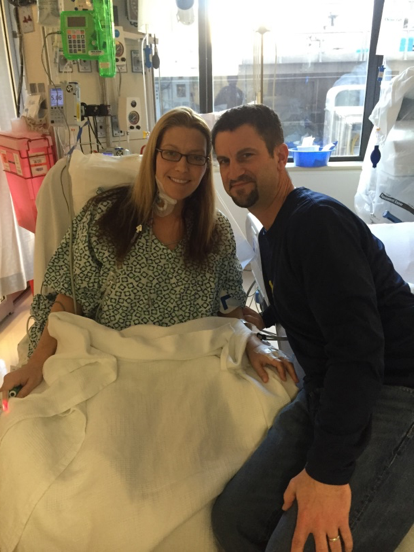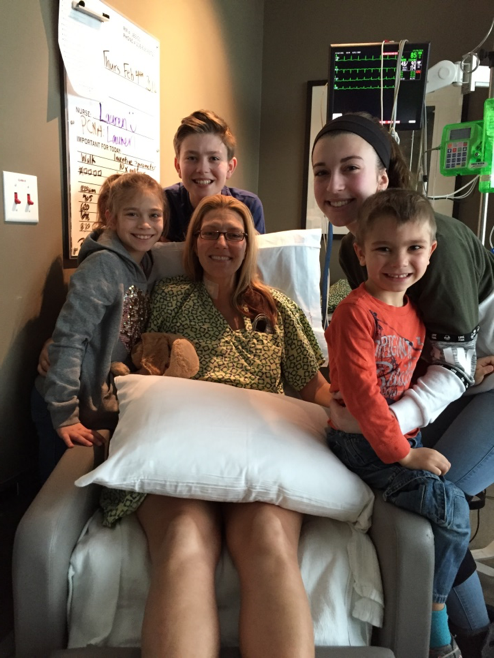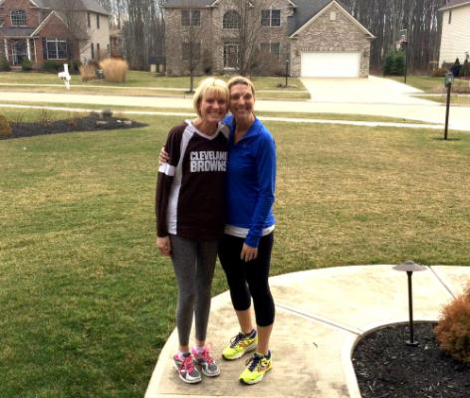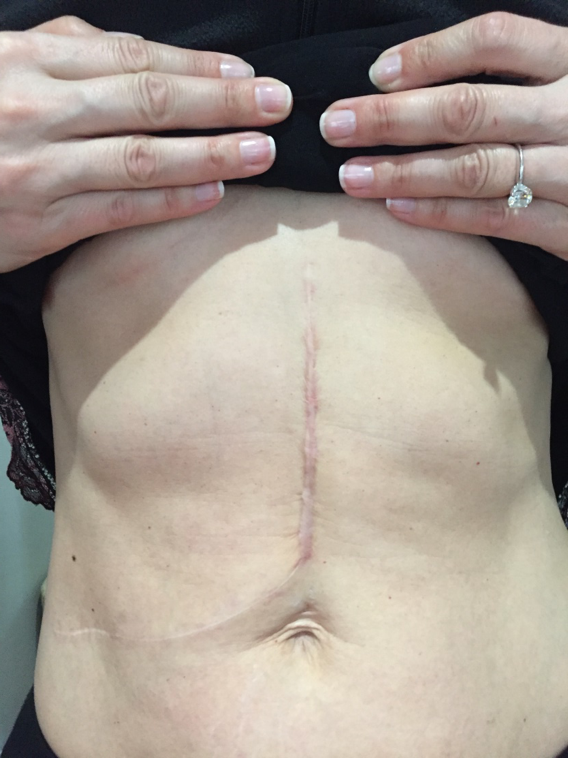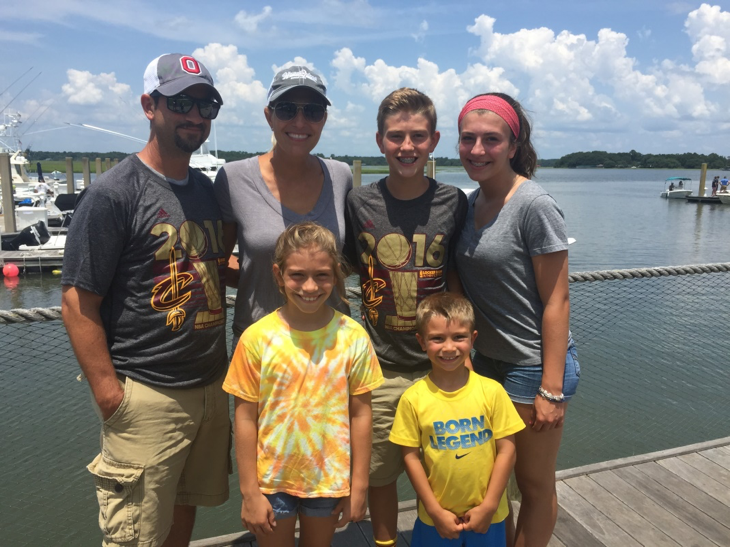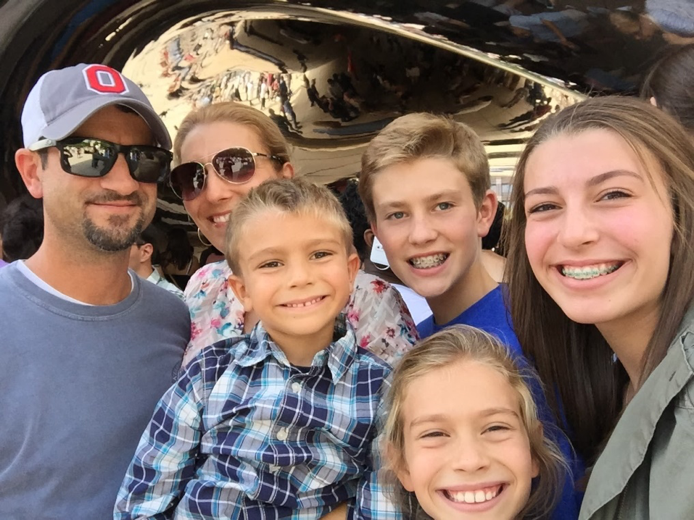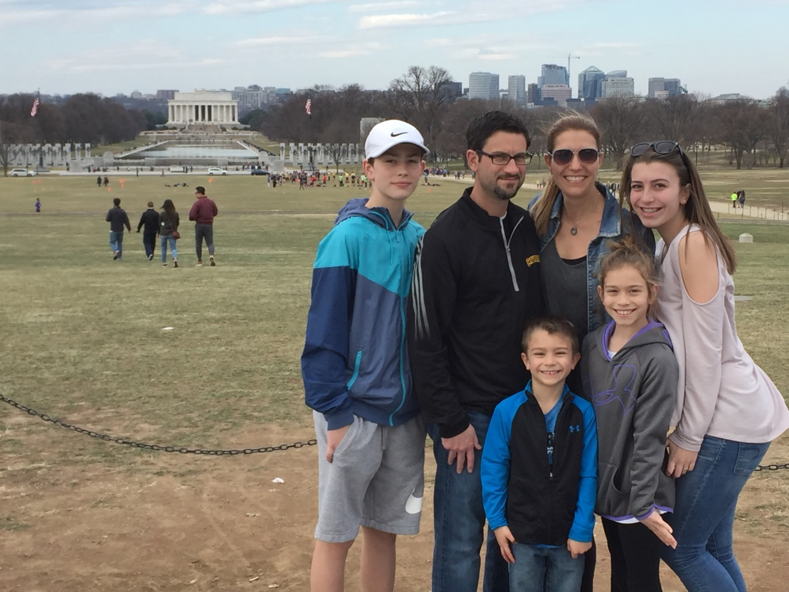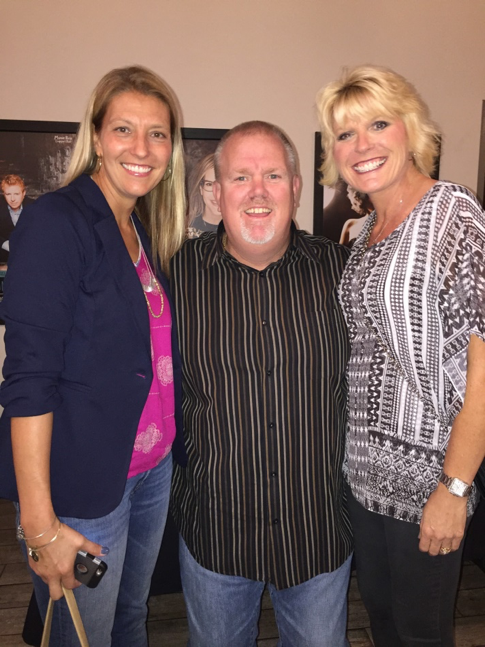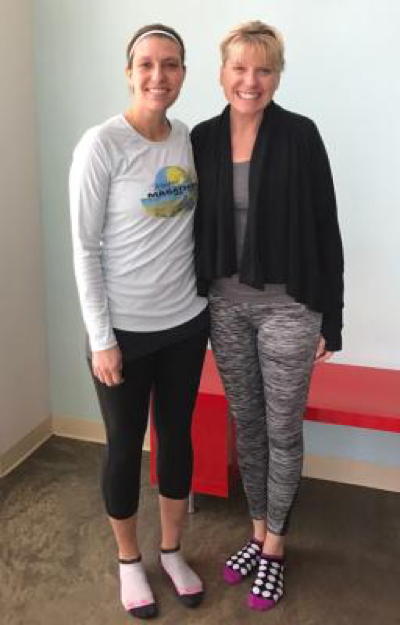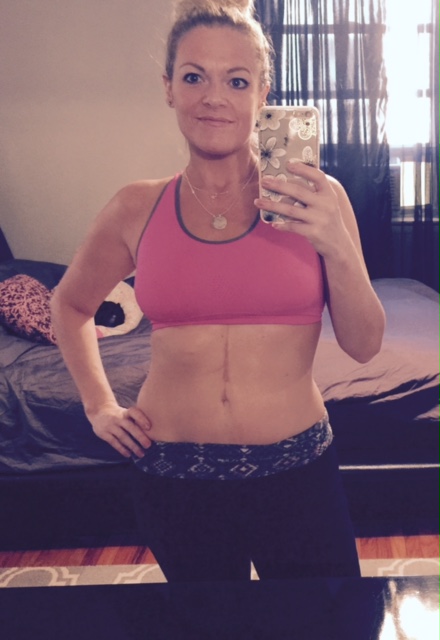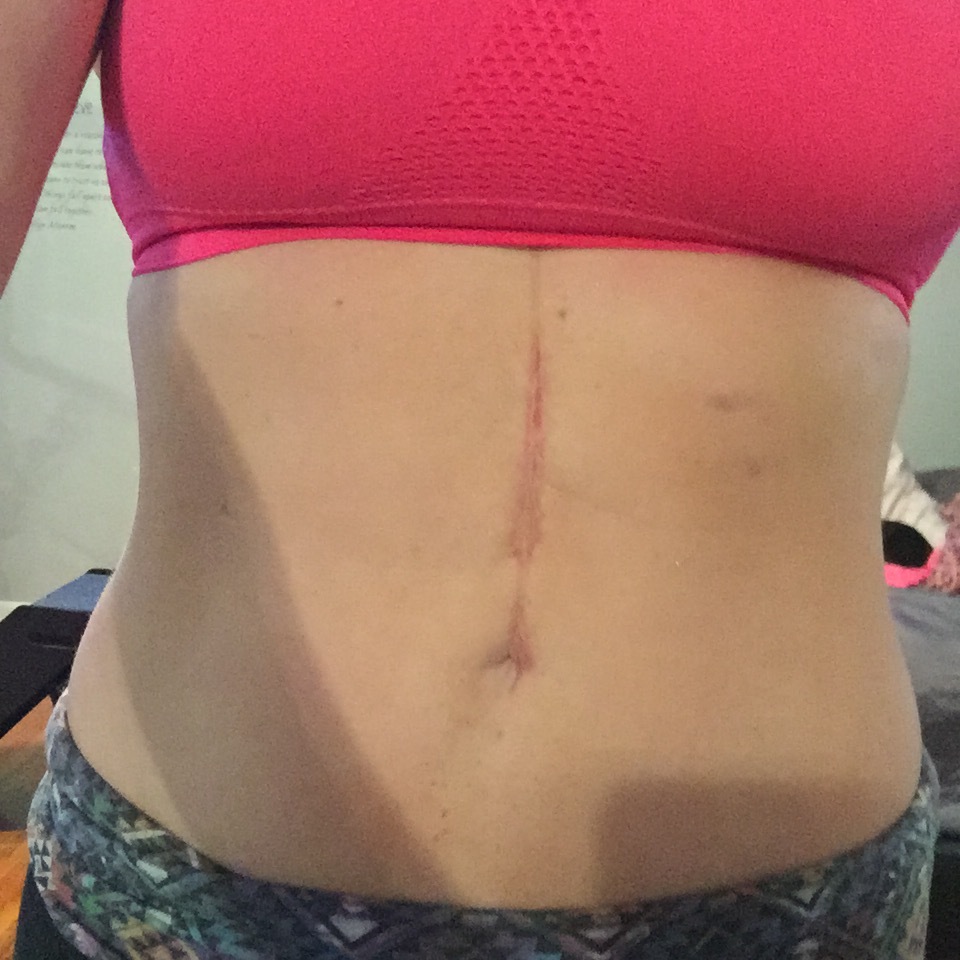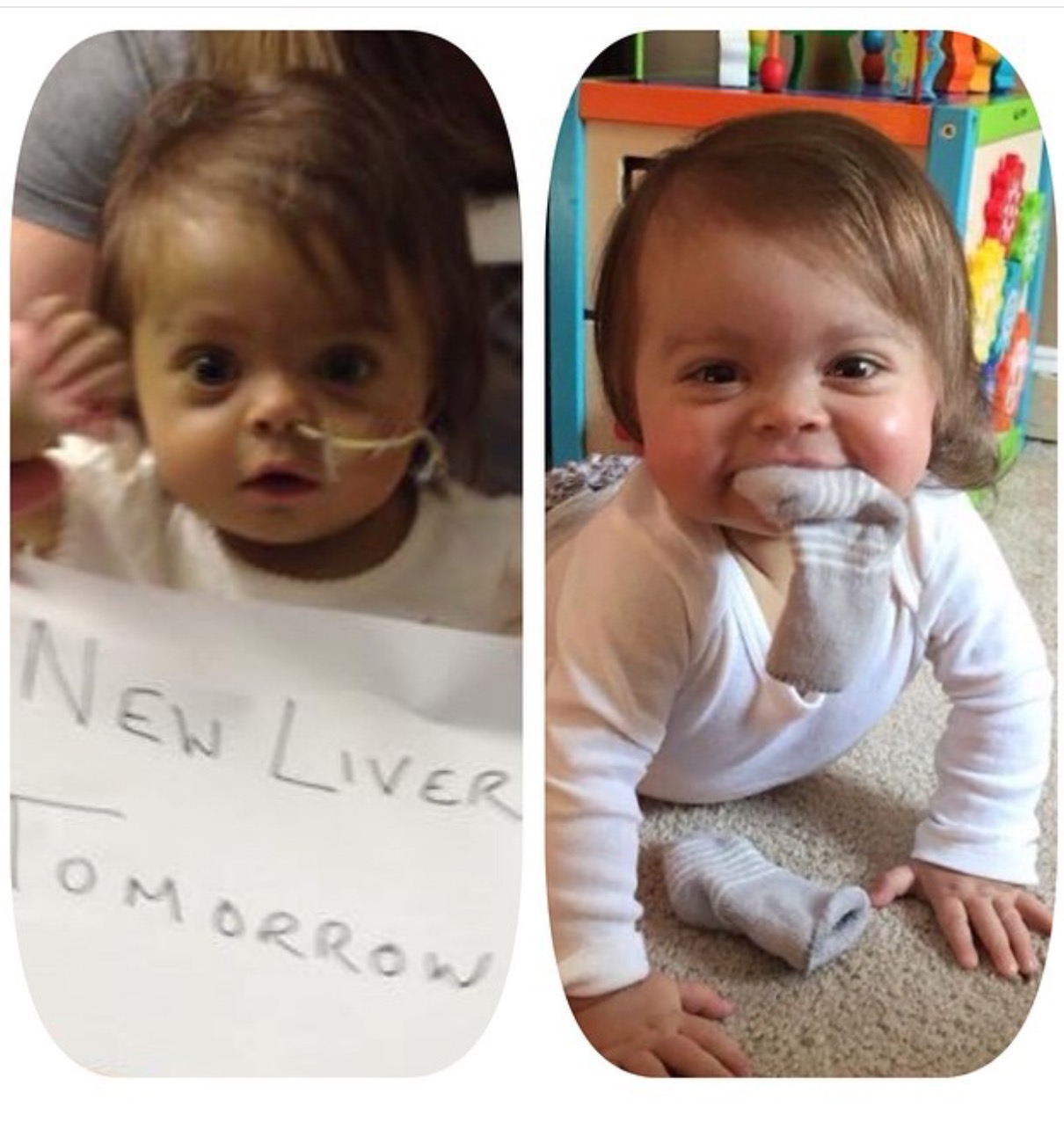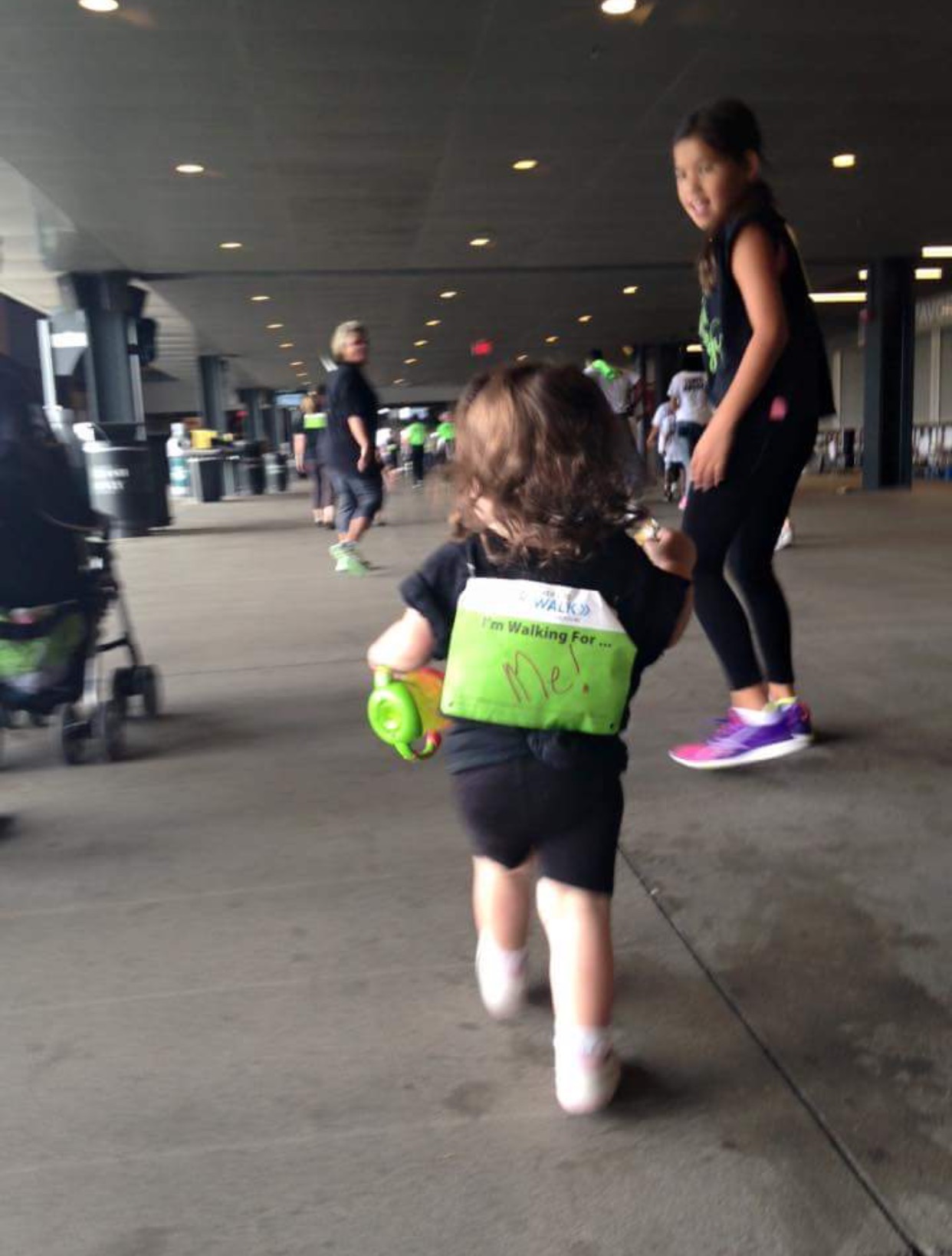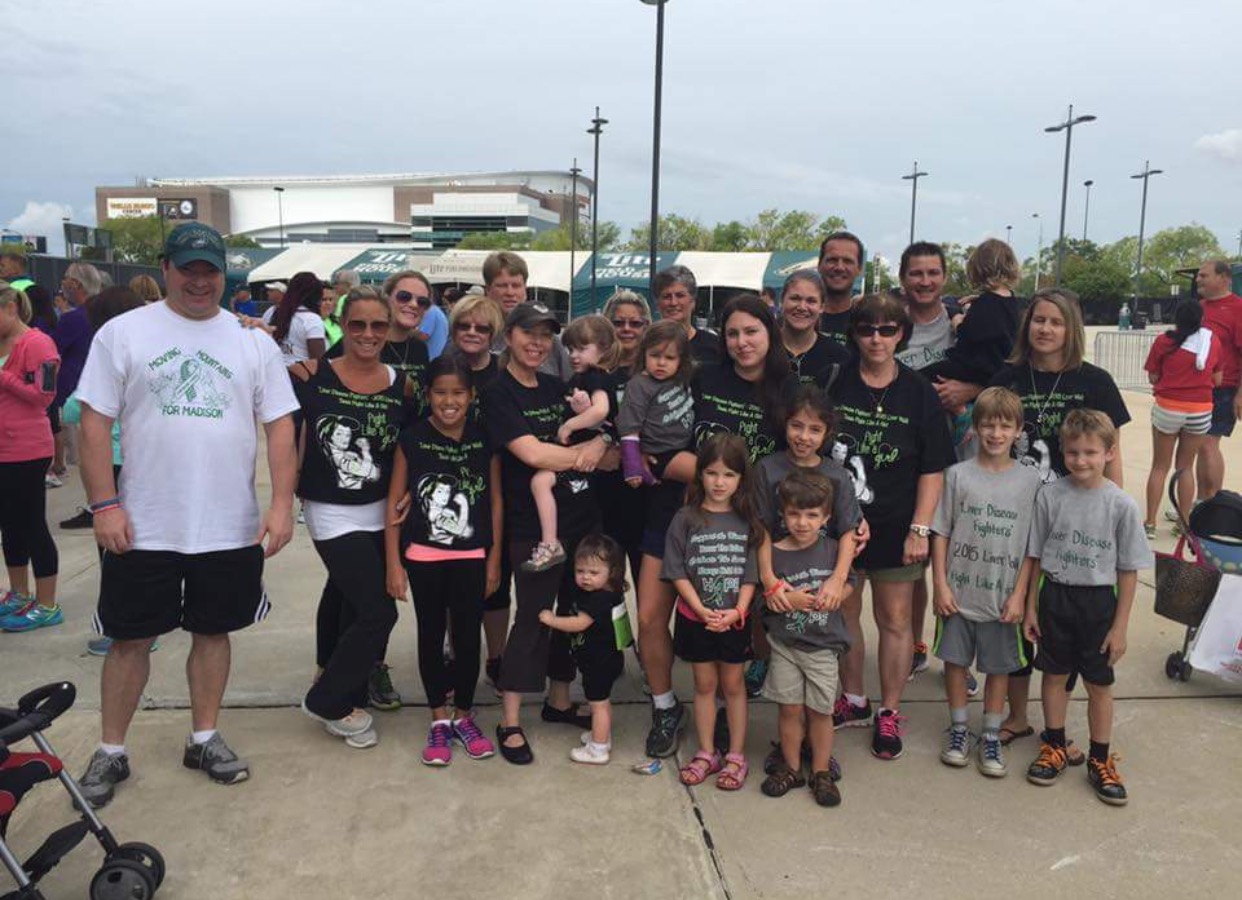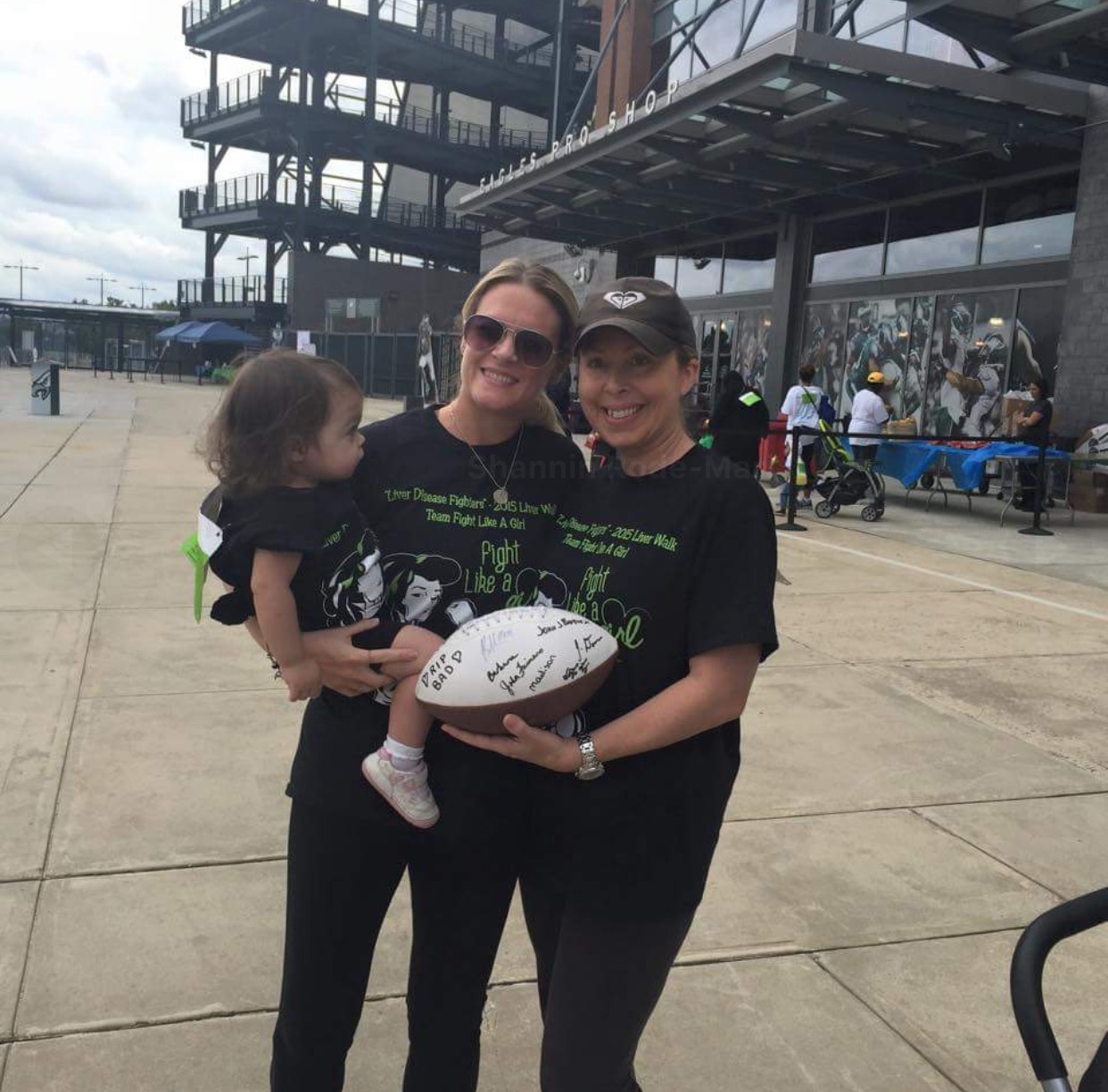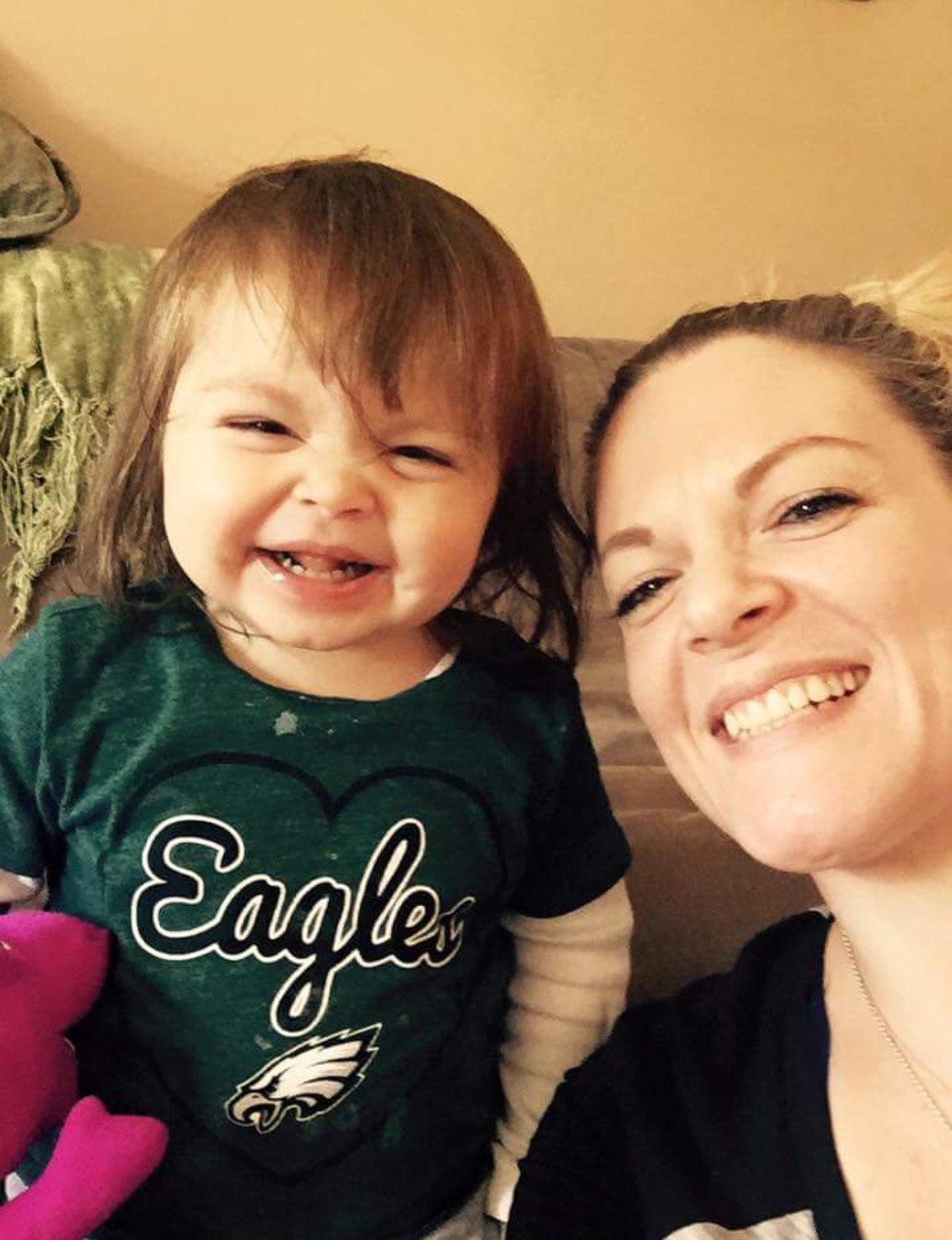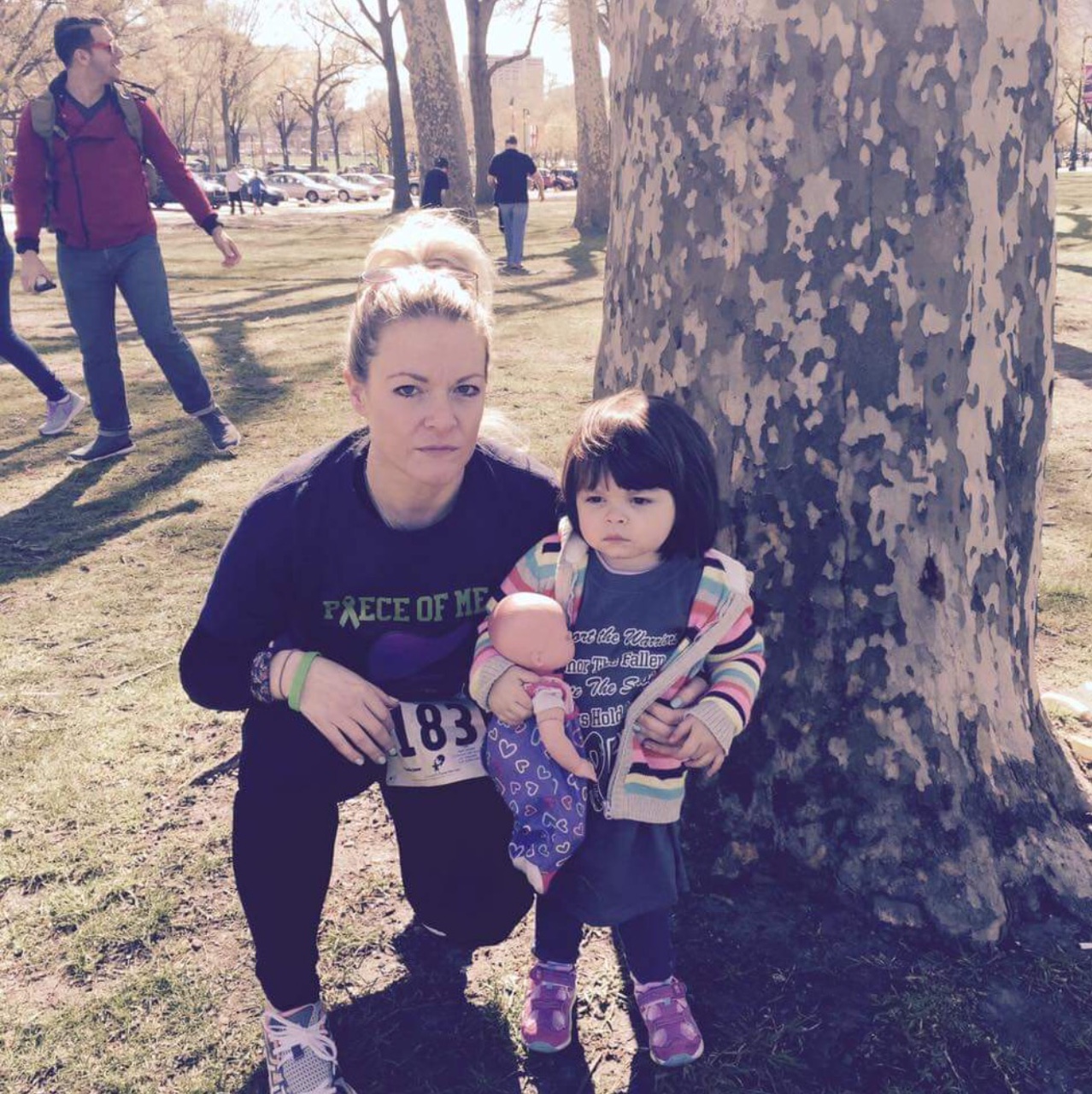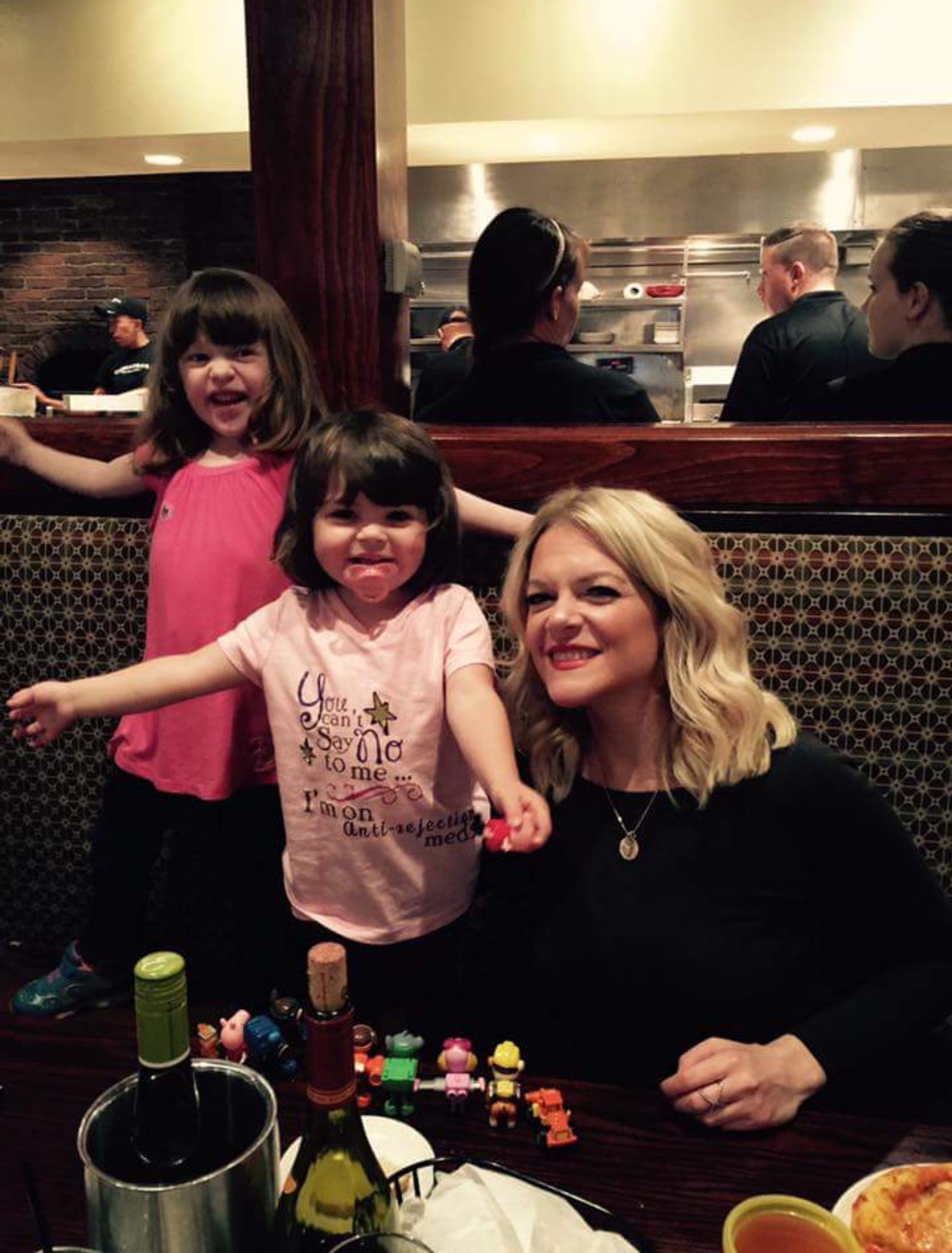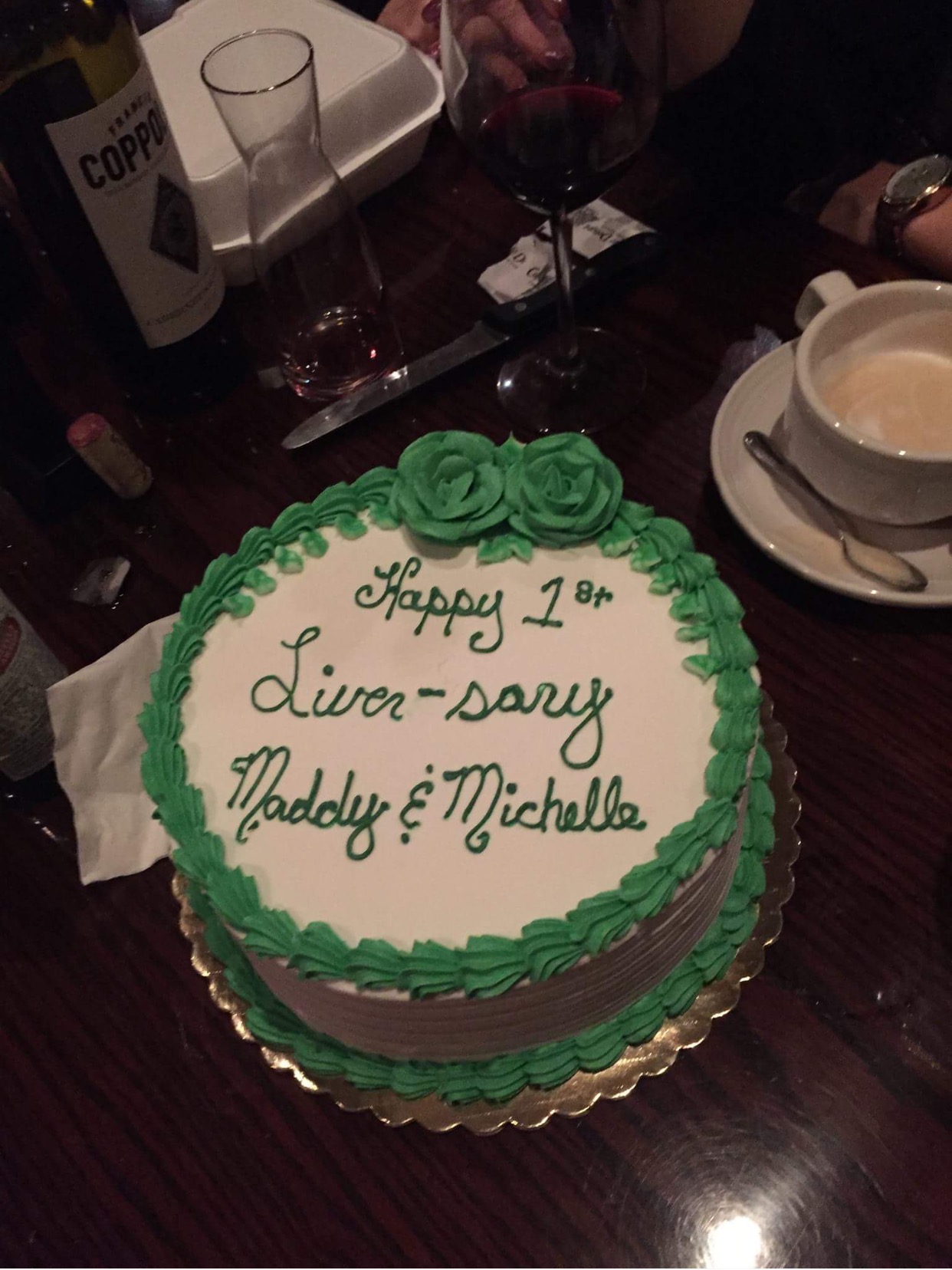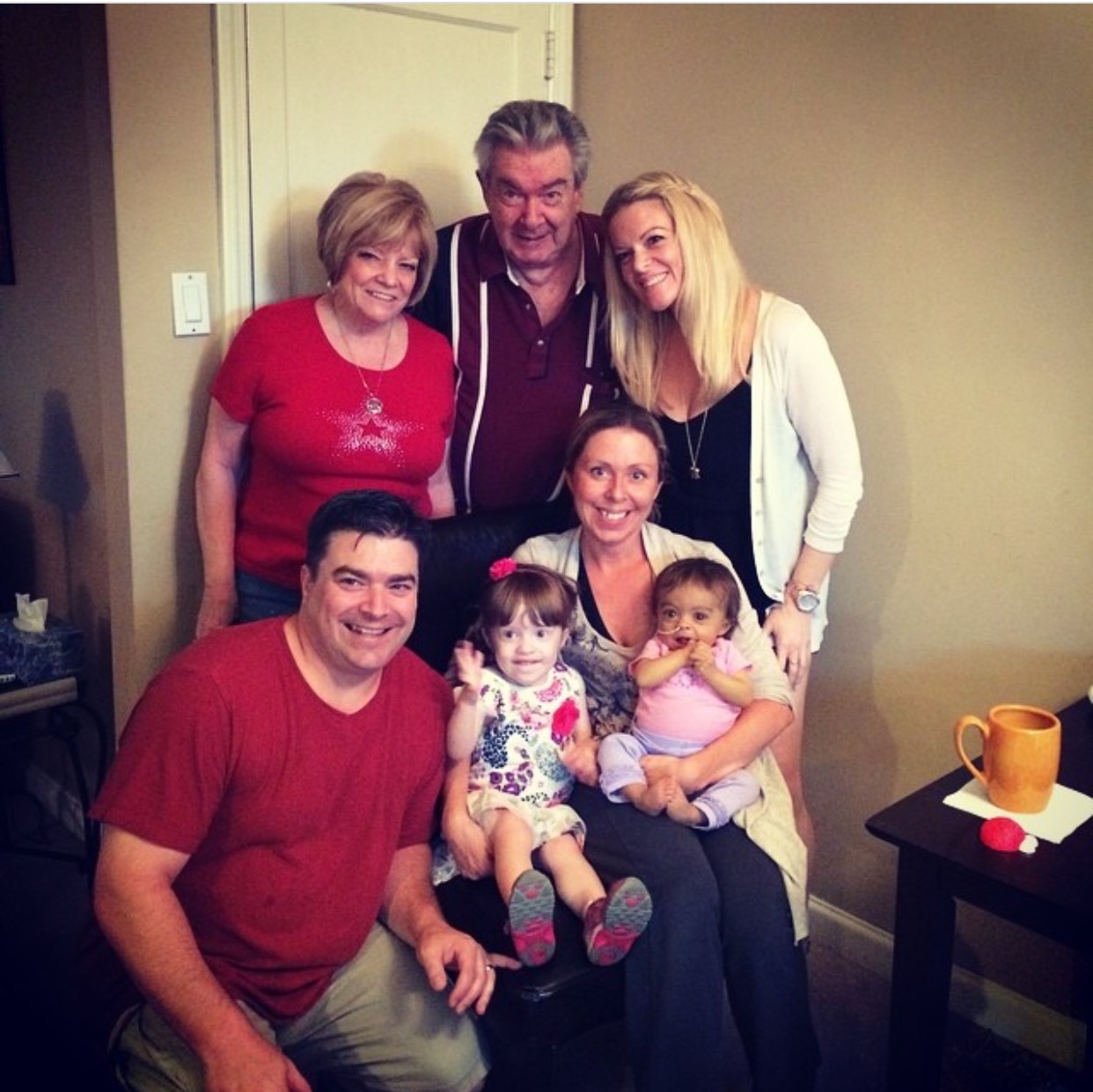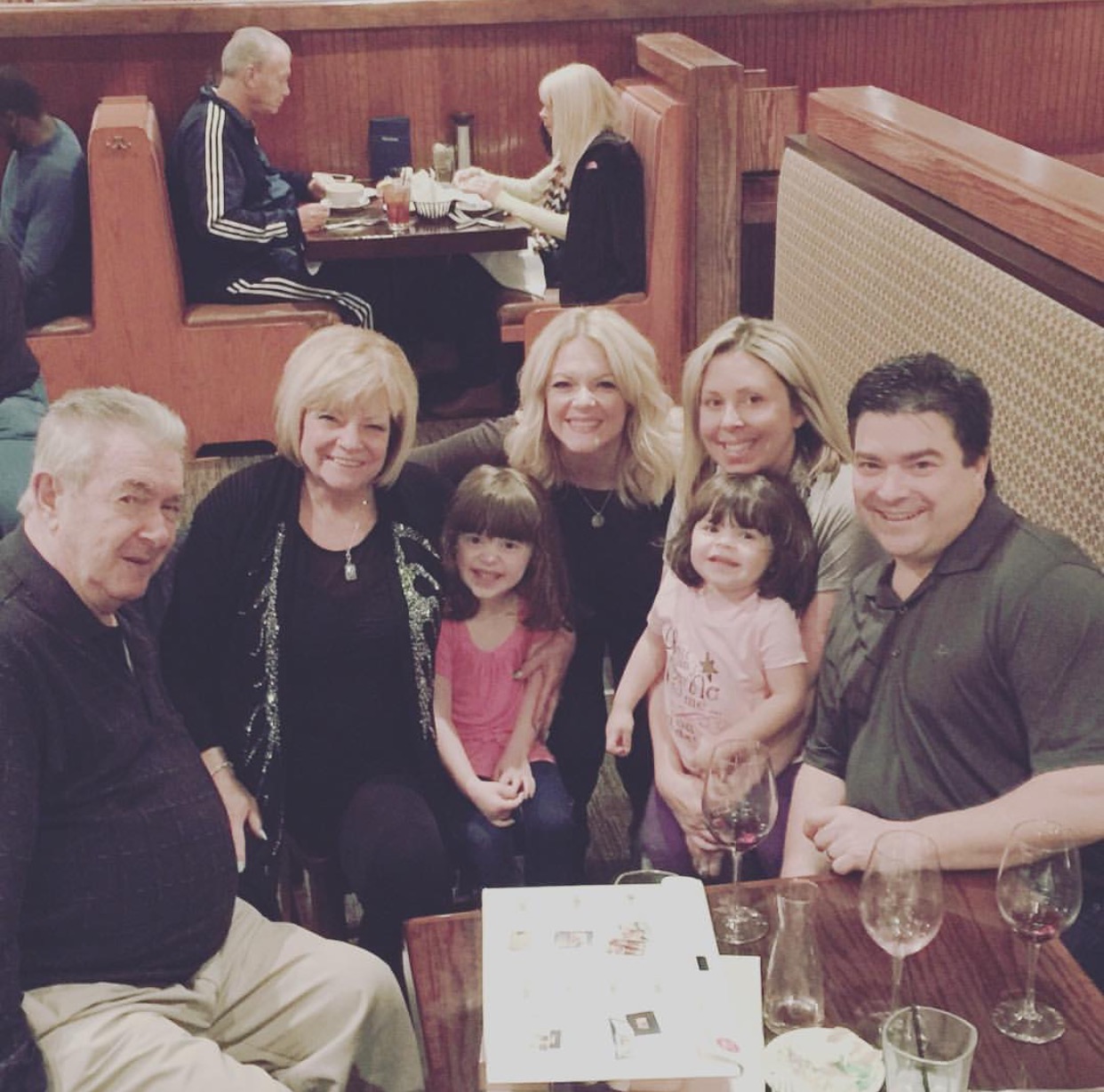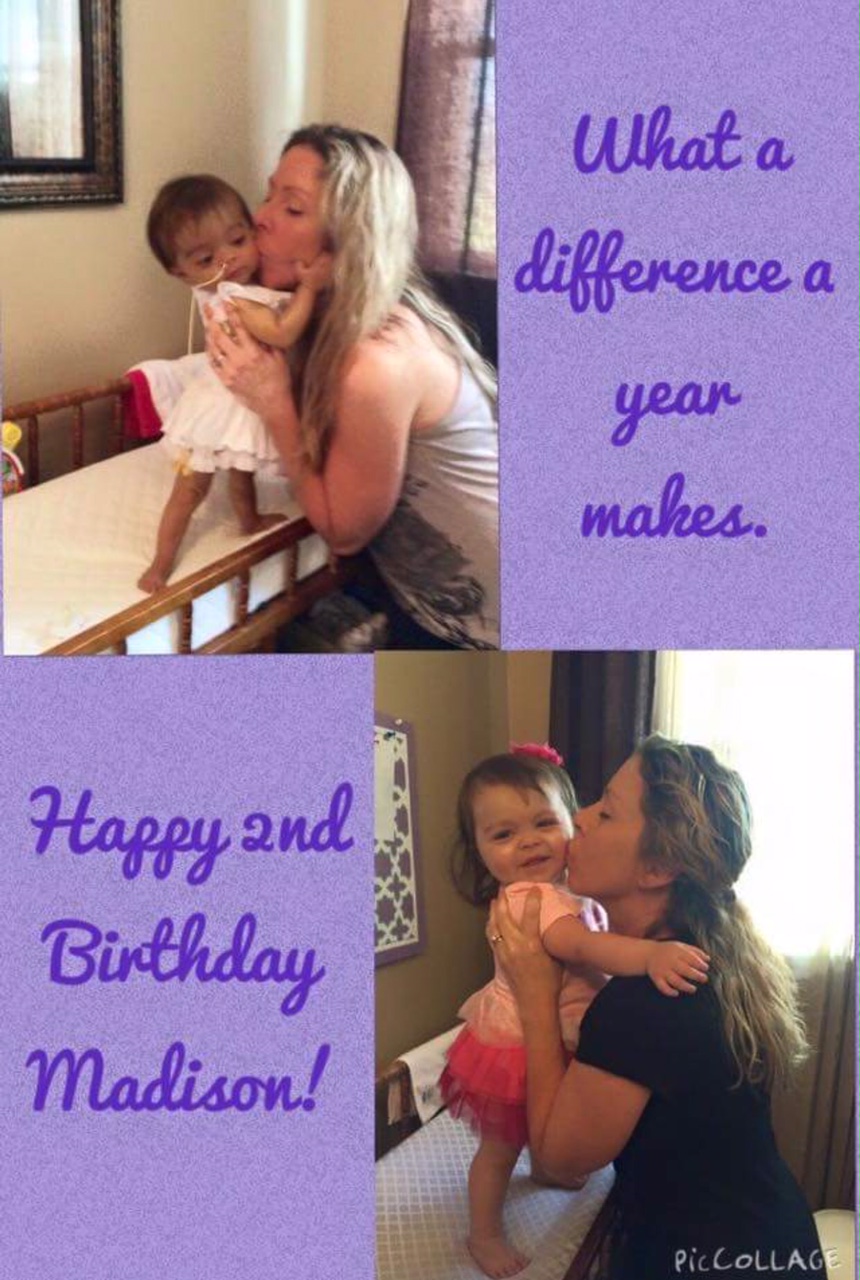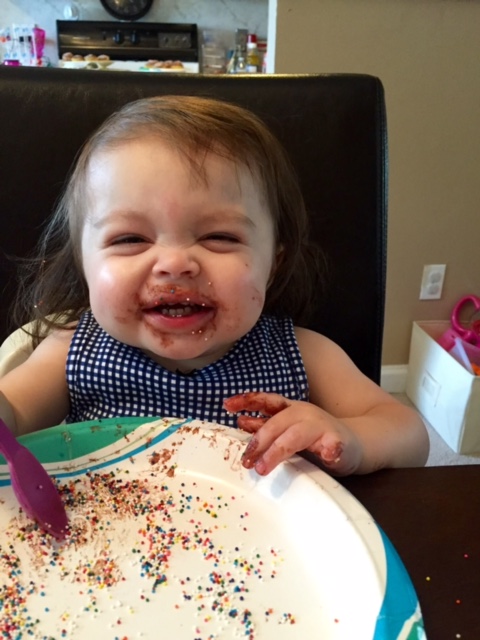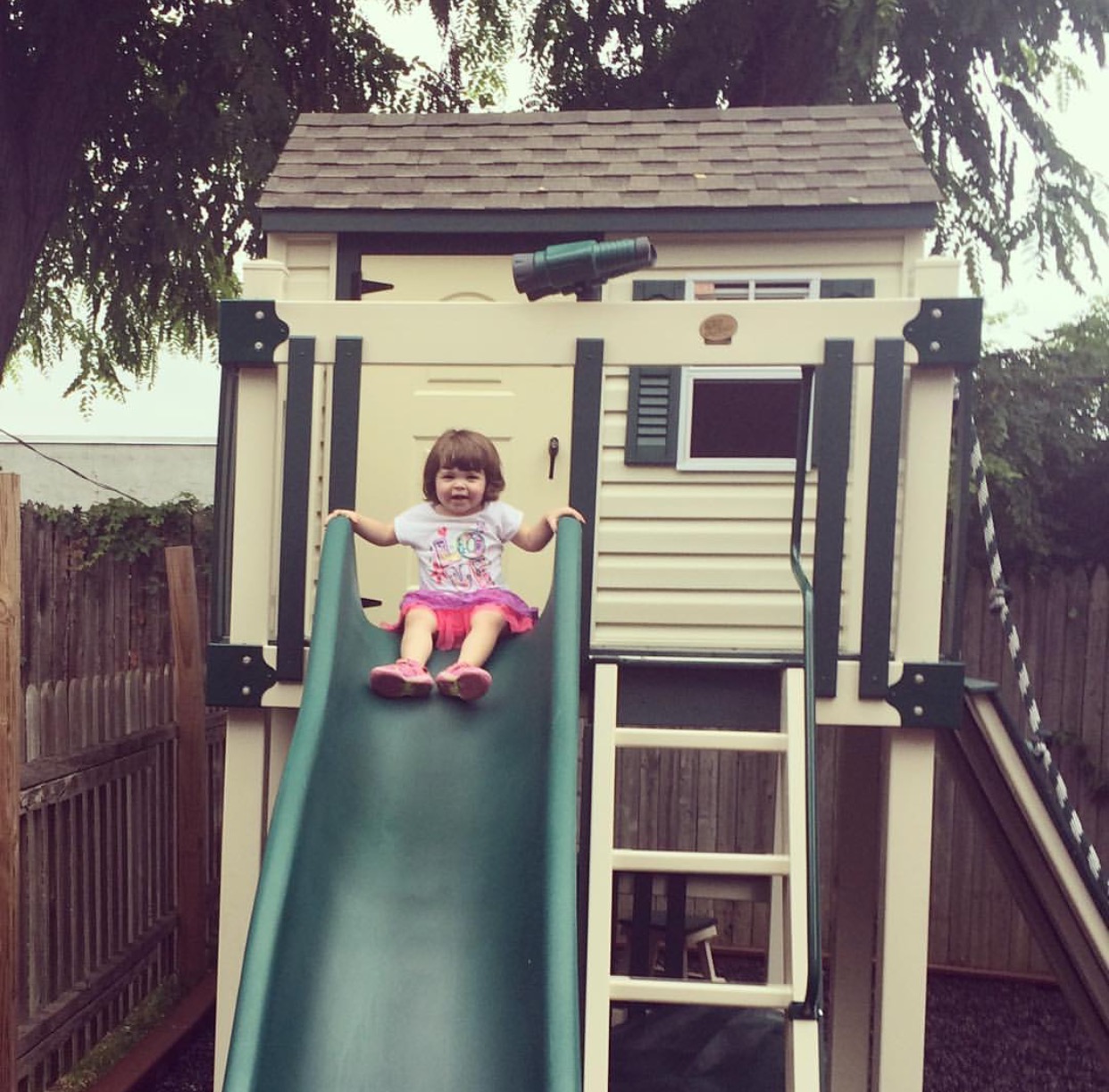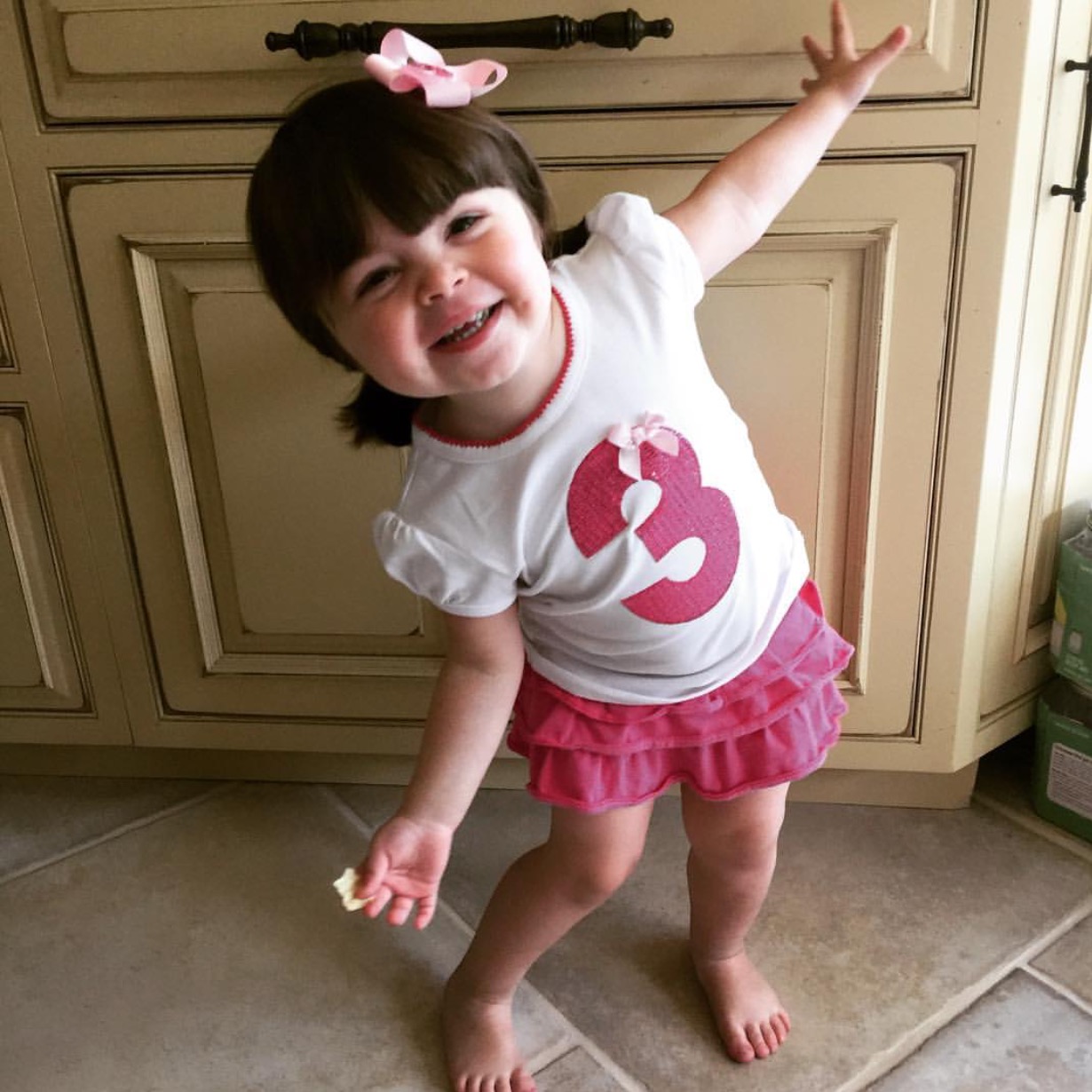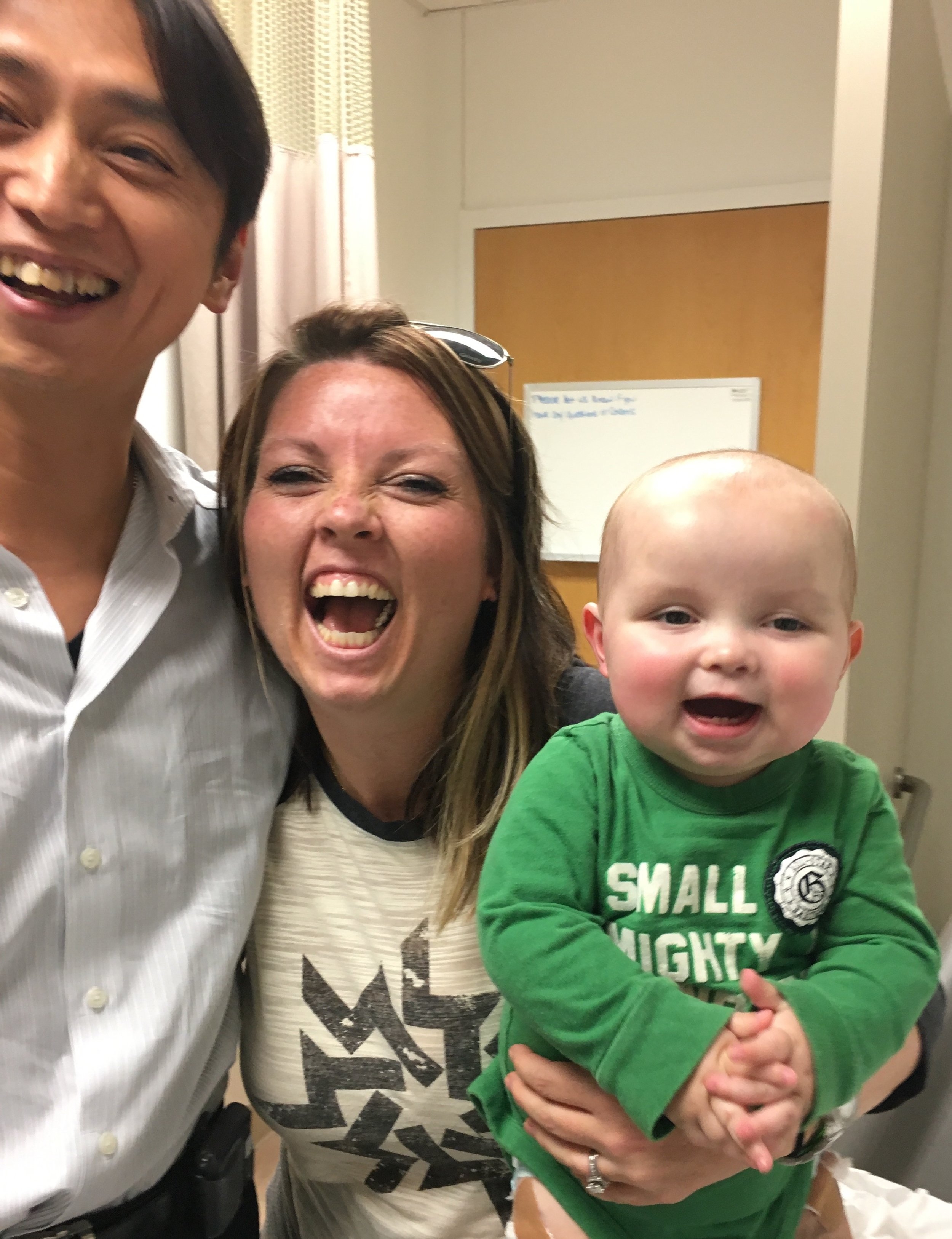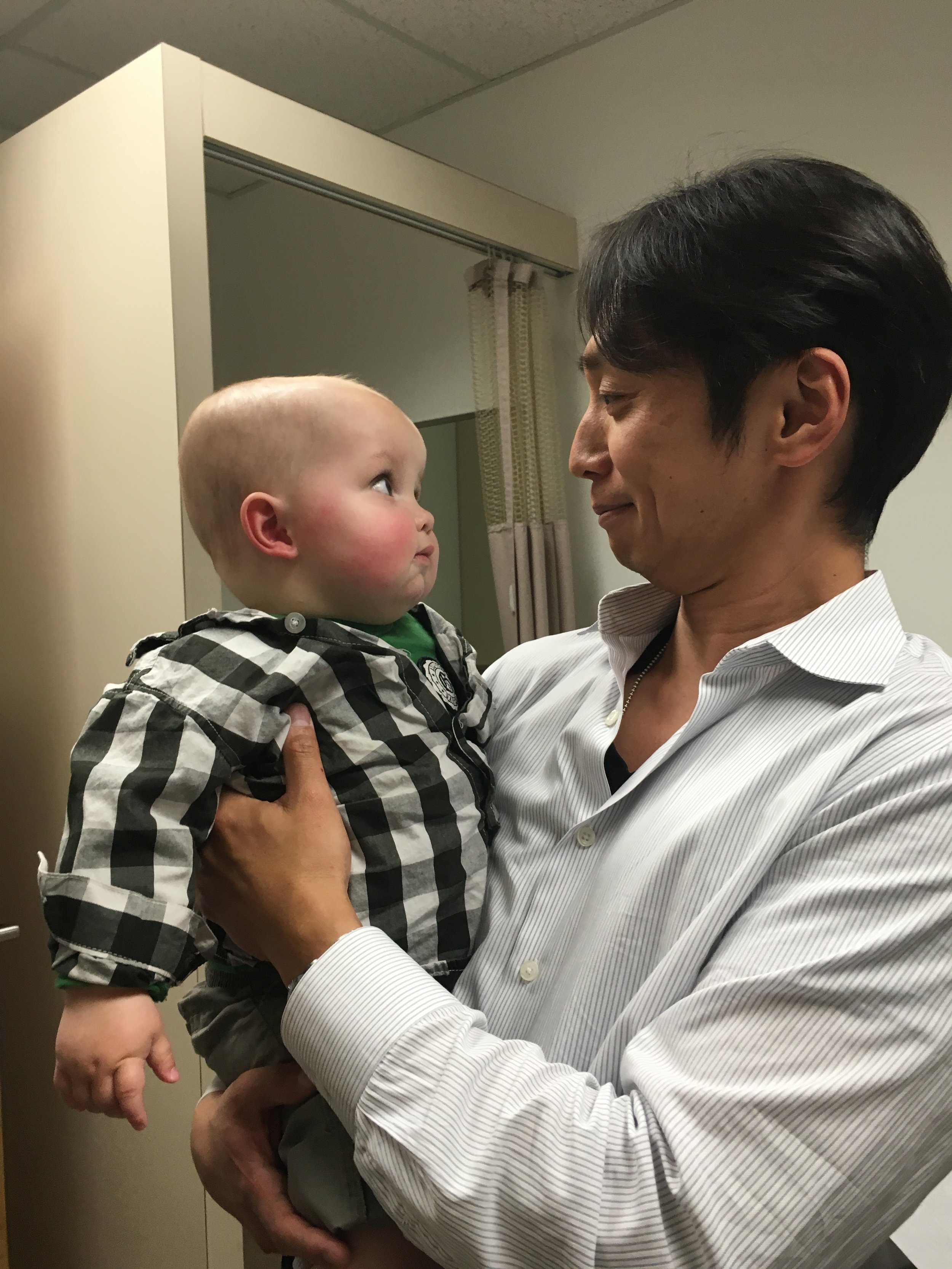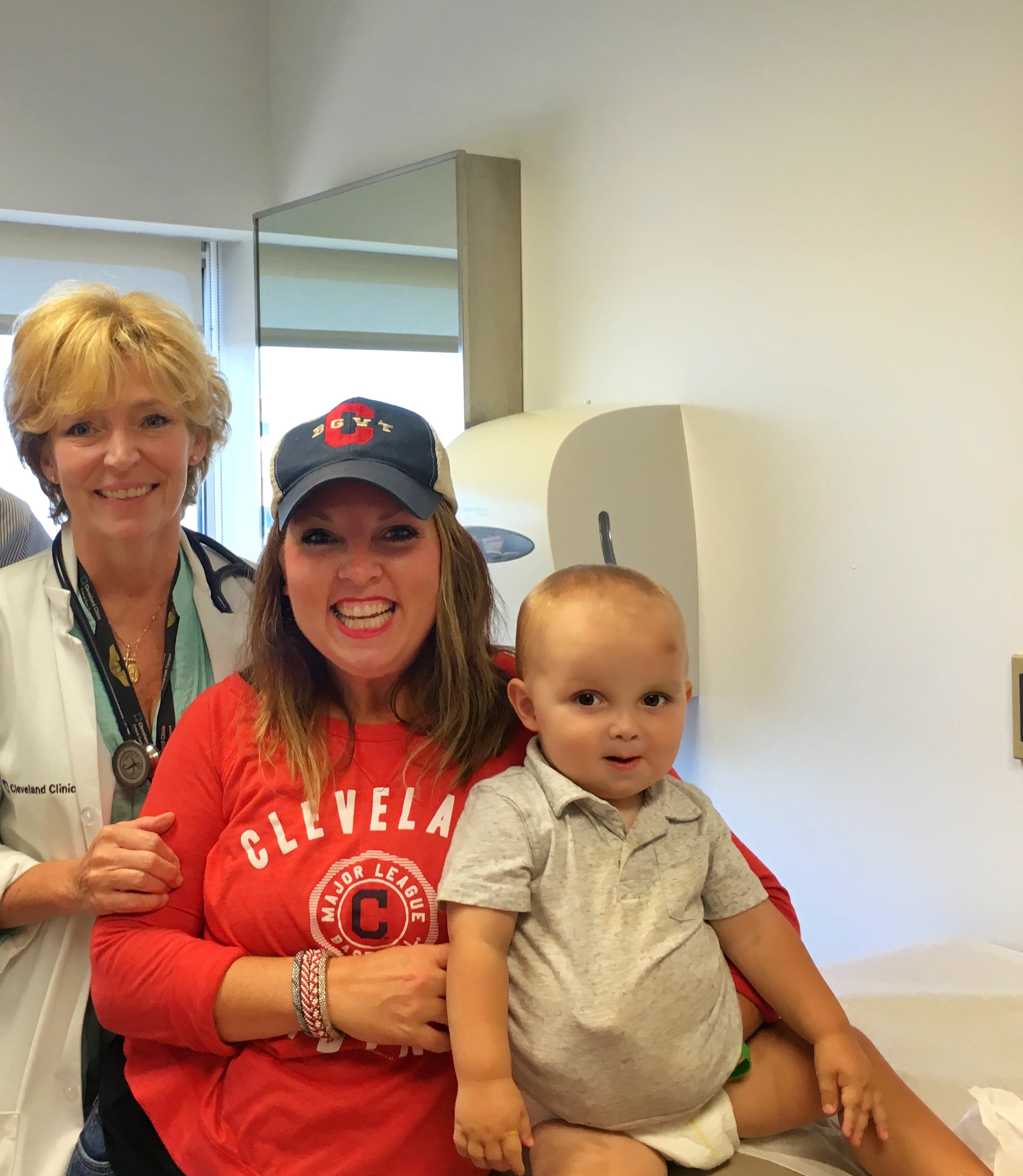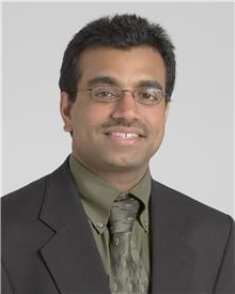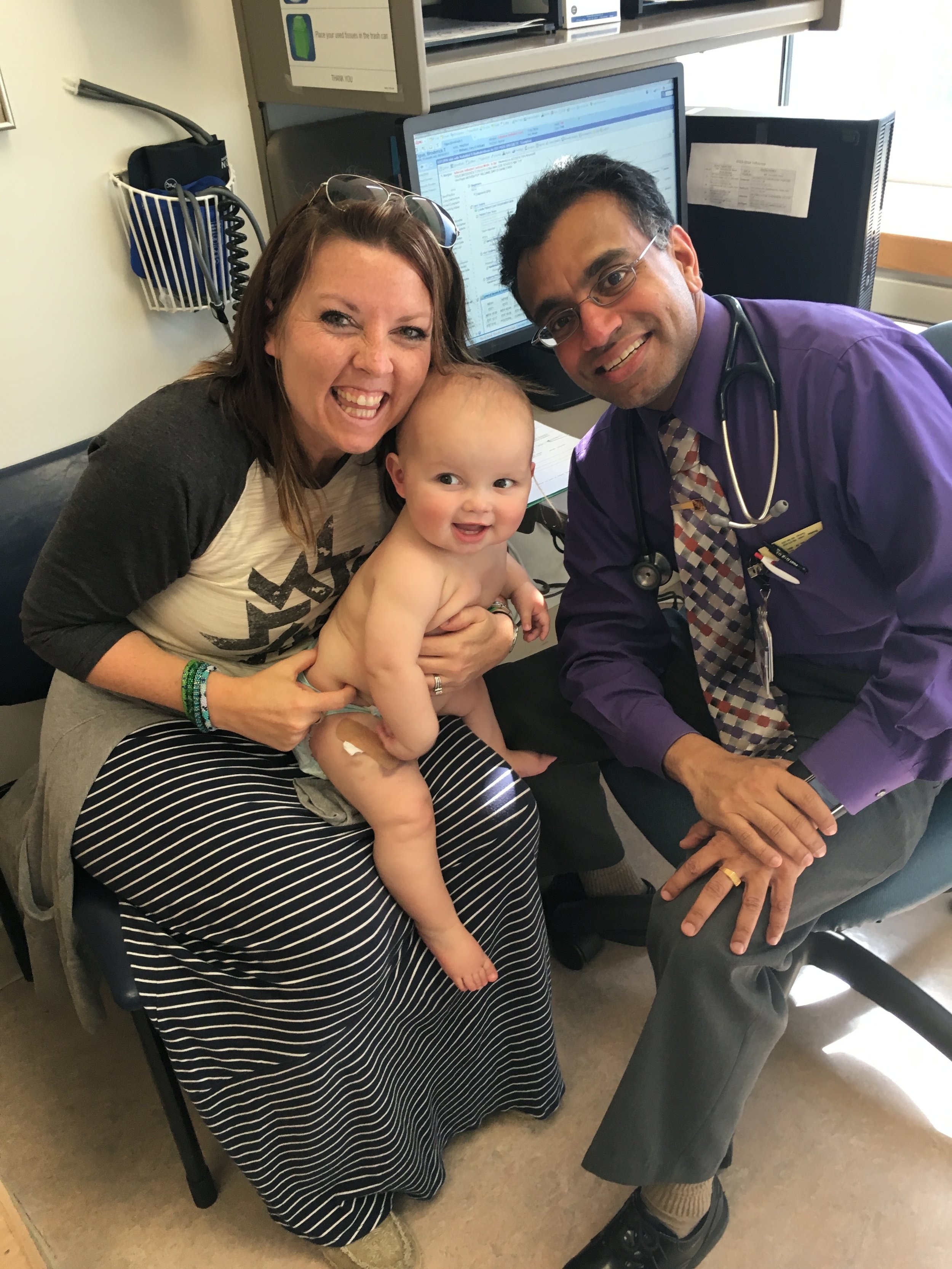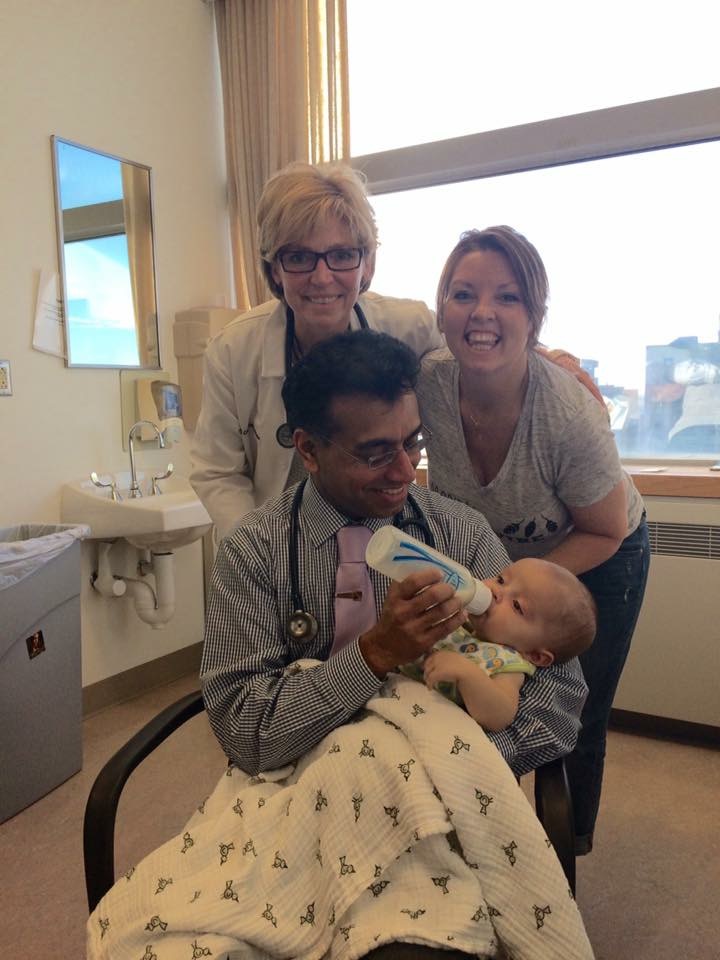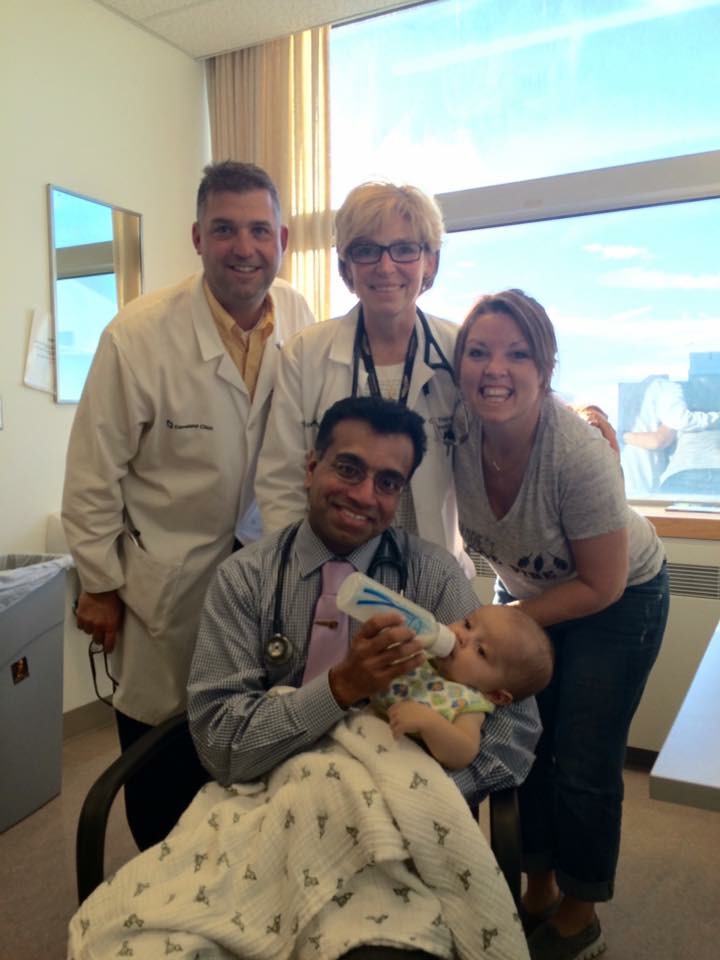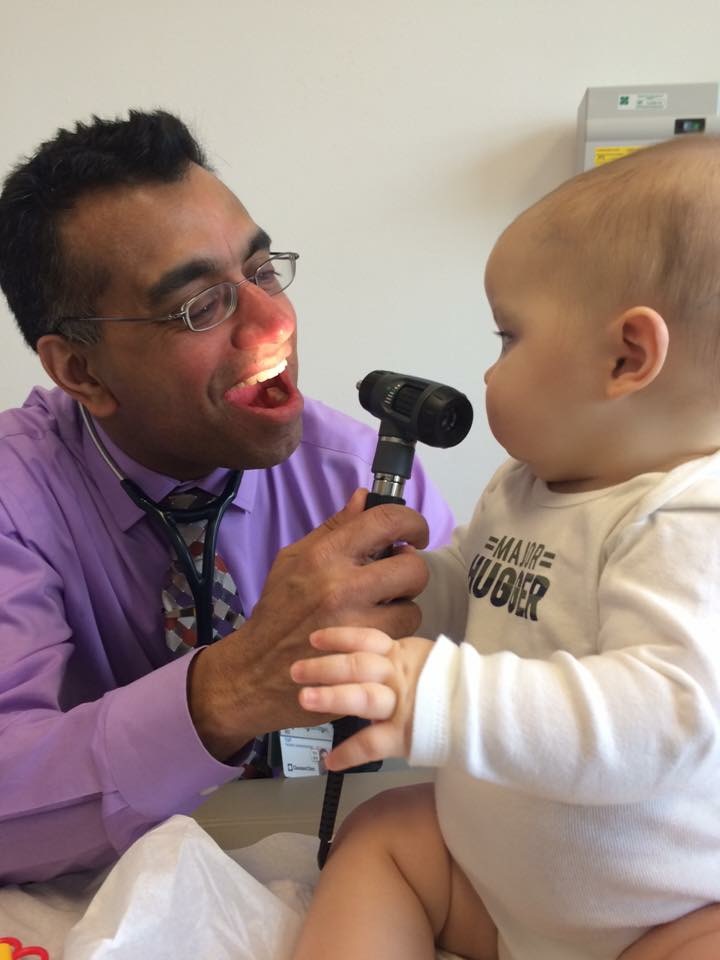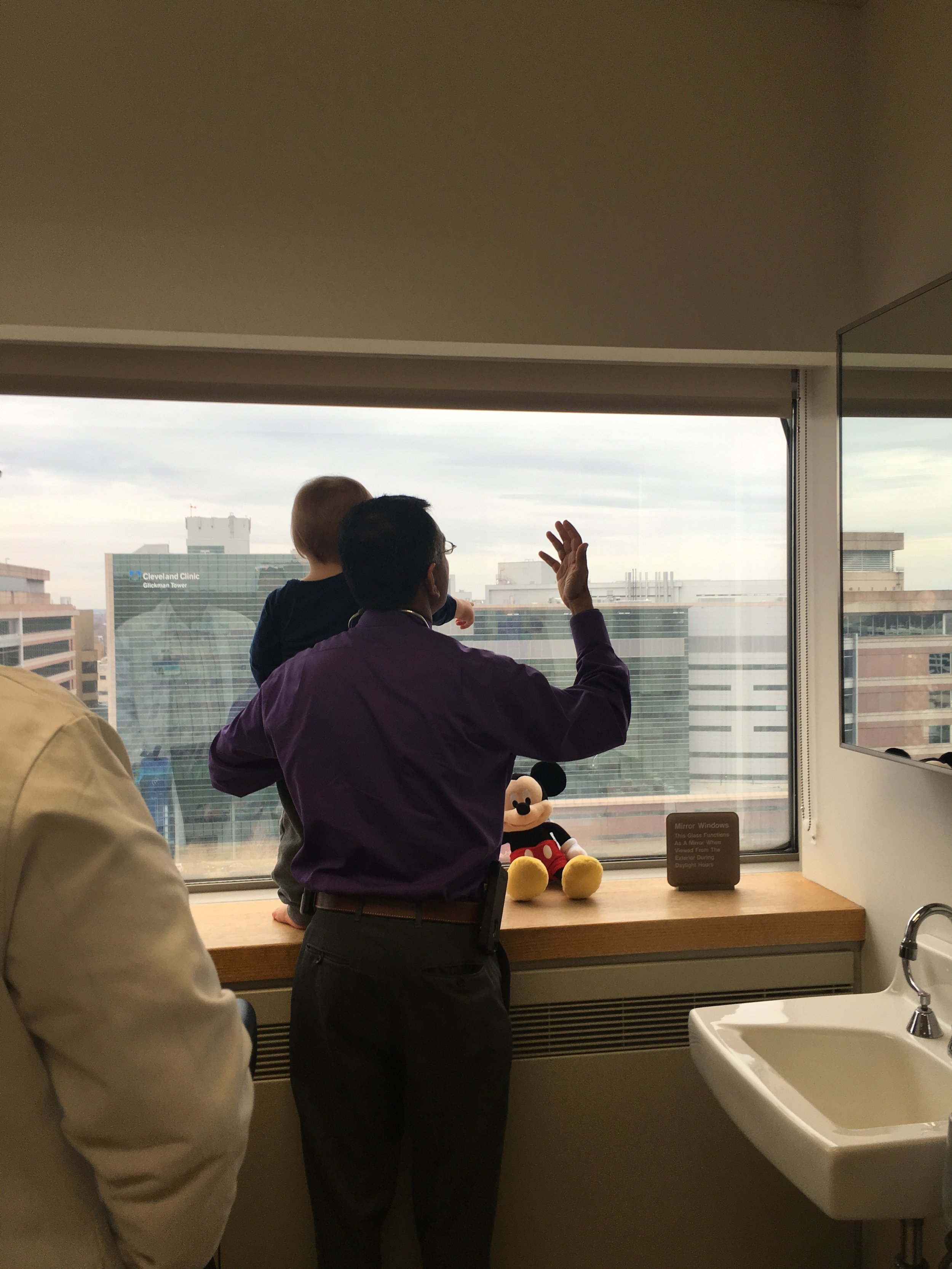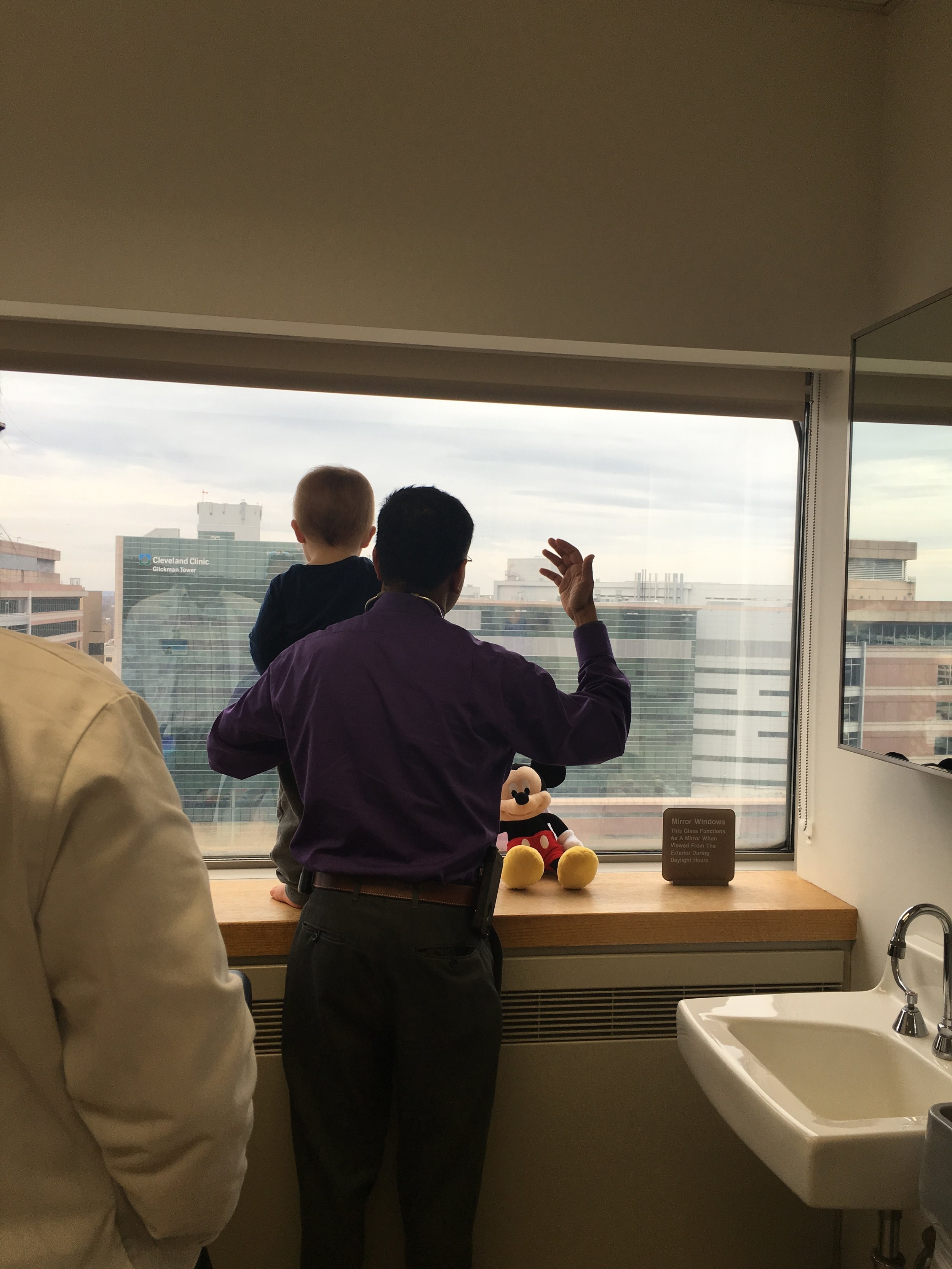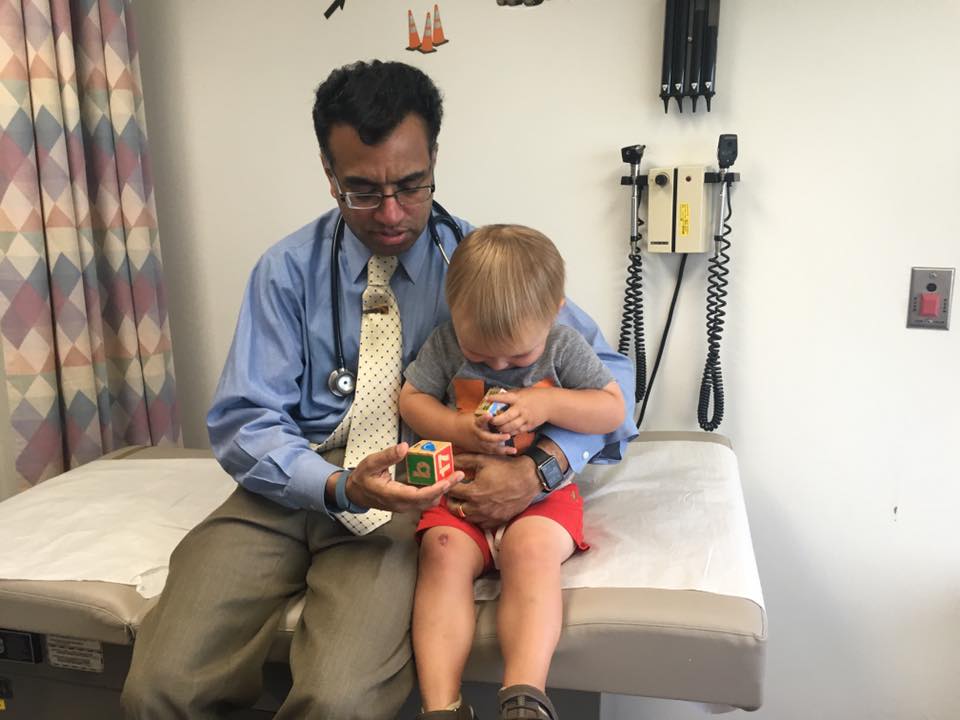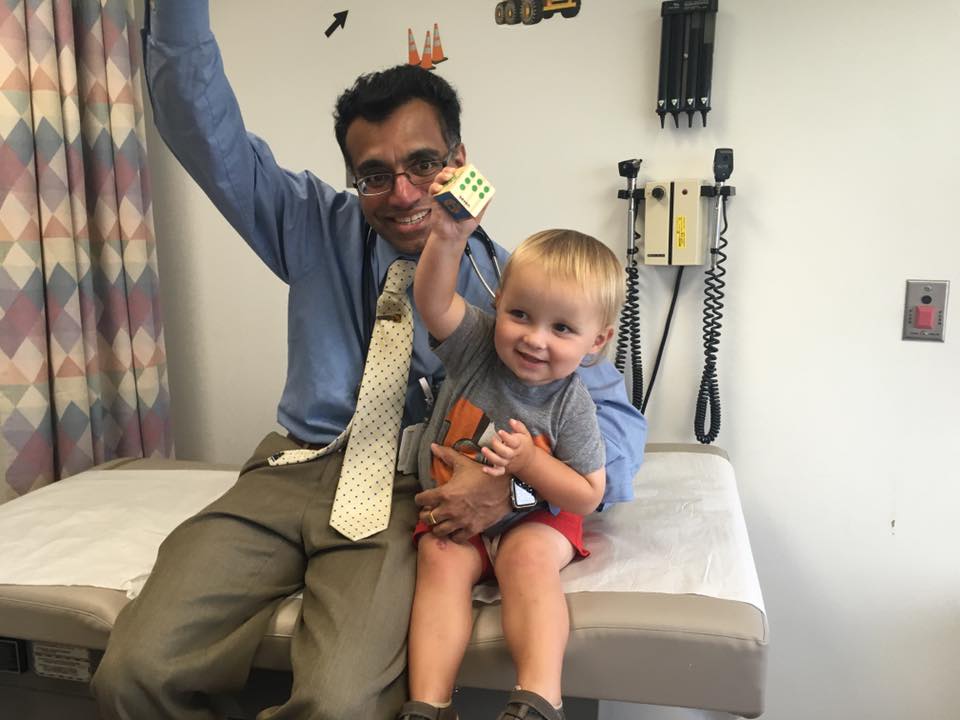Meet the Transplant Warriors
Every journey is epic, each one will move you.
Believe in new beginnings.
Understand the power of human kind.
BE THE GOOD.
DO LIFE.
Meet Rosie
Name: Rosie
Parents: Samantha and Patrick
Family Members: Brothers Sam and Leo
Age at transplant: 4 months
Age now: Almost 3 years
Reason for Transplant: Biliary Atresia
Organ Received: Liver (split)
Type of Organ Donation: Deceased Donor
Transplant Hospital: Children’s Hospital of Pittsburgh
Pre-Care Hospital: Akron Children’s Hospital
Organ Donation in three words: Miraculous, Heroic, and Life-saving
URL: http://pcmanningandfamily.blogspot.com/
Email: pcmanning@gmail.com
Rosie's Story
“Organ donation is a wonderful, beautiful thing,” says Samantha Manning. And she would know since it was someone’s selfless decision to be an organ donor that saved her four month-old daughter Rosie’s life.
Although organ donation itself is wonderful, the process leading up to organ donation and transplantation is not easy. Samantha and her husband, Patrick, were terrified.
“We knew next to nothing about pediatric transplant and outcomes, and were concerned that our daughter may not survive or ever live a normal life,” Samantha says.
At just two months old, baby Rosie was diagnosed with Biliary Atresia (BA).
“We first realized something was wrong around the time of Rosie's 2-month checkup with her pediatrician,” Samantha says. “Her belly was a little swollen and her arms and legs looked thinner than they should have been.”
Thankfully, Rosie’s pediatrician noticed too and sent her for lab work. The labs came back showing she had an elevated bilirubin level. She was sent to the ER and from there, admitted to the main campus of Akron Children's.
“They suspected Biliary Atresia in the ER, and that diagnosis was essentially confirmed over the next few days as they ran tests at the hospital.”
Rosie was about 10 weeks old when she was diagnosed. At 11 weeks, she had her Kasai Procedure, which is a way to surgically bypass bile ducts and prevent liver damage. It is often the preferred treatment for biliary atresia and often buys more time before transplant is necessary. Unfortunately, her Kasai procedure ultimately failed and she was in need of a liver transplant.
In order to get on the liver transplant list, Rosie needed to go through pre-testing to determine if she met the qualifications necessary to get put on the list.
“We were worried about whether our daughter would qualify, or if we could be living donors,” Samantha says. “She was very small and undernourished and we weren’t sure she would be healthy enough for transplant.”
Rosie did qualify and officially was put on the transplant list. Her parents had mixed emotions.
“We were simultaneously hopeful and worried,” Samantha says. “Our daughter’s numbers, relatively speaking, were not that bad, so she initially had a lower PELD score. At the same time, she was really unhealthy and we weren’t sure how long she could wait for her liver.”
While they waited, both of Rosie’s parents were tested to see if they were able to be her living donor.
“We never thought twice about it,” Samantha says.
Patrick did not qualify to be Rosie’s donor but Samantha did. They started making arrangements for Samantha to donate a portion of her liver her daughter when they received a call about a deceased child who was a match for Rosie.
“We were completely surprised and overwhelmed,” says Rosie’s dad, Patrick. “This was great and unexpected news but at the same time, we knew that there were parents out there that had just lost a child and must have been hurting so much. We were so grateful that they had made the decision to donate their child's organs at what must have been an extremely difficult moment.”
From there things moved very quickly and before they knew it, Rosie was being prepped for surgery.
“We had very little time to process everything. We hardly slept at all that night.”
As a result of someone’s selfless gift to donate their child’s organs, miraculous doctors, and modern medicine, all went well with Rosie’s surgery and today she is a happy, healthy almost three year-old with a happy, healthy liver. She will be entering preschool next year.
“Our daughter is in amazing shape right now, she loves being with her brothers and you can find her going toe to toe with them - never missing a beat. Unless of course, she is busy with her favorite characters from Shimmer and Shine - or Trolls!” Samantha says. “She is very strong-willed and we really believe her fierce personality contributed to her success.”
“Rosie is a fiery, energetic little girl, bursting with personality and confidence,” Patrick adds. “In her mind, there's nothing she can't do.”
Go Rosie Go!
Meet Luke
Name: Luke
Parents: Jason and Lauren
Age at transplant: 8 months
Age now: 19 months
Reason for Transplant: Biliary Atresia
Organ Received: Liver
Type of Organ Donation: Deceased Donor
Transplant Hospital: Cincinnati Children’s Hospital Medical Center (CCHMC)
Pre-Care Hospital: Children’s Nationwide in Columbus and Cincinnati Children’s
Post-care Hospital: Cincinnati Children’s Hospital
Organ Donation in three words: Selfless, Powerful, Hero
Facebook Page: Luke’s Legendary Liver League
Luke's Story
Terrified. Devastated. How is this happening to us?
Those were the first thoughts to go through Jason and Lauren Morris’ minds when they found out their baby boy Luke would need a liver transplant after being diagnosed with Biliary Atresia.
Lauren’s mommy instincts were telling her something wasn’t right with baby Luke. At his two-month check-up appointment, Lauren asked the doctor about his yellow coloring.
“The doctor told us that it was probably breast milk jaundice and it should resolve itself within the next few weeks,” Lauren says. “Two weeks later, it wasn't getting any better and I called for a blood test because I had a bad feeling.”
Unfortunately, her gut feeling was right. Baby Luke was very sick and at just 10 weeks old, needed a new liver.
“How is this happening to such a perfect little boy? My little boy?,” Lauren thought.
The first attempt to help Luke’s little liver was a procedure known as Kasai. He was just 10 weeks old.
The Kasai Procedure is often done on infants who are diagnosed in very early stages of Biliary Atresia. It is a way to surgically bypass the bile ducts that are blocked and prevent liver damage. Often it is a temporary solution to buy the child more time until transplant is required (in some cases it has lasted decades).
The next month they already knew the procedure had failed.
“His ascites was continuing to increase, he was still very yellow, wasn't gaining weight, throwing up his meds constantly, and his labs weren't heading in the direction we wanted,” Lauren says. “Liver numbers were still ugly.”
The next step was to get Luke on the transplant list. And when he finally was, his parents felt both a sense of relief and disbelief.
“We were relieved that he was finally on it because it meant we were getting closer to saving his life, but we never in a million years thought we would ever have a child on a transplant list,” Lauren, says.
Lauren was tested to see if she was a match to donate part of her liver to save her son’s life. She was. But shortly after finding out, the decision about whether or not she would be her son’s donor was taken out of her hands.
“We found out not too long after that Luke’s portal vein was clotted and at that point the hospital said a deceased donor liver would be the absolute best option for him.”
So they waited. They waited to get the call that a liver had become available and their son’s life would be saved. And for Lauren, who likes a plan and needs to know what comes next, this was extremely challenging.
“Living the ‘what if’ and riding the emotional roller coaster was very hard,” Lauren says. “Waiting for the call is absolutely exhausting and overwhelming.”
While they waited, Luke’s health continued to decline. Making it even harder was Lauren’s desire to “fix” or sick baby.
“Seeing Luke get sicker and sicker and not being able to do anything about it was challenging,” Lauren says. “As the mom, it is your job to fix everything and I couldn’t.”
Luke got so sick that he was hospitalized, which is where his parents were when they got the call that a liver had become available. A successful liver transplant occurred and the focus was quickly on recovery.
Lauren expected that after Luke’s transplant surgery, the worst was over. But unfortunately for them, this was not the case.
Luke spent the following two months post-transplant in the hospital and his parents were once again reminded of the many setbacks and hardships that come with the organ donation process.
“Luke had major complications after original surgery and ended up going back in for 2 more surgeries within a few weeks of the original transplant surgery.”
Finally after those exhausting and grueling weeks, they have learned there is a light at the end of the tunnel. And that light, is their thriving, full of energy 19 month-old little boy.
“Seeing the selfless gift another family gave us and watching my son get to live his happy, healthy life,” says Lauren. “Watching him become his own little person is absolutely the best!”
Luke loves to play outside and if you see him being brought in, chances are you will see him having a meltdown. Don’t worry, this can quickly be solved with any sort of potato treat or some Paw Patrol action. If you catch him on a down day you can probably find him snuggling with one of his parents (who are both teachers) reading some of his favorite books.
Luke and his family got their happy ending because of a noble gift another family gave their son.
“A ‘thank you’ will never be enough,” Lauren says. “There just aren’t words. The terrifying fear of losing your child is something they actually had to endure, not just come close to. And in their moment of loss, they decided to give another life a second chance. How amazing is that? They are and will forever be our hero.”
Meet Blake
Name: Blake
Parents: Nick & Heather
Age at transplant: 14 Months
Age now: 2 years
Reason for Transplant: End Stage Renal Disease caused by being born with one kidney that was damaged with severe Hydronephrosis
Organ Received: Kidney
Type of Organ Donation: Living Donor
Transplant Hospital: BSSM Health Cardinal Glennon Childrens Hospital & SSM Saint Louis University Hospital
Organ Donation in Three Words: Beautiful, Rebirth, Selfless
Facebook: Brave Blake’s Battle
Twitter: @braveblake
Blake's Story
Heather and Nick were excited parents-to-be who couldn’t wait to find out if their first child was a girl or a boy. They opted to have some early testing done to find out the baby’s gender.
The testing determined that they were having a baby boy but also revealed that their baby boy only had one kidney and the kidney was in bad shape due to severe hydronephrosis.
“We really didn't know the severity of everything at that point,” Heather says. “We were referred to other specialists for more advanced ultrasounds and testing.”
There was only so much information they could gather and Heather and Nick were told they would need to wait until their baby boy was born to know more.
Heather was monitored closely for the remainder of her pregnancy and eventually put on in-hospital bed rest for 15 days leading up to her baby boy’s birth.
Heather and Nick welcomed their baby boy Blake into the world on November 11, 2014.
Blake’s health started to deteriorate quickly after he was born. On his second day of life, he went into kidney failure and was taken by ambulance to Cardinal Glennon Children’s Hospital in St. Louis. Unfortunately, Heather needed to remain in the hospital and was not able to go with Blake.
“It was kind of an out-of-body experience,” Heather says. “It was very hard to be split up from my baby.”
It was determined that the one kidney Blake was born with was only functioning at 7-10% and he needed kidney dialysis and eventually, a transplant when he was big enough, to survive.
This meant Blake needed to have surgery immediately to place a peritoneal dialysis catheter. Luckily, Heather got an early release from the hospital and was able to get there to see Blake before he was taken back for his first surgery at just three-days-old.
“During his first year of life, Blake spent 135 days in the hospital, faced five surgeries and spent over a year on peritoneal dialysis anywhere from 13 to 24 hours every day,” Heather says.
In order to get added to the transplant list, Blake needed to be 24 pounds. For kids with kidney problems, this is typically when they are close to two years-old. But Blake isn’t a “typical” kid. He hit that weight at just seven months but his doctors wanted to wait until he was one year old so he could get his live vaccines, something children aren’t able to do after they’ve had a transplant.
Throughout Blake’s journey, Heather used a Facebook page she had created called “Brave Blake’s Battle” to keep family and friends informed. She wrote updates and shared pictures and videos showcasing the family’s daily struggles as they waited for Blake’s kidney to be found.
“I started the page after being in the hospital for many months on dialysis and I felt like I was repeating myself all of the time to family and friends,” Heather says.
Never did she imagine that the Facebook page she created would save her son’s life.
She posted a picture of Blake the day he had officially been added to the transplant list to keep family and friends informed. The picture was seen by many more people than family and friends. It was shared over 1,000 times and people from all over the world saw it.
It was through the power of social media that a complete stranger, Laurie from Missouri, saw the picture and messaged Heather.
“Laurie reached out to me the day after Blake went on the national donor registry,” Heather says. “She was so candid about her mom being a transplant recipient and her wanting to be tested and told me she was not a ‘crazy lady.’”
Laurie had prepared herself to donate her kidney to save her mom’s life but never got the chance when her mom died unexpectedly due to complications from End Stage Renal Disease, the same disease Blake had.
Laurie didn’t get a chance to save her mother. But she had a chance to save Blake and she was eager to do it.
After they talked a bit more, Heather realized Laurie was living in the same small town she grew up in and that they even had mutual friends.
“It just seemed like God connected our paths for a reason,” Heather says.
After months of testing, Laurie turned out to be a perfect match for Blake and the kidney transplant occurred on January 18, 2016. Laurie's surgery was three hours and Blakes was eight, removing his kidney first followed by the transplant.
Everything went perfectly and almost 15 months later, Blake is a happy, healthy two year-old who has not needed to go back to the hospital (except for tests and follow up appointments) since his transplant.
“Prior to transplant he was tube fed and immobile and now he is a walking, talking, eating, tube-free miracle,” Heather says.
Blake is full of life and loves people. His laughter is contagious. He has thousands of Facebook followers who continue to cheer him on and provide Heather and Nick with tremendous support and love.
But the most unexpected act of love in Blake’s journey was the gift of love from a total stranger in Missouri.
“Blake’s life forever changed when an incredible woman came into our life offering to give him a second chance at life,” Heather says. “There will never be enough ways to thank her for saving Blake.”
Meet Sean
Name: Sean
Parents: Courtney & Steve
Siblings: Brother Ryan
Age at transplant: 20 Months
Age now: 7 years
Reason for Transplant: Citrullinemia
Organ Received: Liver
Type of Organ Donation: Deceased Donor
Transplant Hospital: Cincinnati Children's Hospital
Organ Donation in Three Words: Incredible, Blessing, Gift
Facebook: facebook.com/CourtneyDolinar
Twitter/Instagram: @CourtneyDolinar
Courtney and Steve were still enjoying their new baby boy, Sean, when they received a phone call that one of his newborn screening tests came back irregular. He was just five days old.
“We didn’t notice anything out of the ordinary, Courtney says. “Except that he did sleep a lot.”
They immediately went into the Cleveland Clinic to meet with a doctor and get run additional tests.
“As soon as we did the blood work, they immediately admitted Sean to the NICU at the Cleveland Clinic,” Courtney says. “They eventually diagnosed him.”
Sean had Citrullinemia, a disorder that causes ammonia and other toxic substances to accumulate in the blood.
Courtney and Steve needed to decide how to treat Sean’s diagnosis. They were given two options: follow a rigorous (and lifelong) diet and medicine schedule, or undergo a liver transplant.
Even with the strict, low-protein diet and medicine every three hours of his life, there would always be a risk of something going wrong and causing permanent brain damage.
Receiving a liver transplant was Sean’s only chance to be cured of this disorder, but Courtney knew that it would come with its own set of struggles and worries. She was most scared of complications and that Sean’s body would reject his new liver.
She did a lot of research.
“I read every medical study, journal, visited every message board, visited three transplant centers in the area,” Courtney says. “I talked to numerous geneticists, transplant doctors, liver doctors, transplant coordinators.”
They decided to go the transplant route, as they felt it would offer Sean the best quality of life. Unfortunately, Courtney and Steve were advised against being living donors for their son.
“In our case, this is genetic, meaning my husband and I carry a recessive gene that cause the Citrullinemia,” Courtney says. “Because we have this gene, they advised against us being donors.”
Life leading up to the transplant was uneasy. They waited 7 months for the call that there was a match for their son’s liver.
Finally, it came.
“We got a call at 3 a.m. on May 27, 2011,” Courtney says. “It was a perfect match.”
Sean received his new liver and everything went well. He spent two weeks in the hospital and about a month in a nearby hotel.
“It’s been great,” Courtney says. “In our case, everything has been textbook. Life after transplant is much better than our life before transplant.”
She attributes it to their great medical team.
“Our liver doctor, who has been with us every step of the way, Dr. Alexander Miethke, and MaryKay Duncan, our transplant coordinator, were always open and honest with us,” Courtney says. “They made a very difficult experience seem less difficult. Both are wonderful people. Sean is lucky to have them.”
Sean is now seven years-old with a great quality of life and not a day goes by that Courtney doesn’t think about the family who made it possible.
“While we are grateful for Sean’s outcome, the donor family has had a great loss,” Courtney says. “Sean’s new liver was a perfect match, meaning it came from a child the same age as him.”
The donor family’s difficult decision is not something Courtney has taken lightly.
“We are blessed that in a family’s tragedy, they did something as kind as organ donation. I thank God for this family and their decision every day.”
Meet Brodie
Name: Brodie
Parents: Russ and Traci
Family Members: Sister - Harper
Age at transplant: 5 Months and 5 Days
Age now: Almost 2 years
Reason for Transplant: Biliary Atresia
Organ Received: Liver
Type of Organ Donation: Living Organ Donation
Transplant Hospital: Cleveland Clinic Children's
Pre-Care Hospital: Cleveland Clinic Children's
Organ Donation in three words: Amazing, Beautiful, Love
Facebook Page: www.facebook.com/brodiesgoodvibetribe
Instagram: brodiesgoodvibetribe
Email: tracitigue@bgvt.org
Reflection: Because of living organ donation we were able to get in front of any other complications - we forged ahead 4 weeks after diagnosis we did transplant. Because of this assertive treatment we are positive that is why Brodie is doing brilliant. After a brief 11 day stay he was sent home for recovery and has been nothing but a shining star. Brodie LOVES his new liver.
